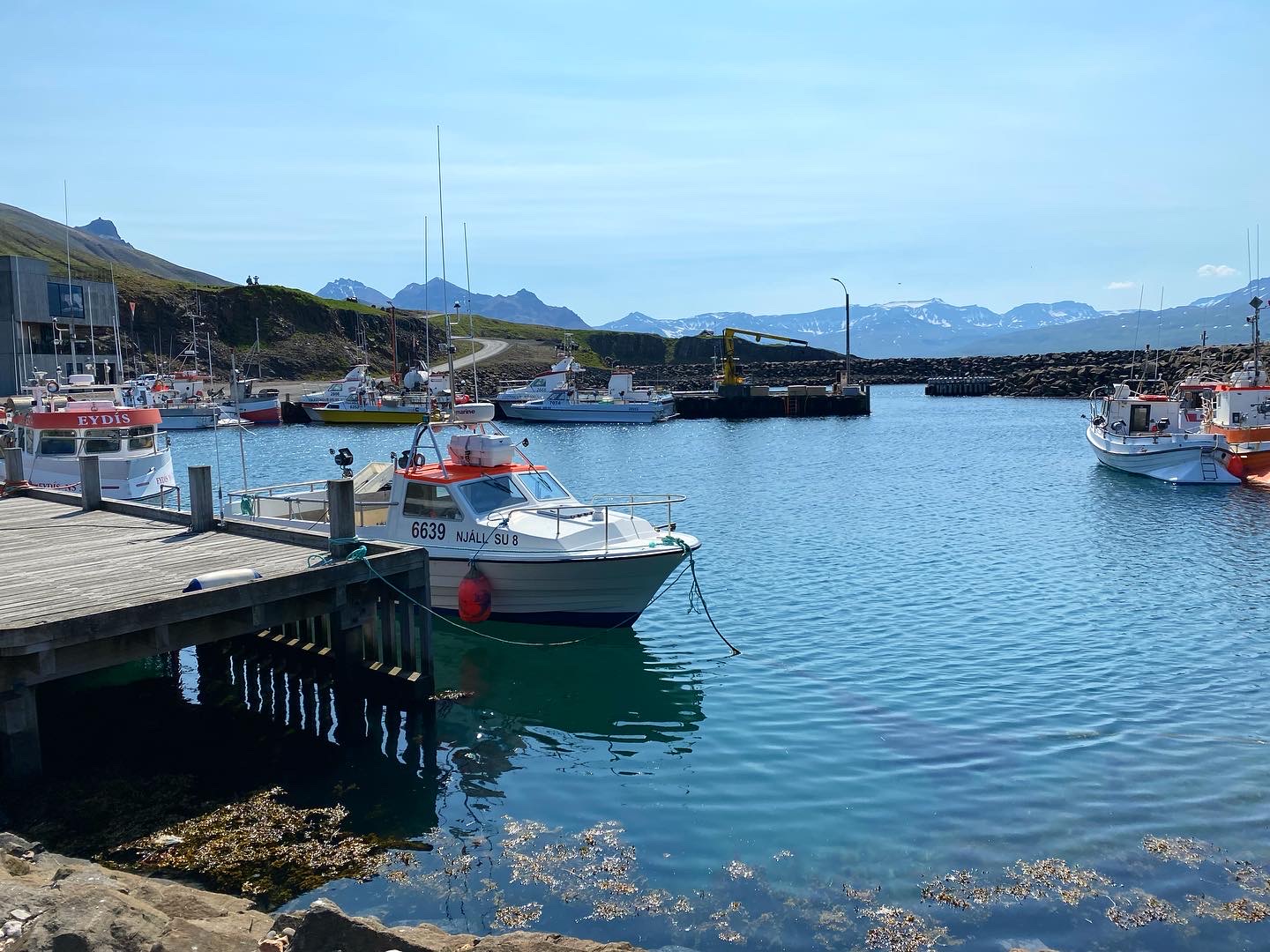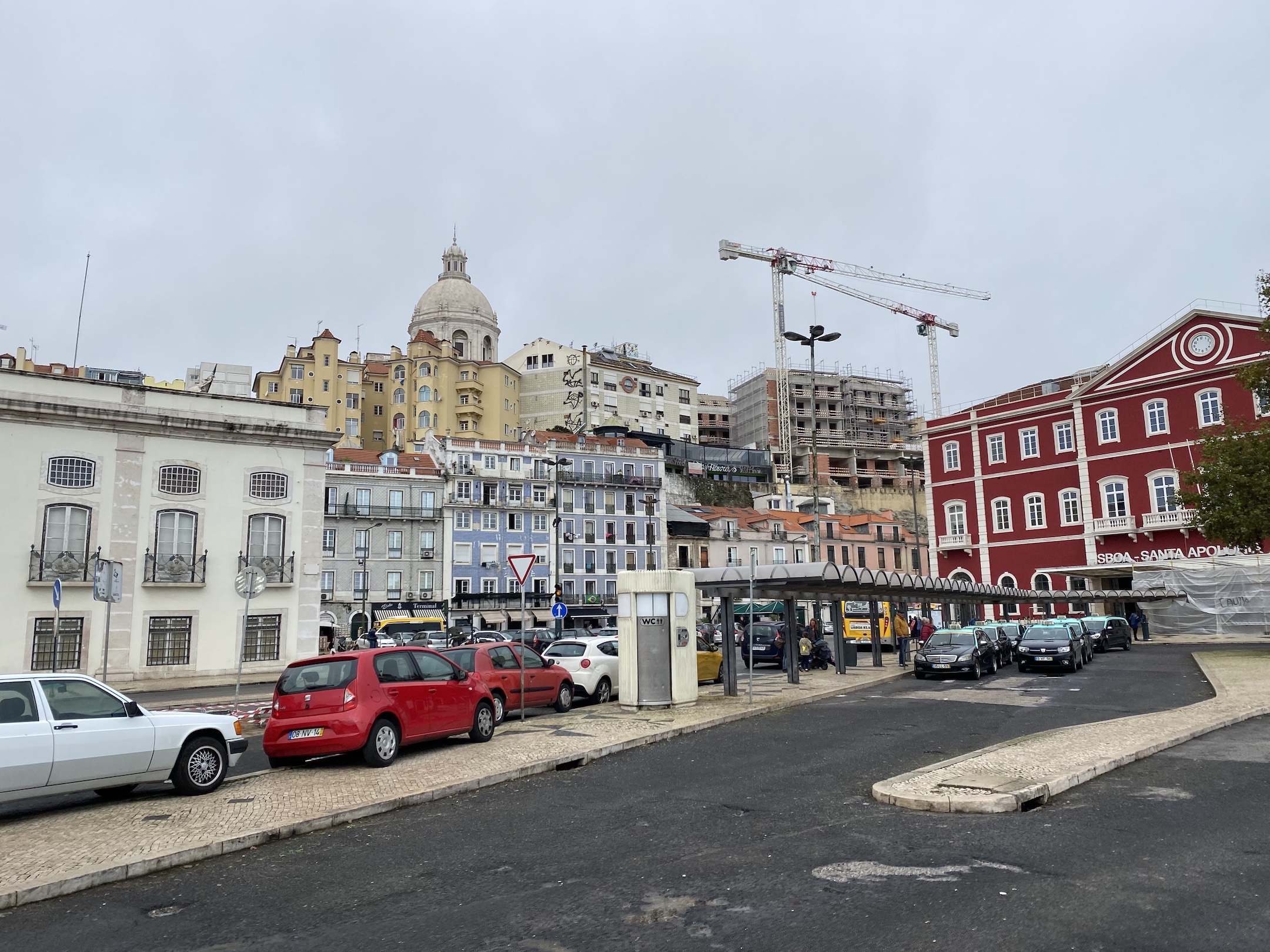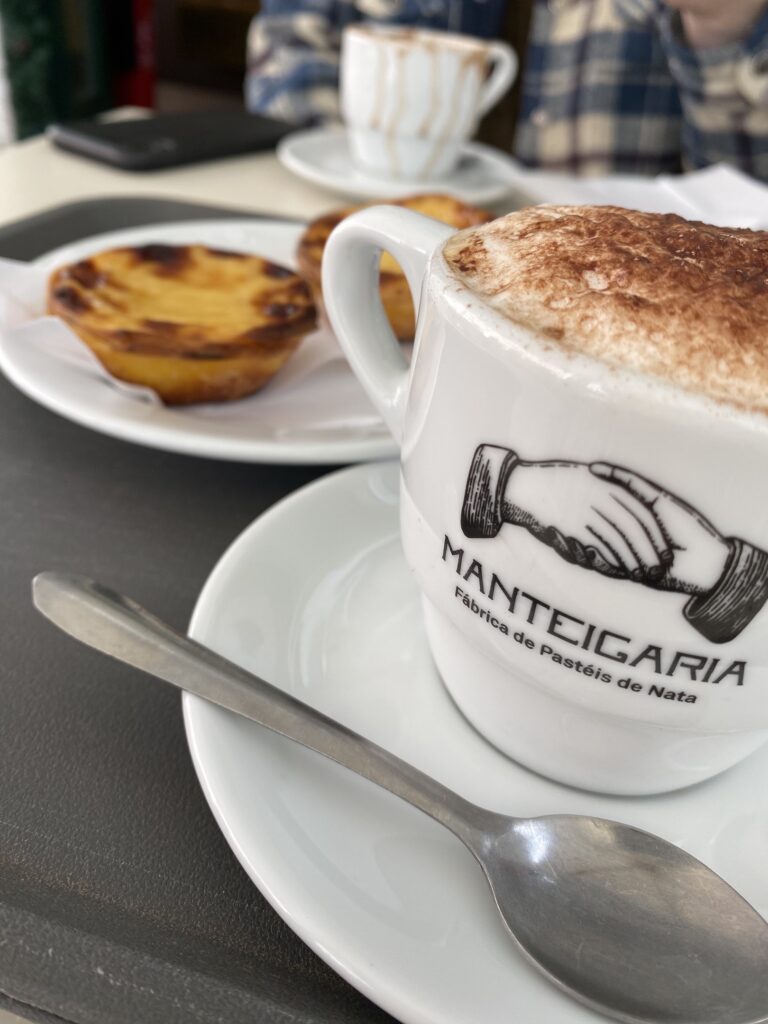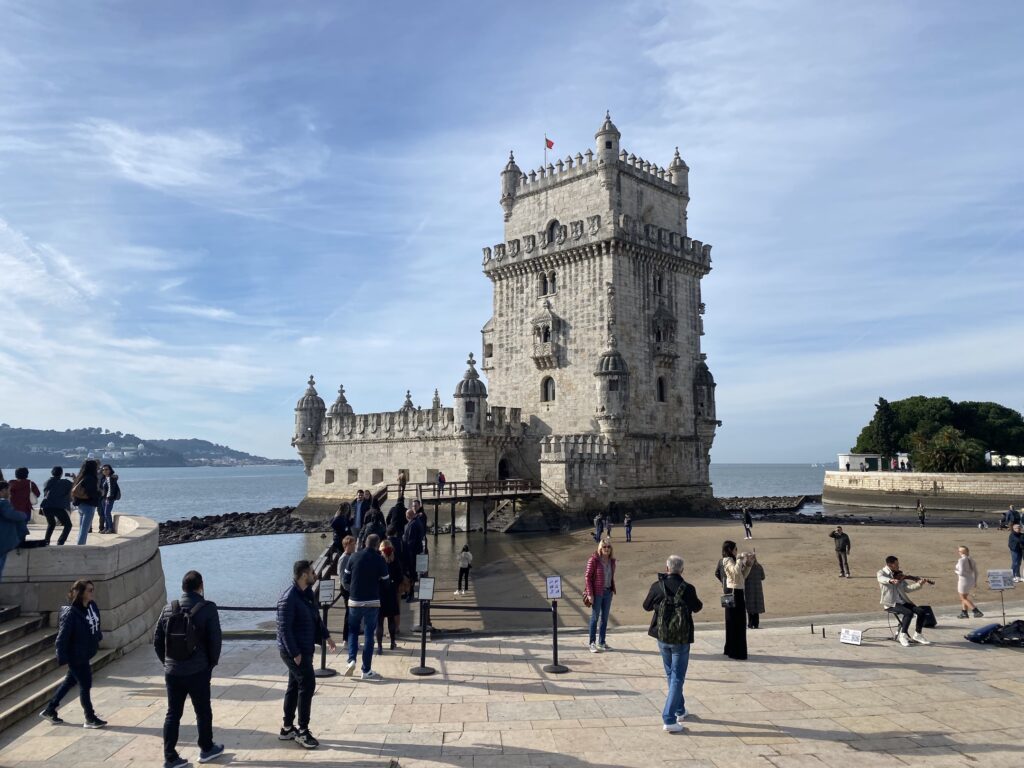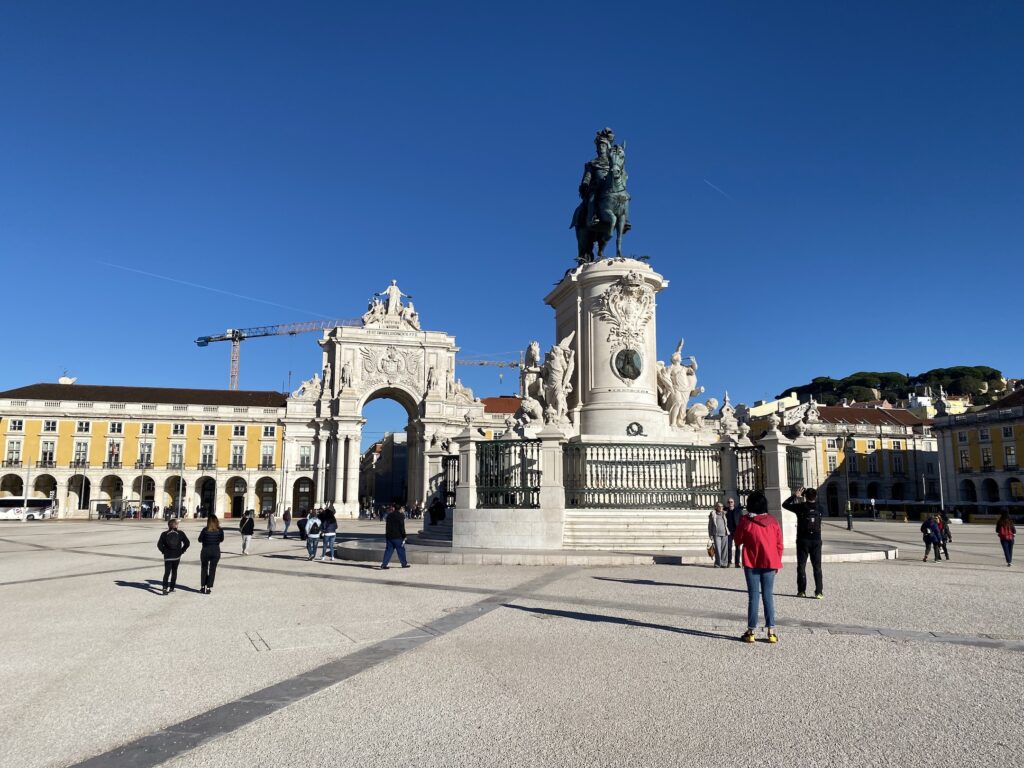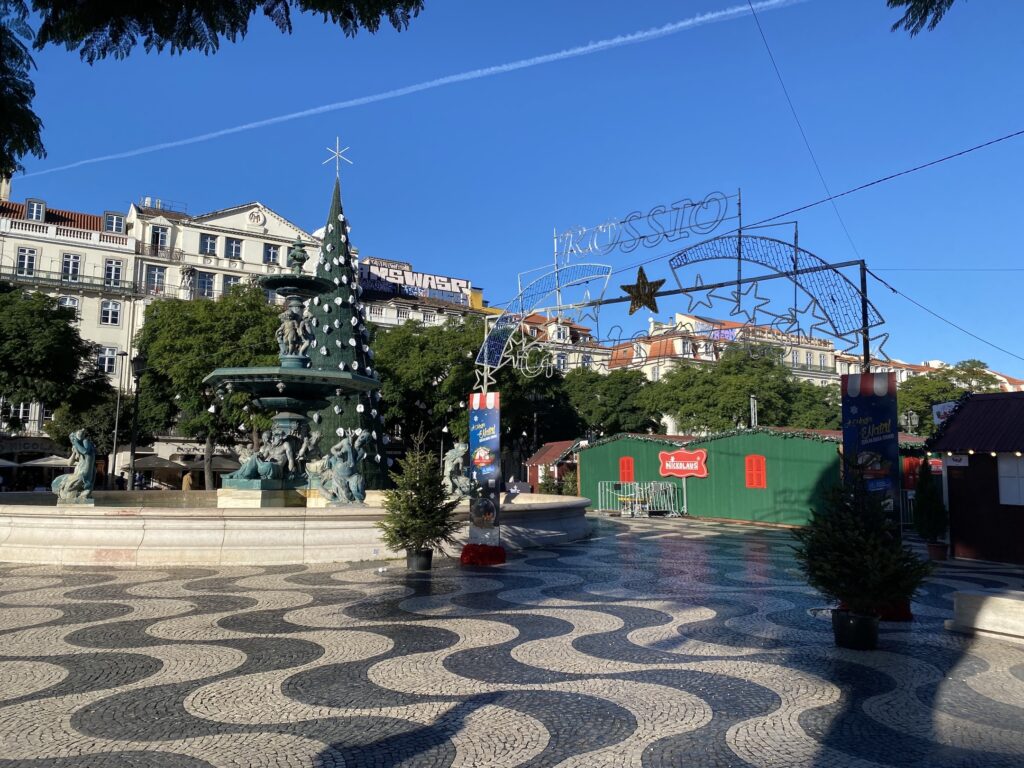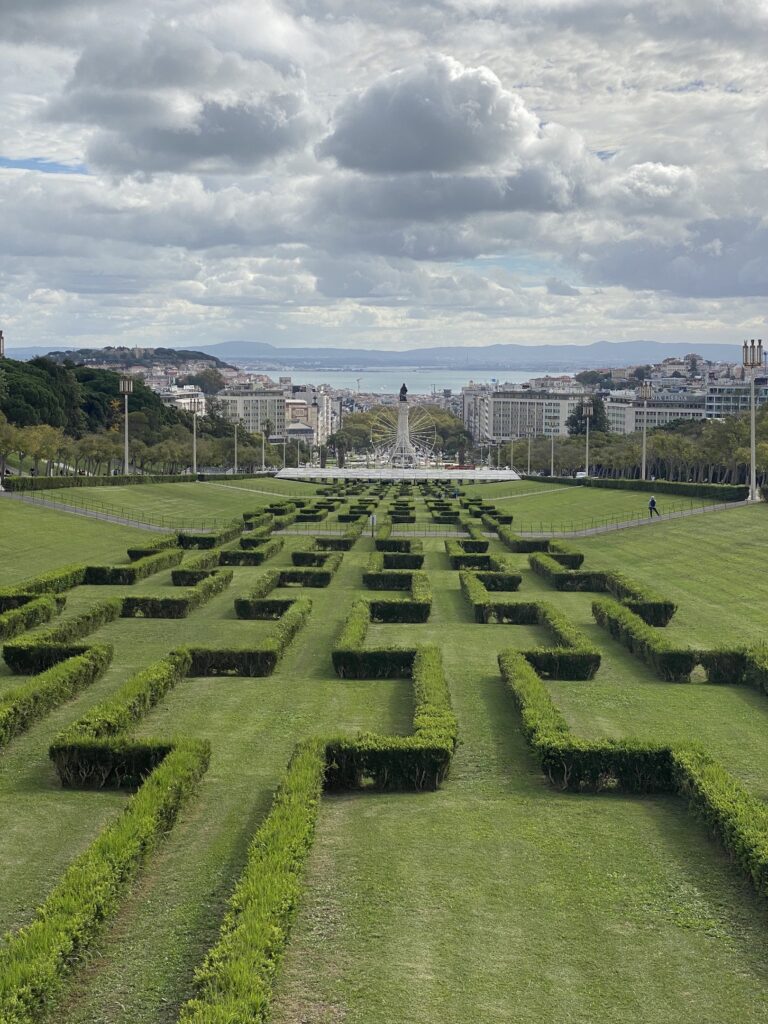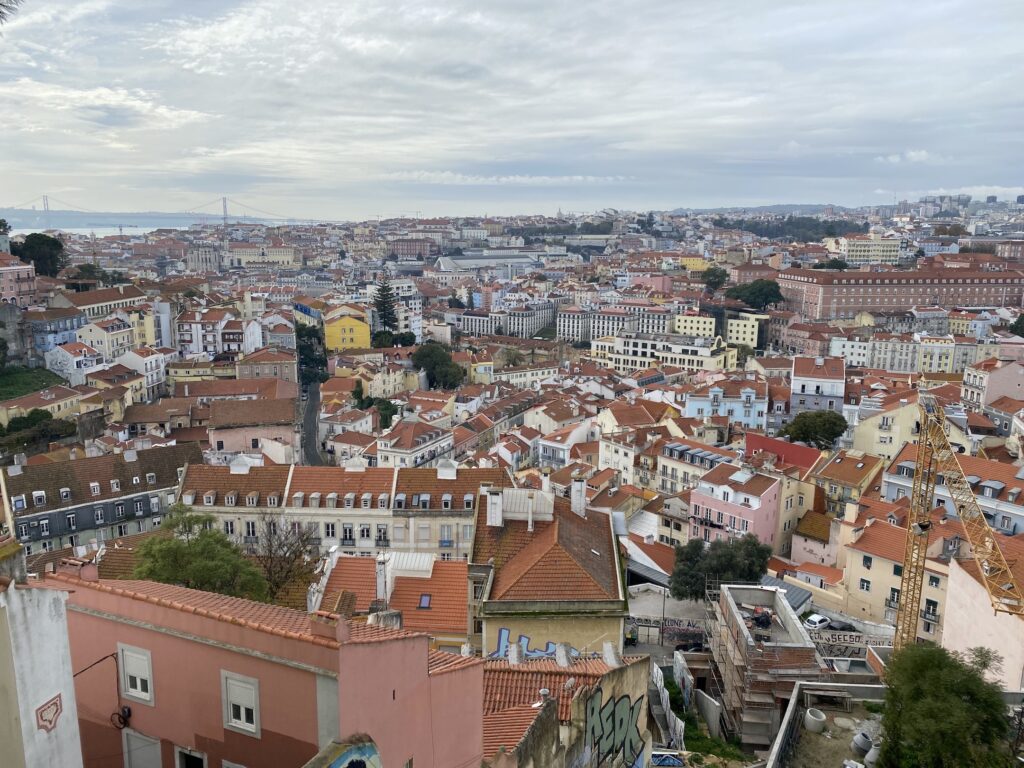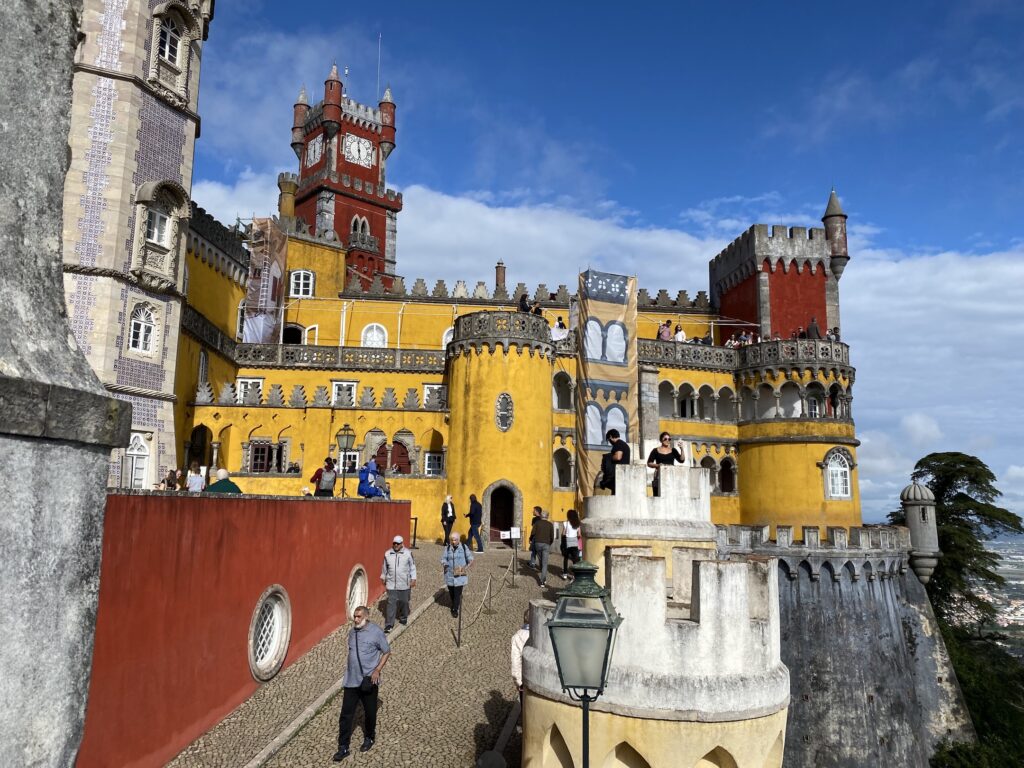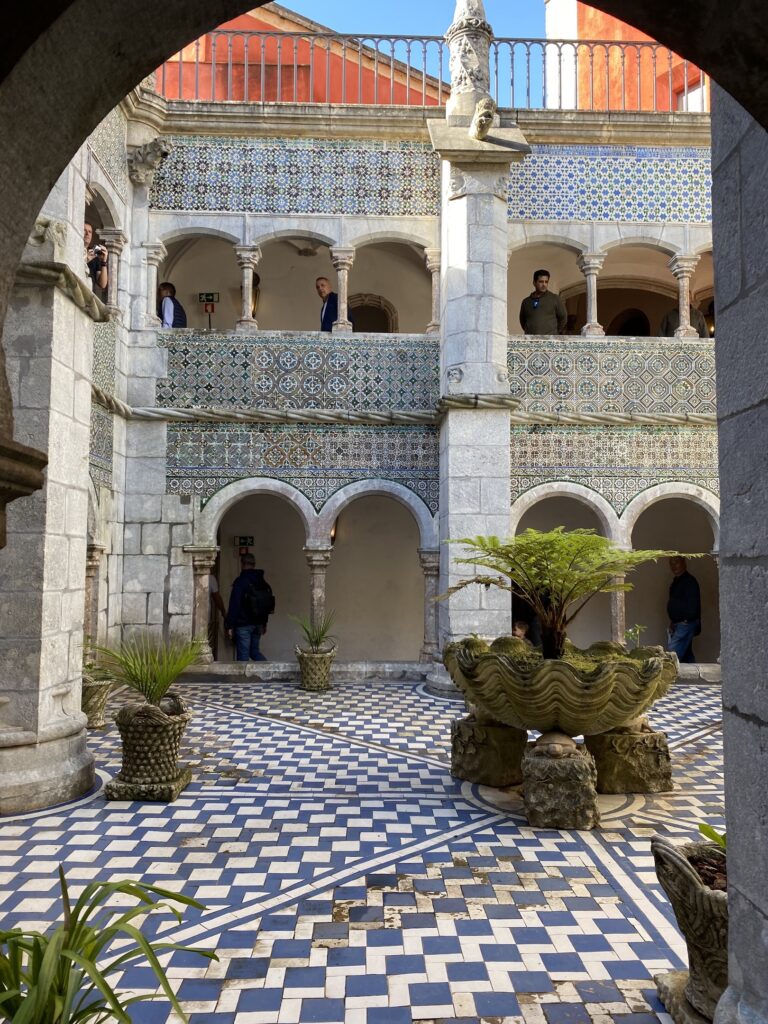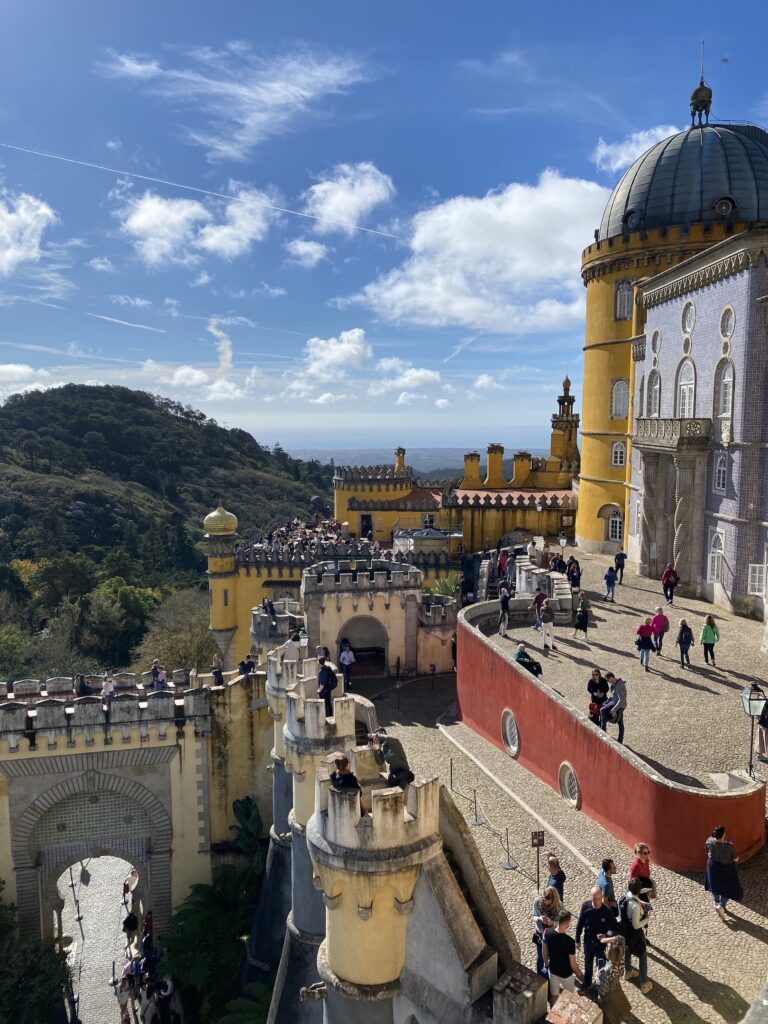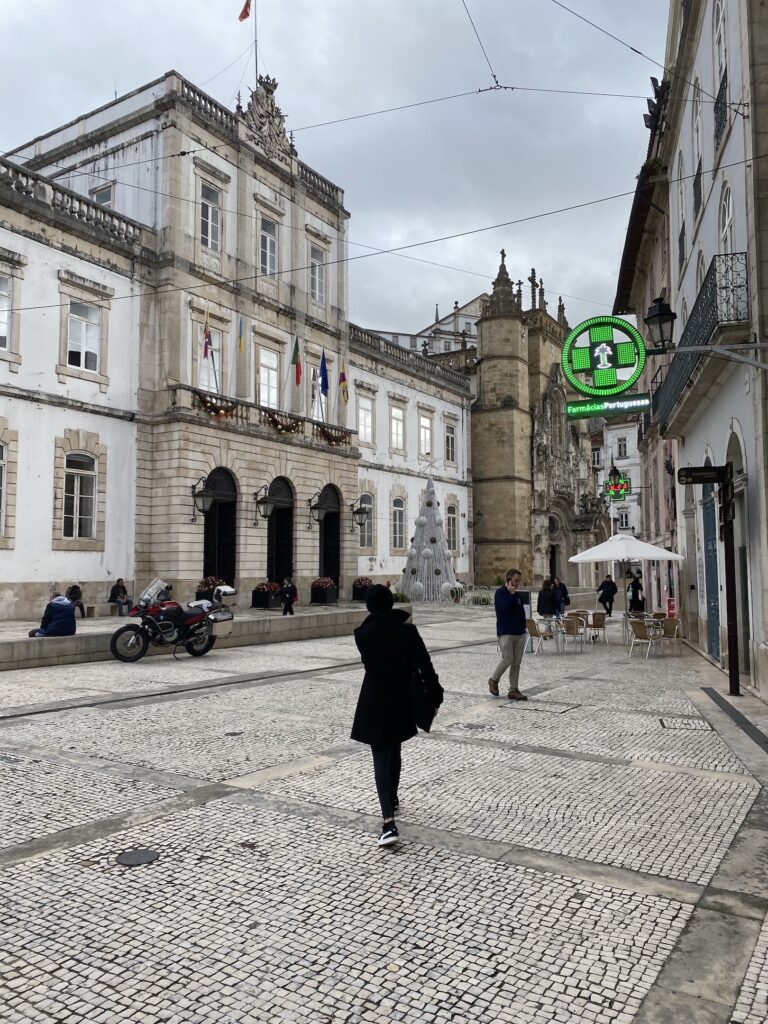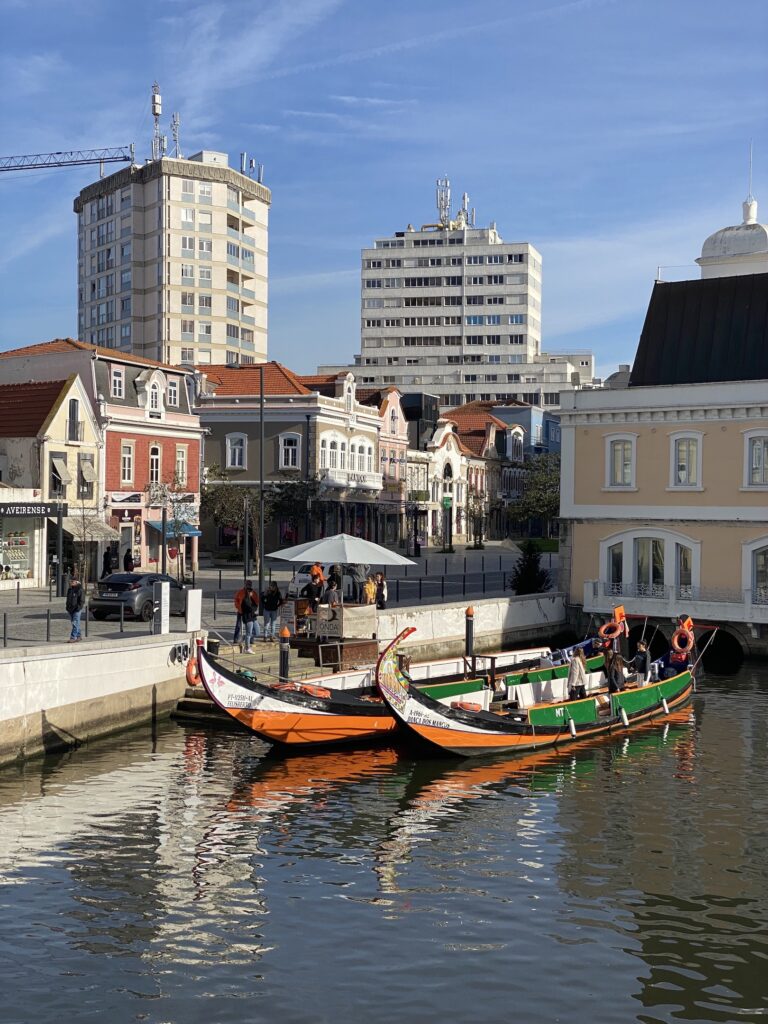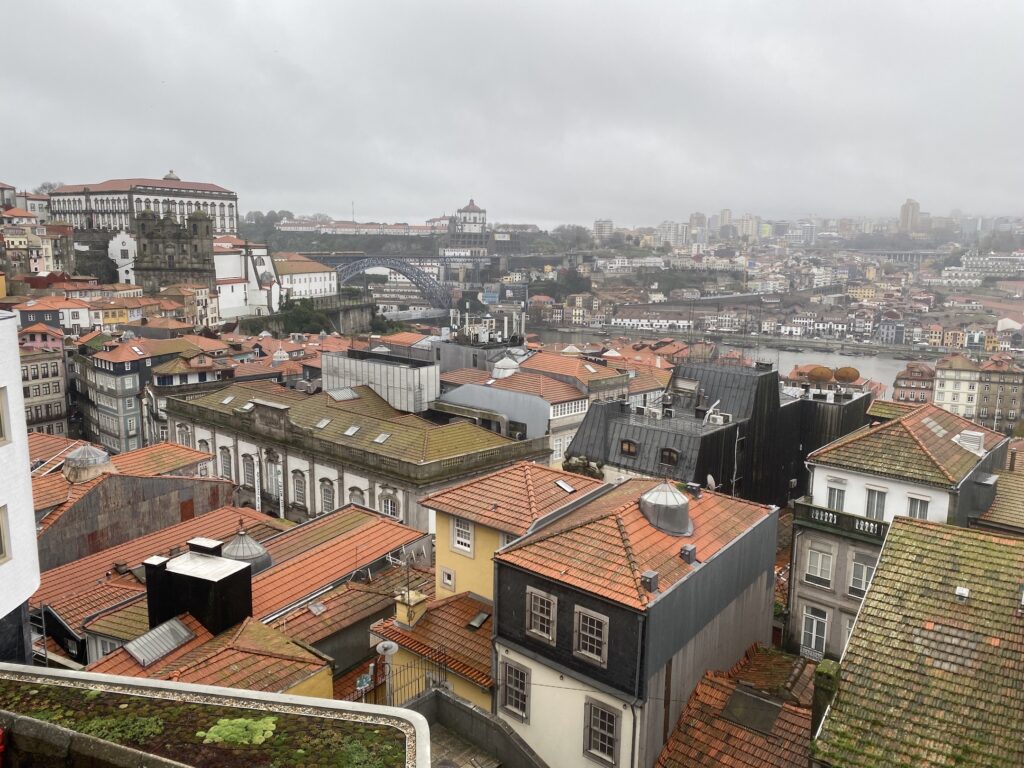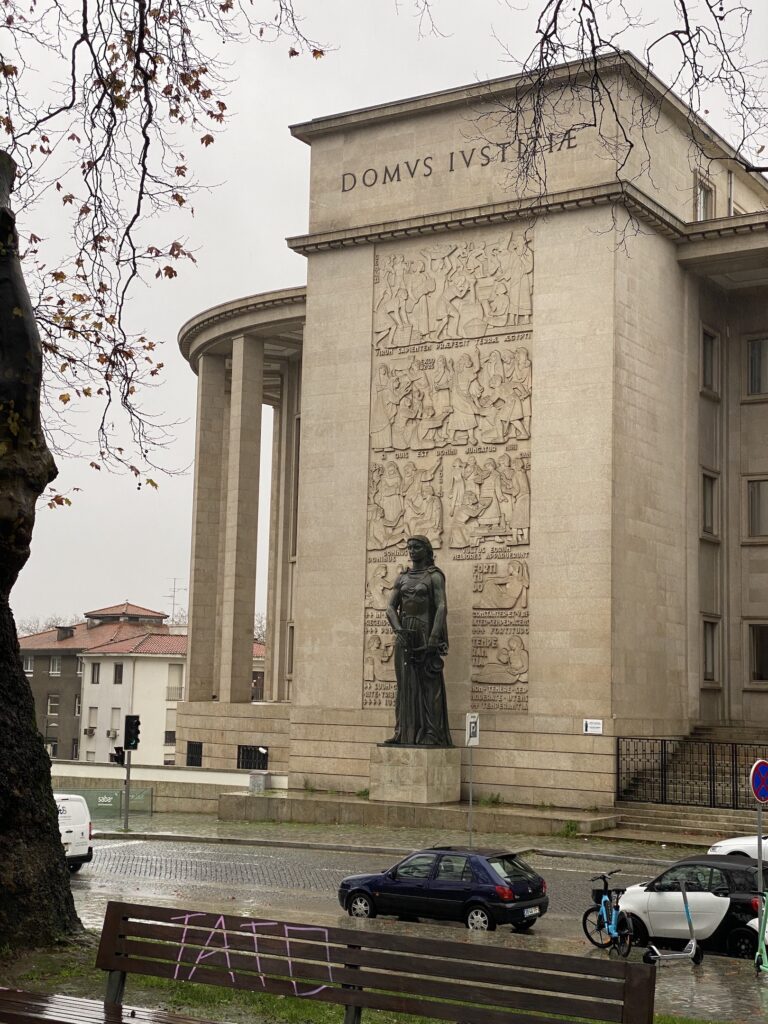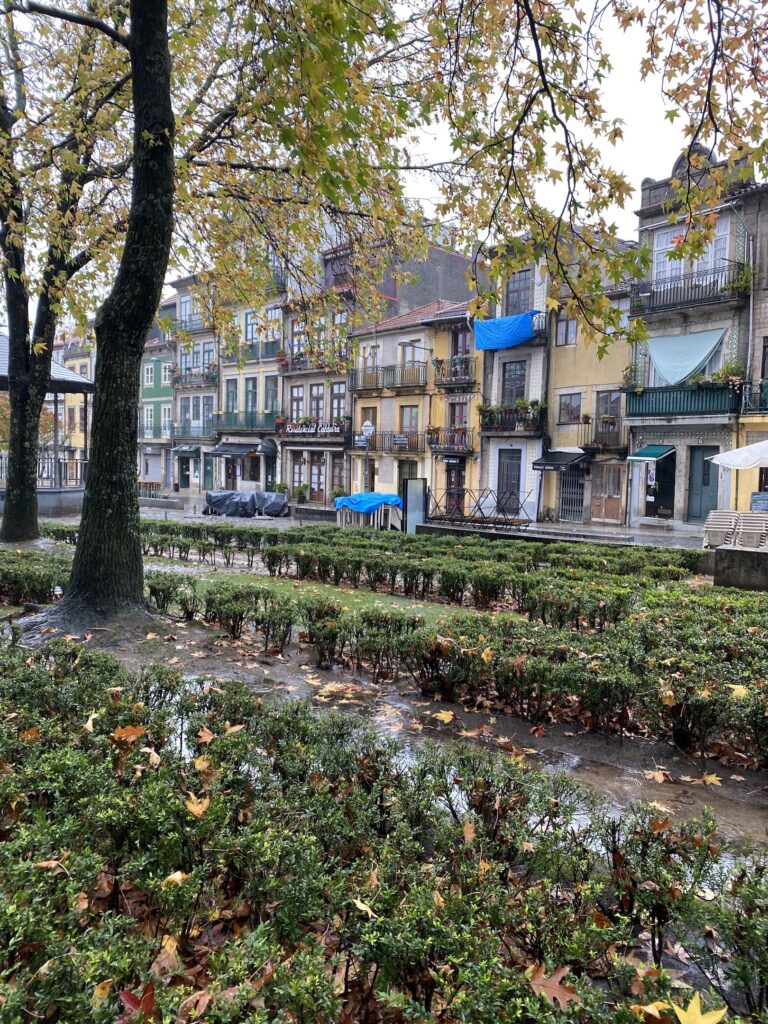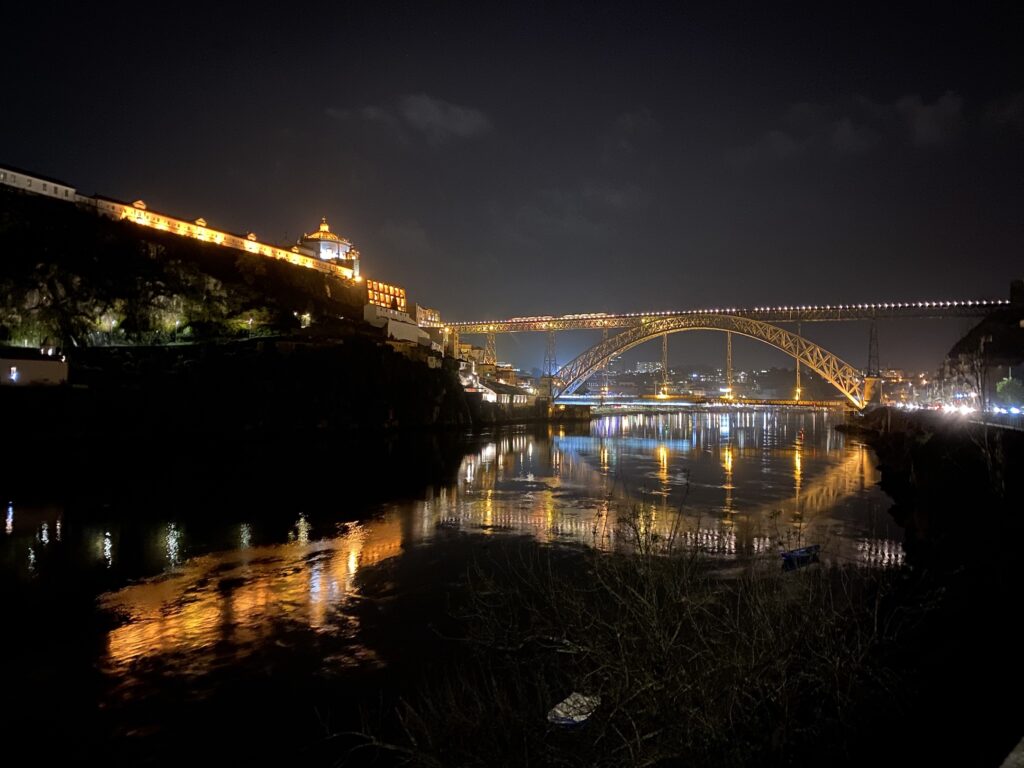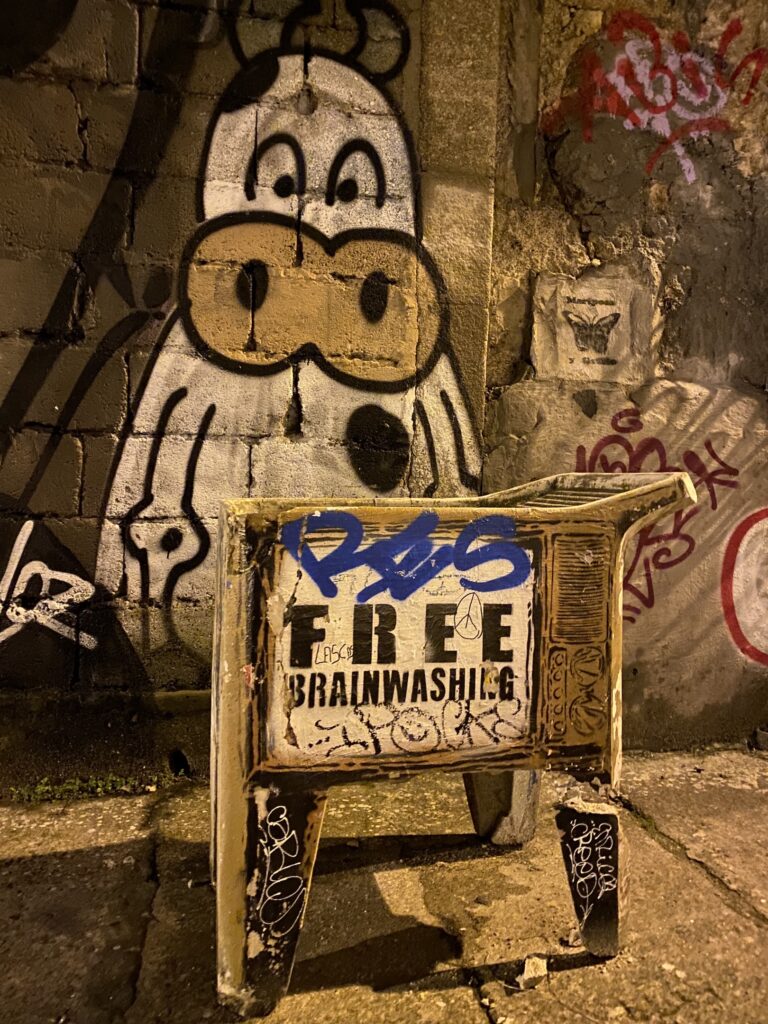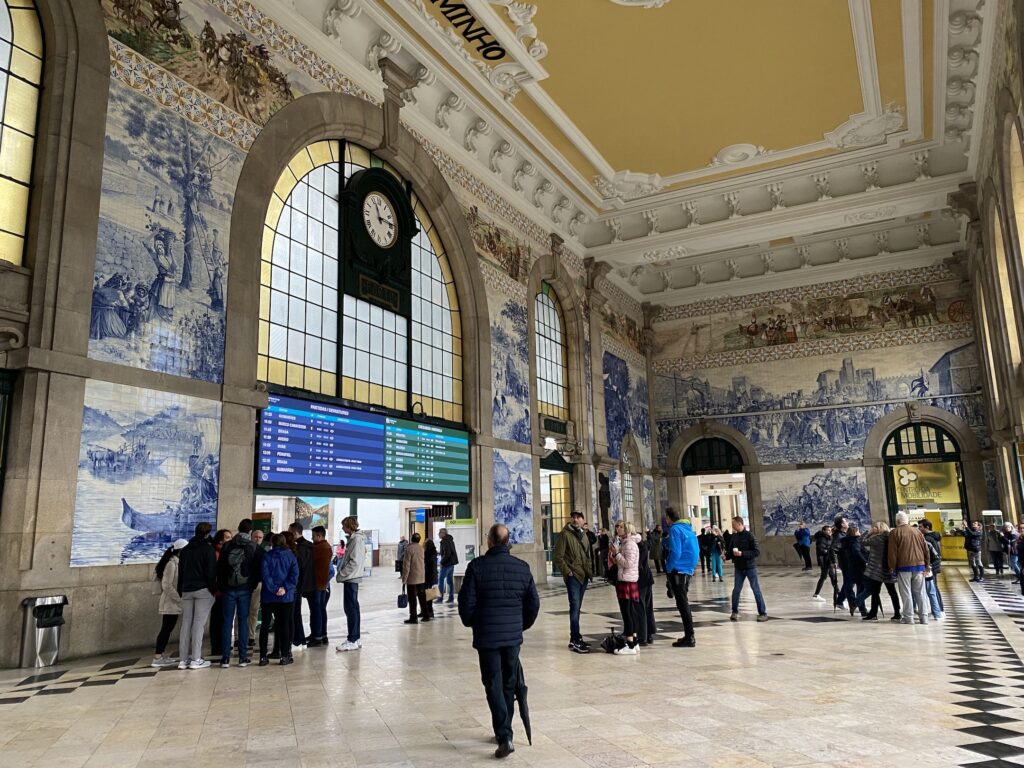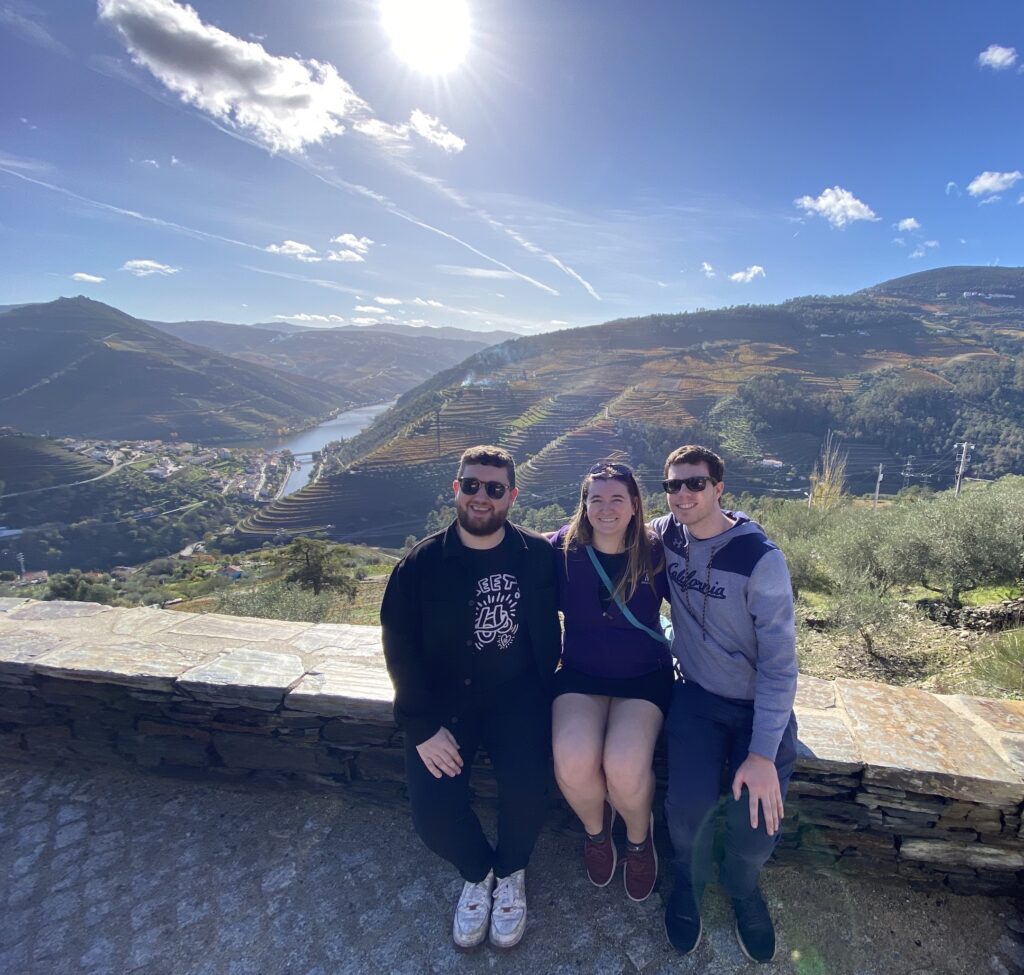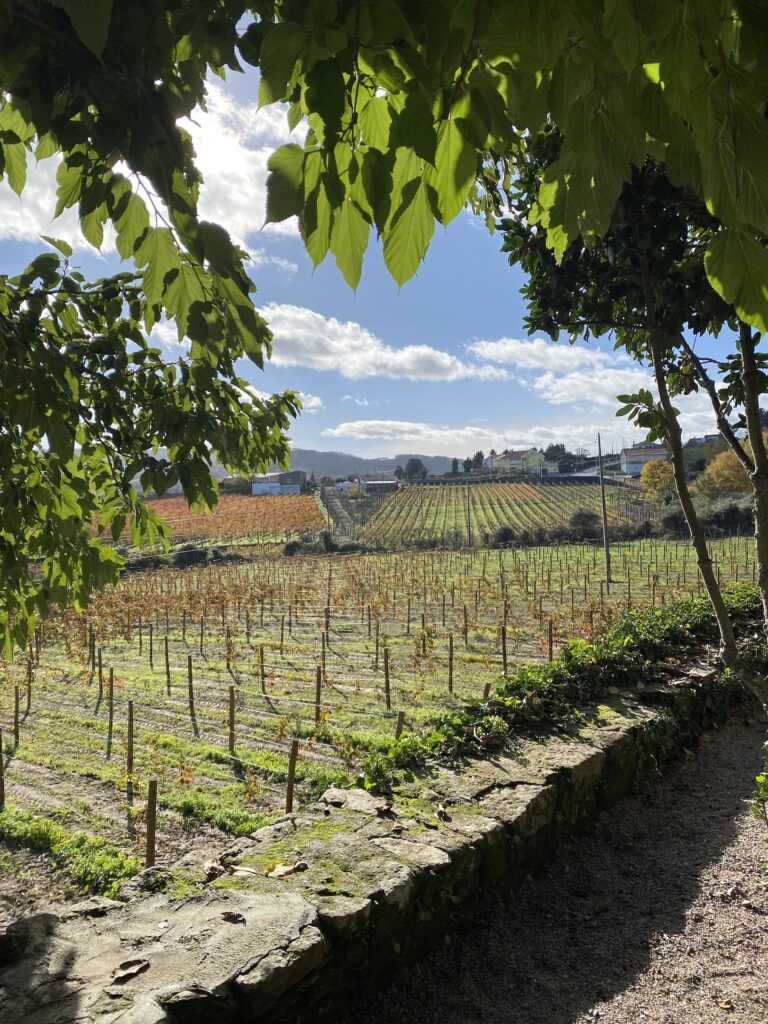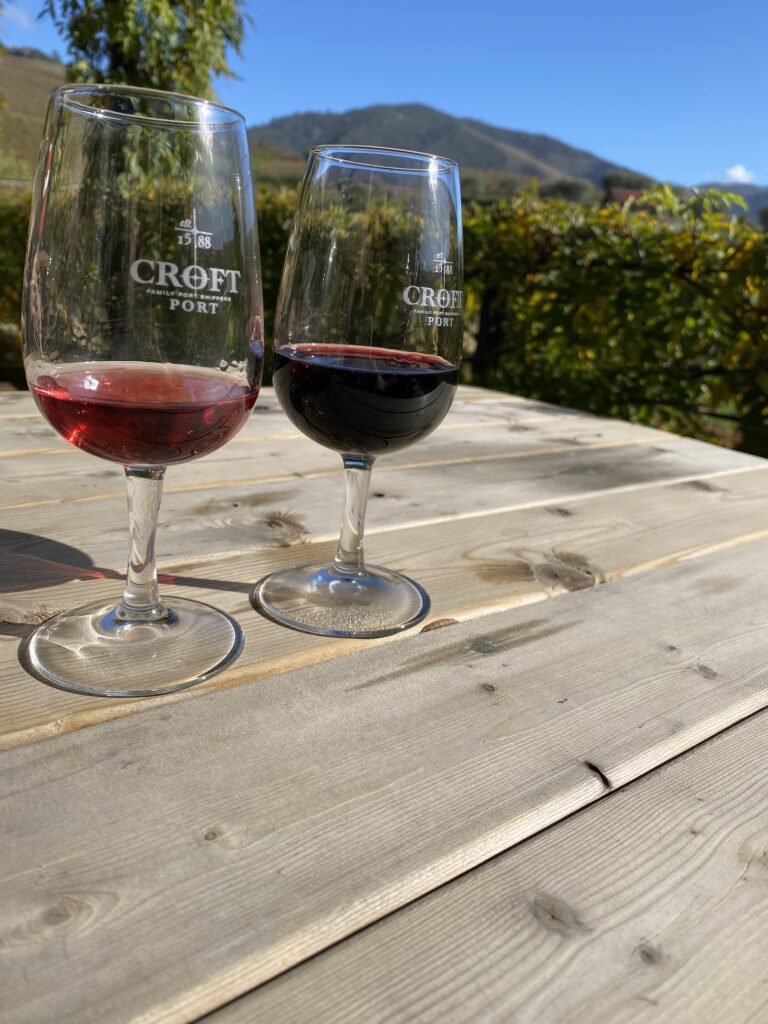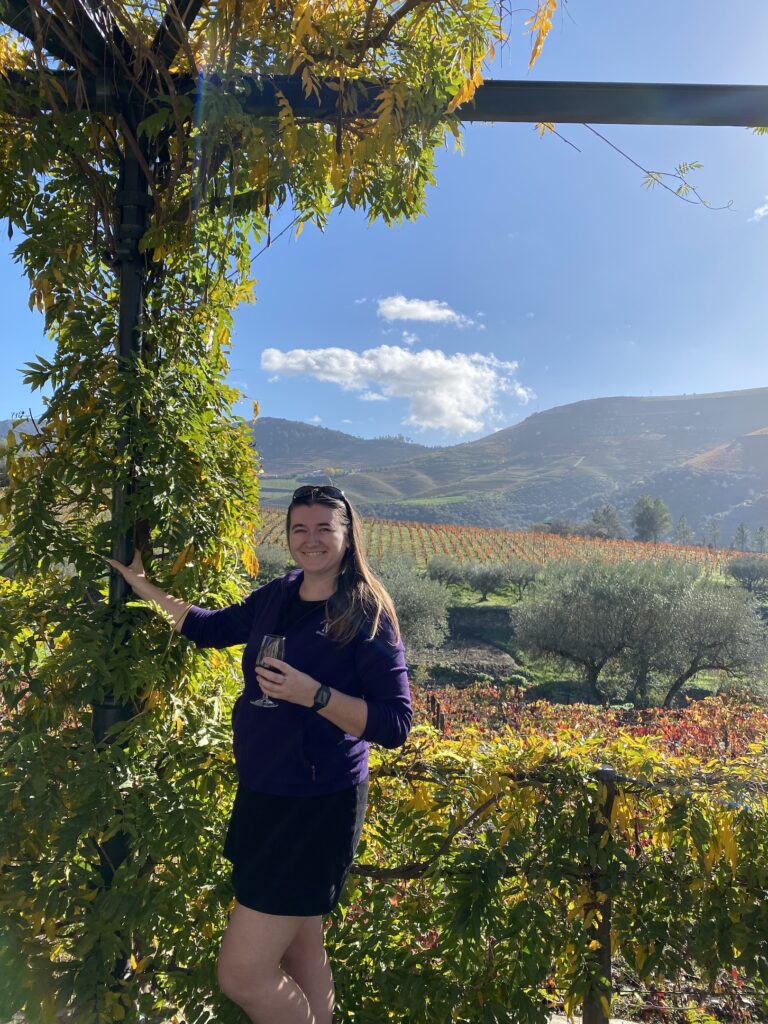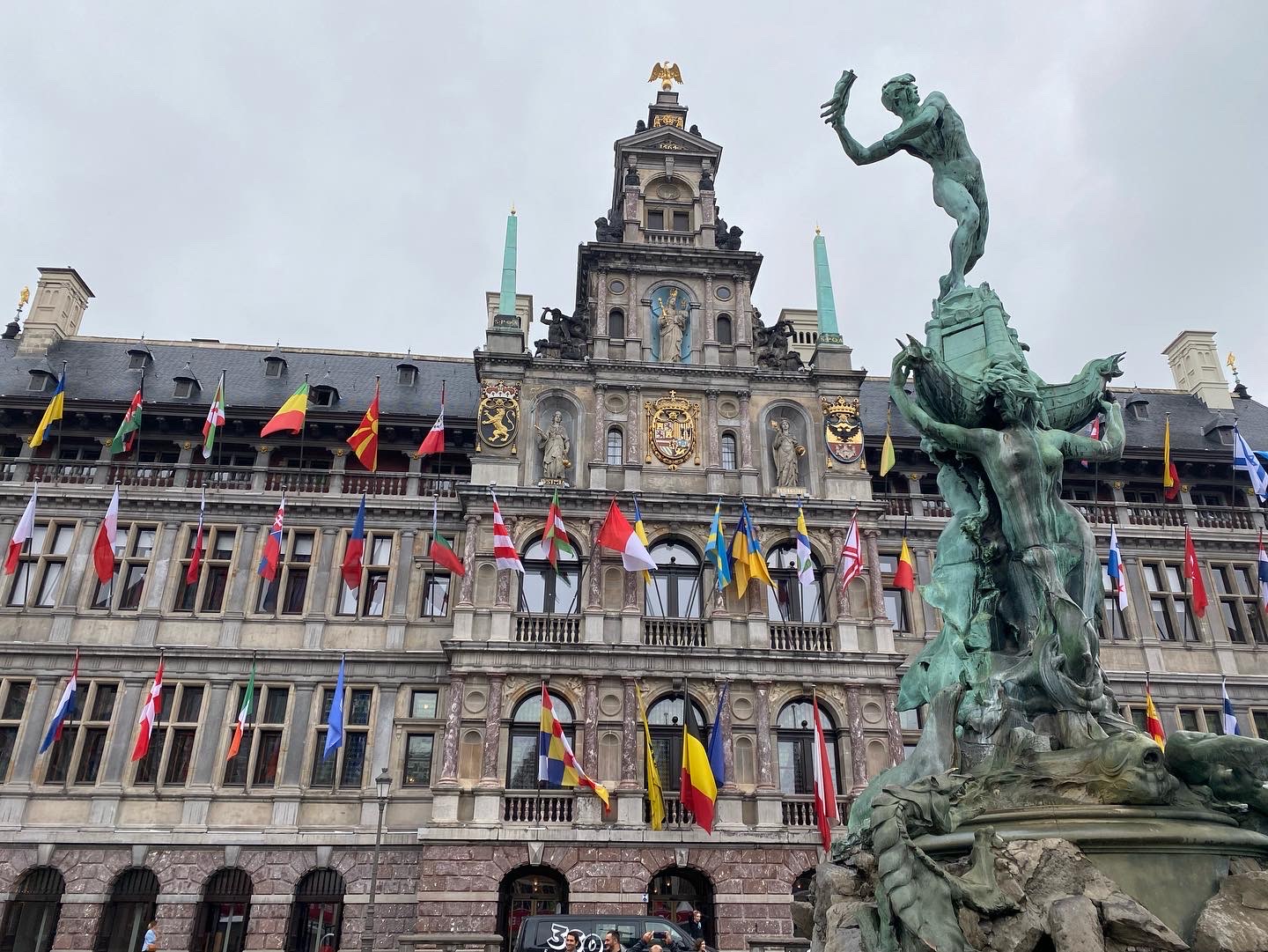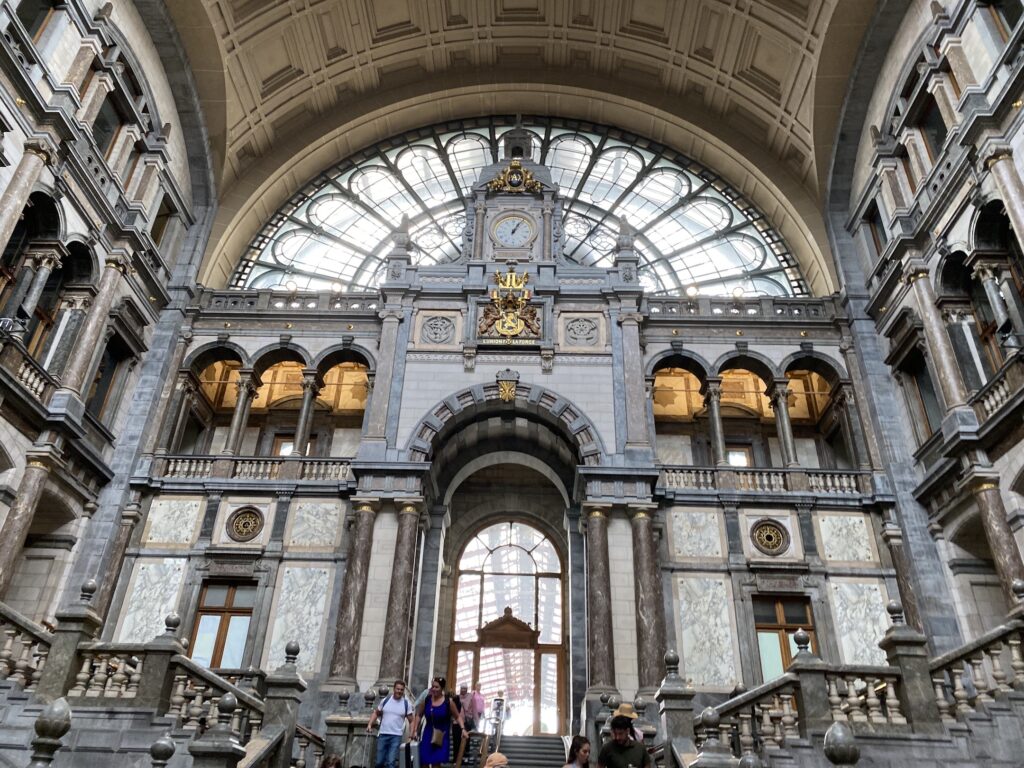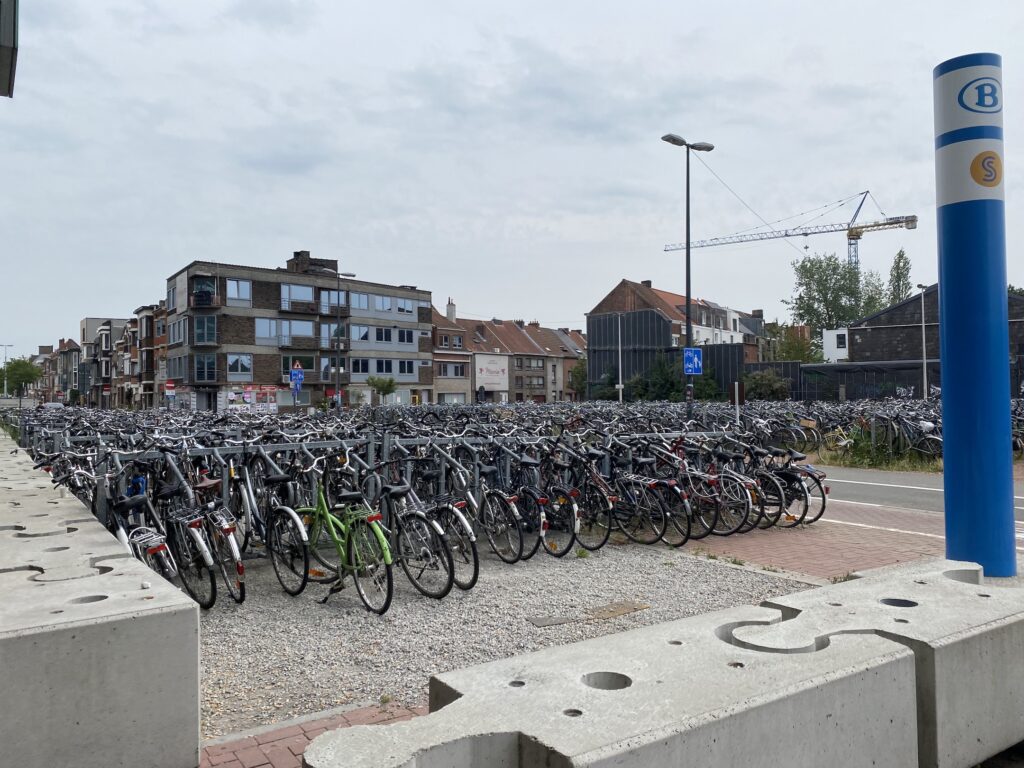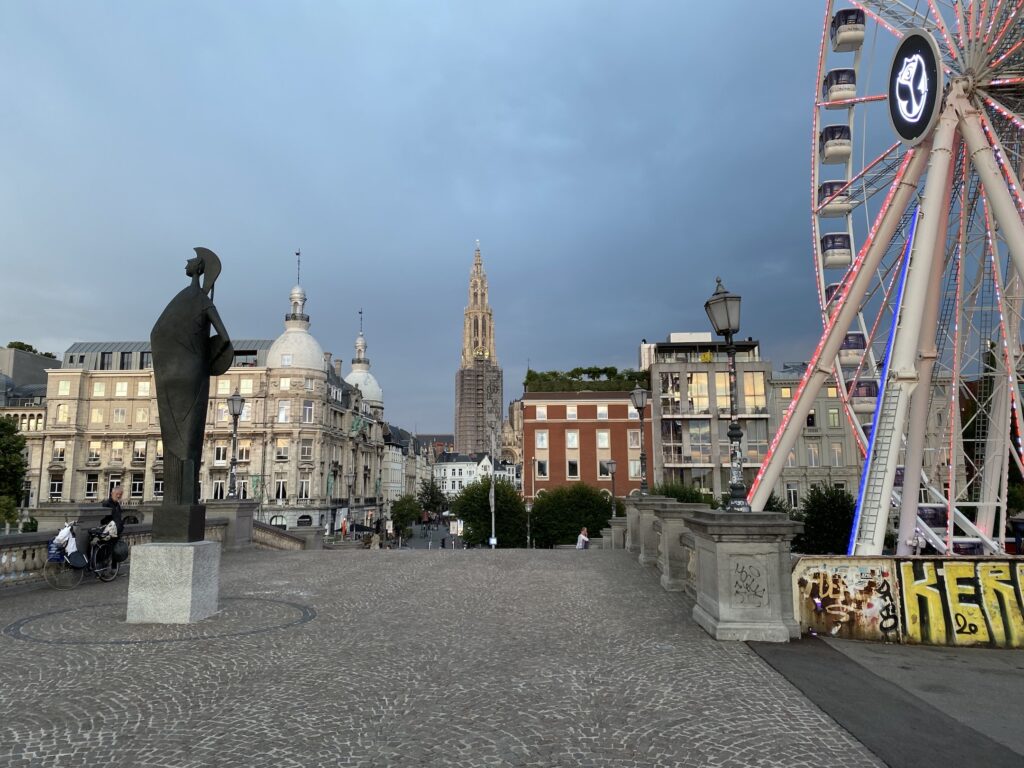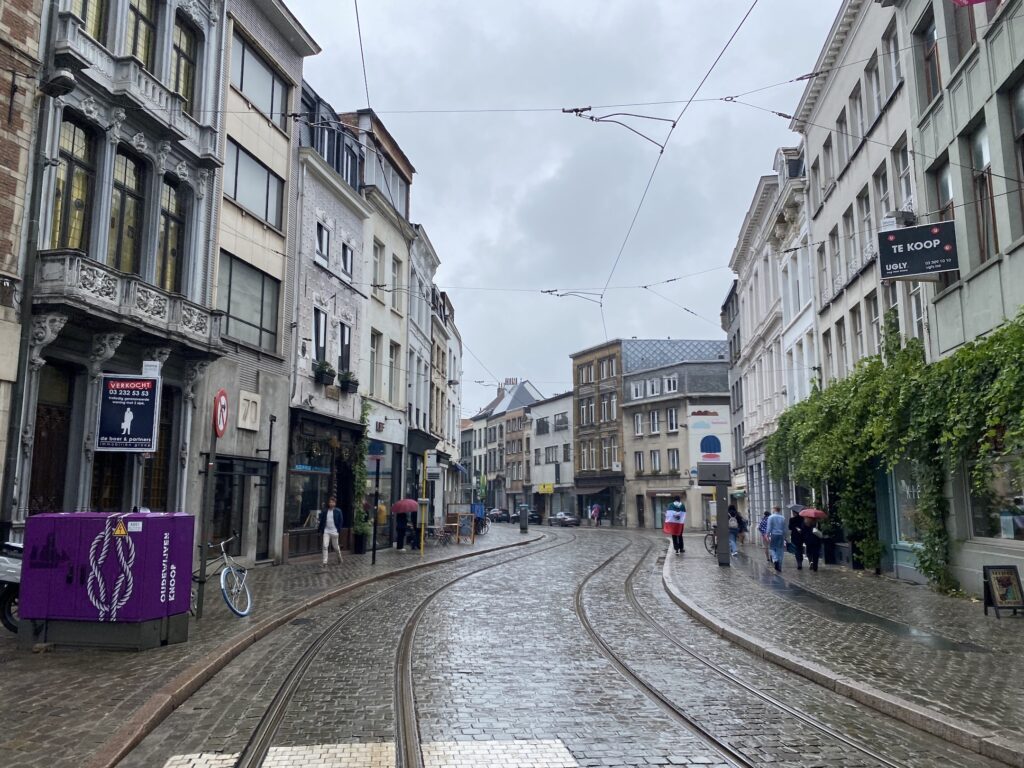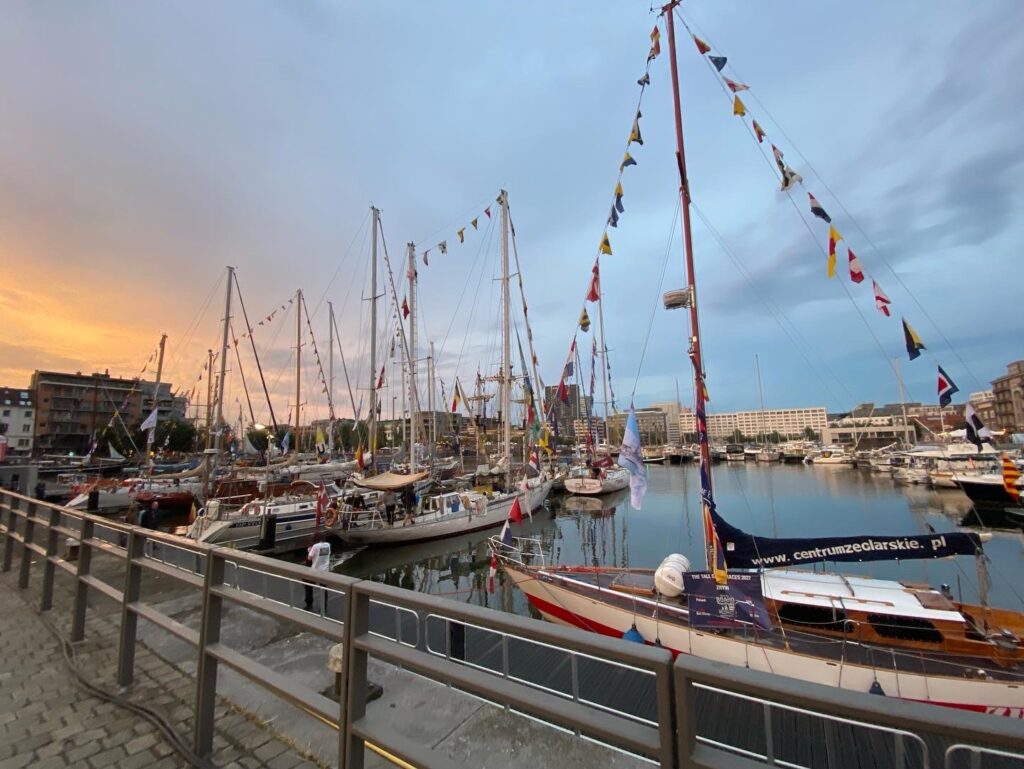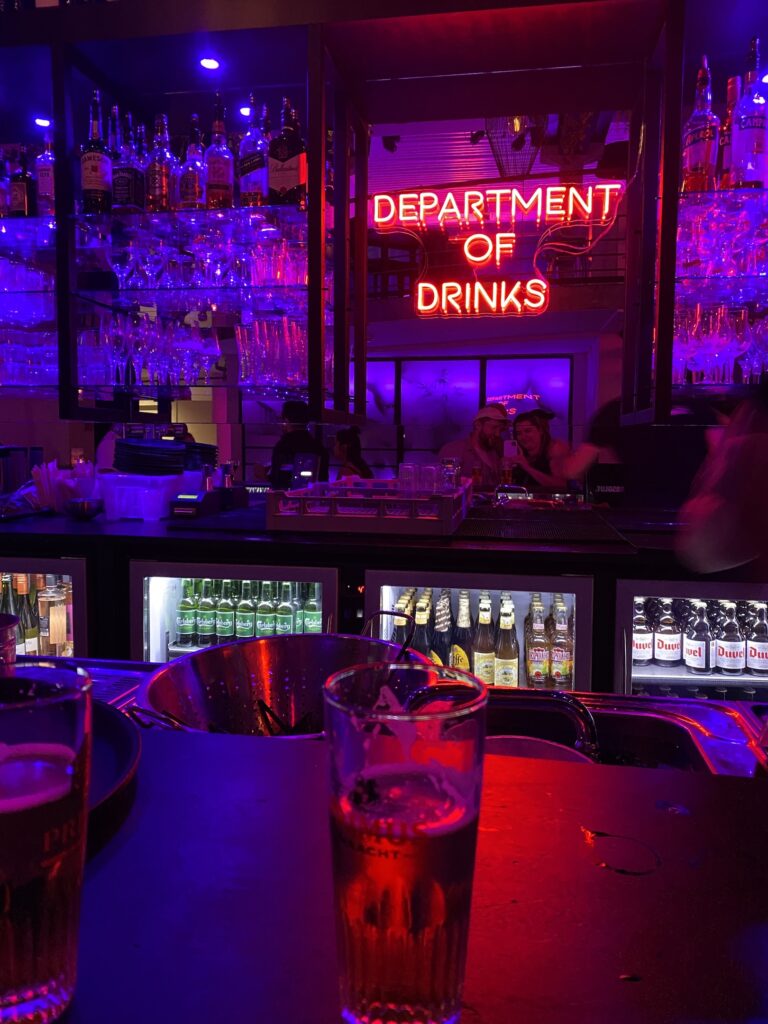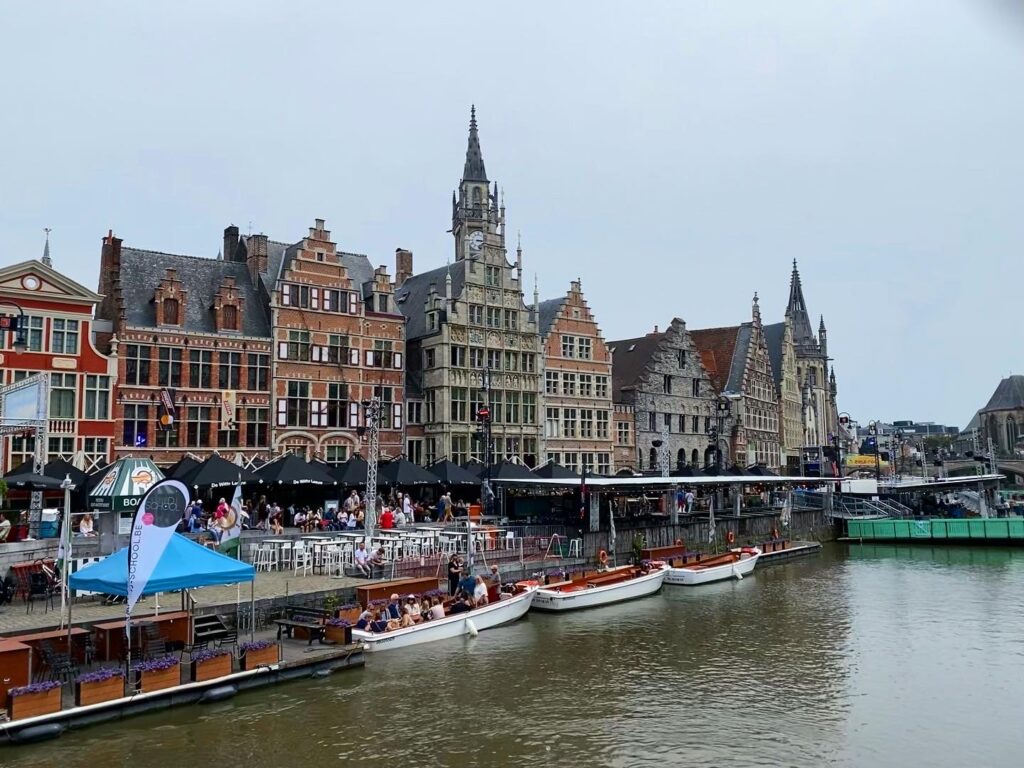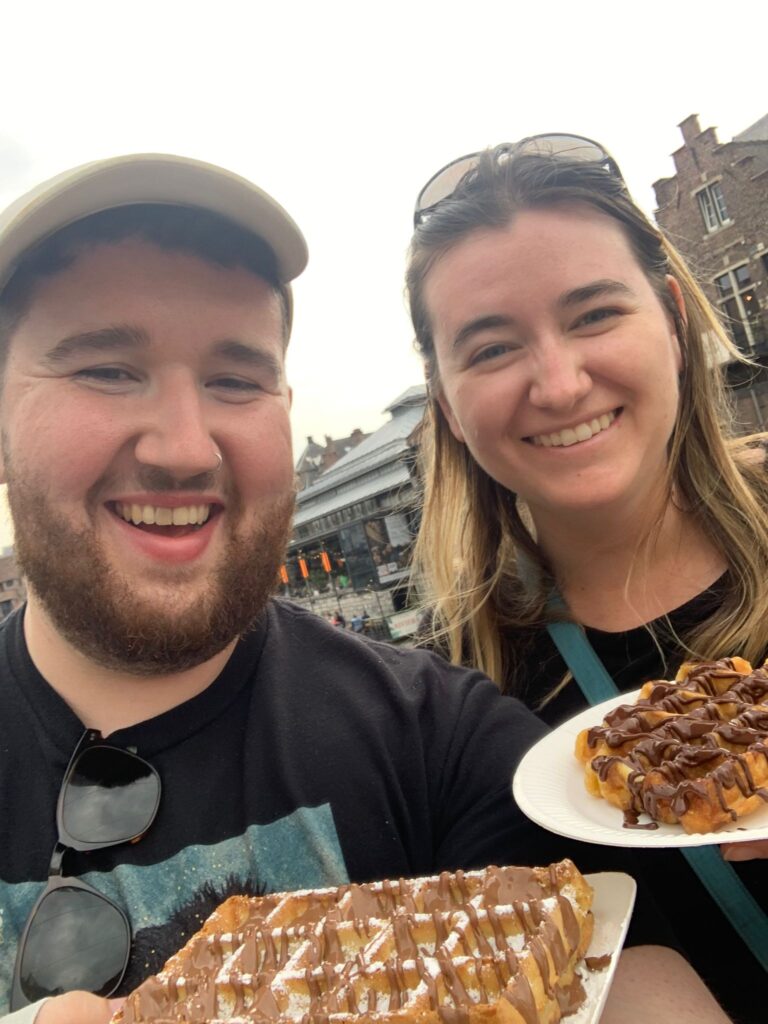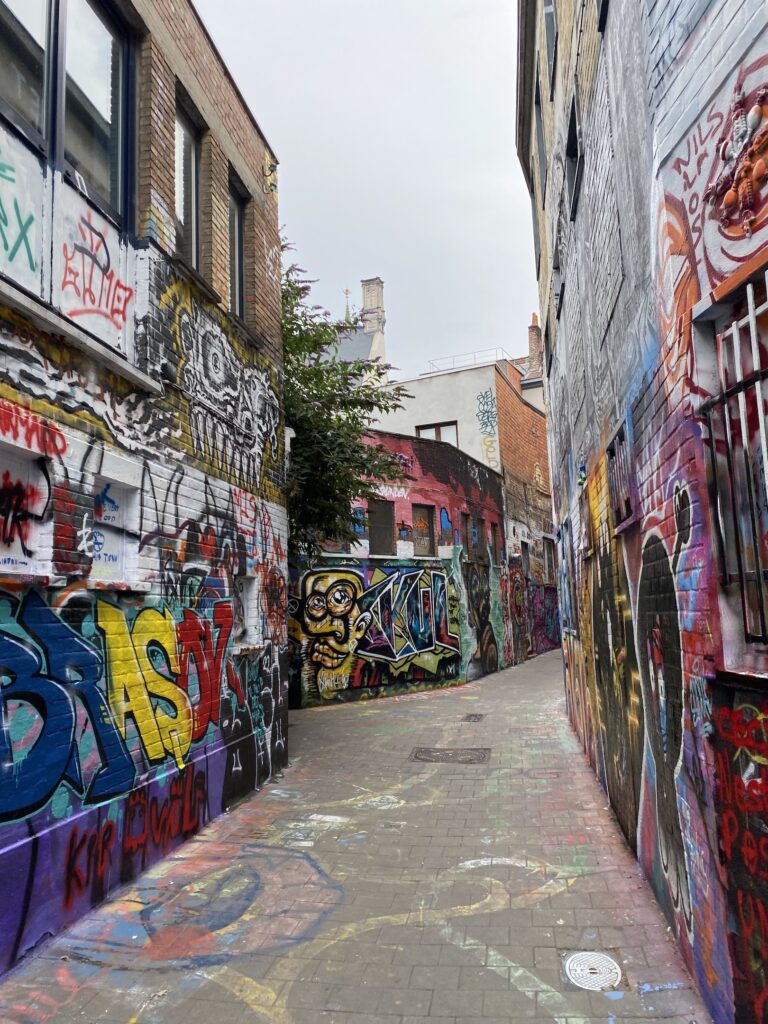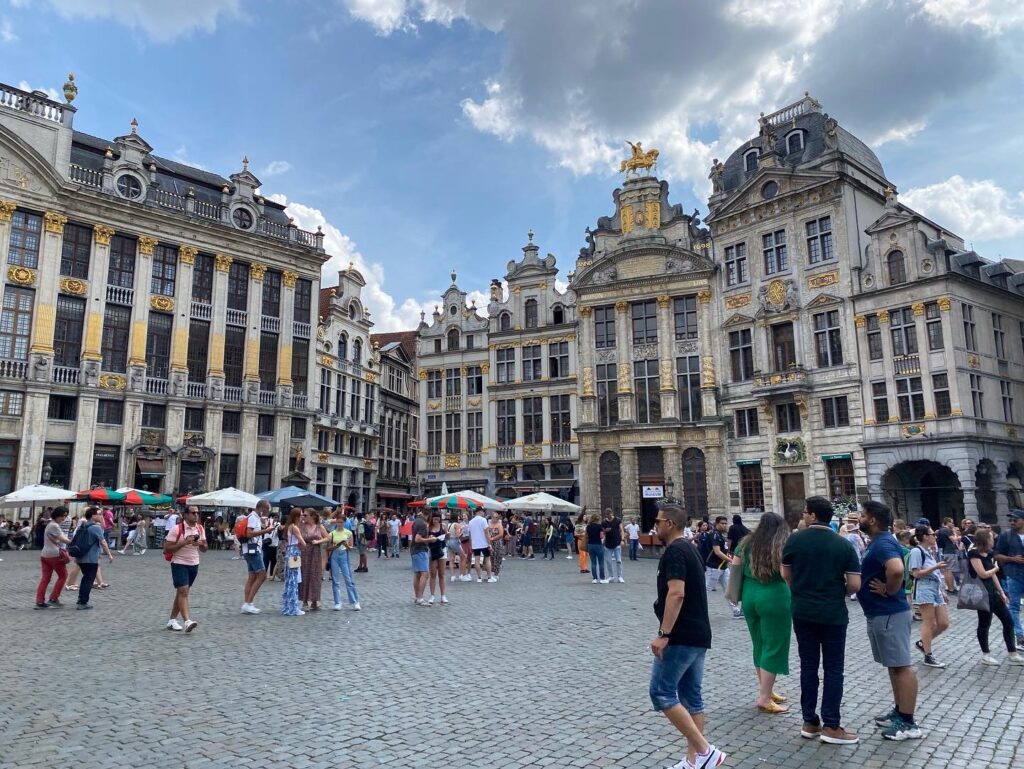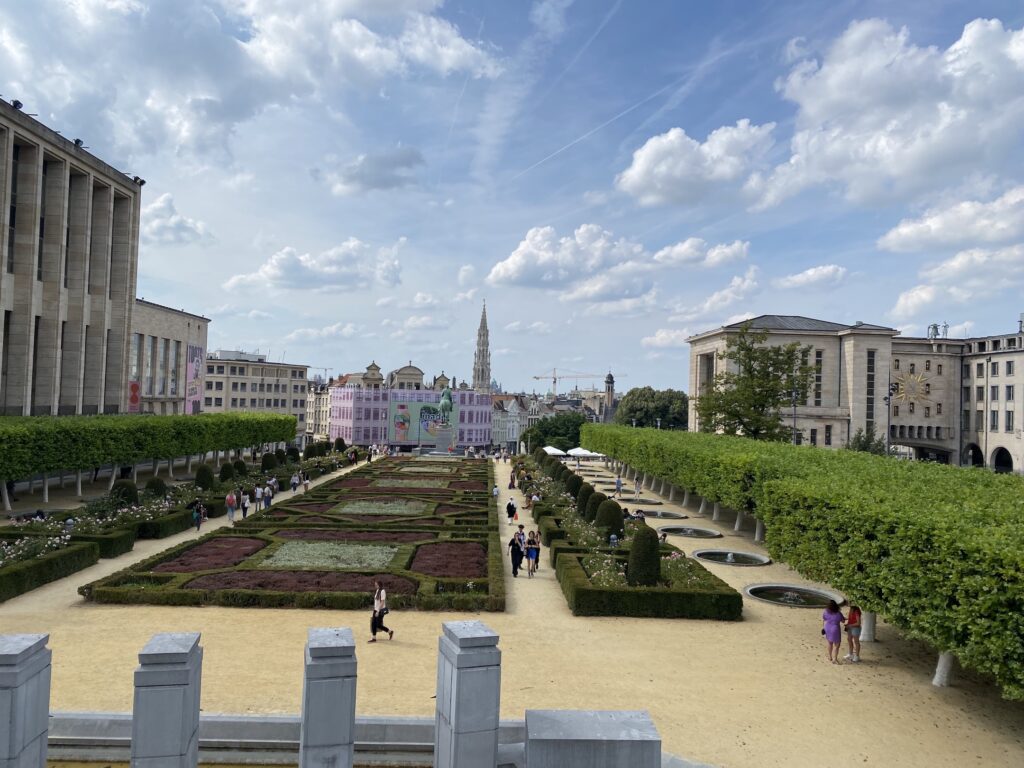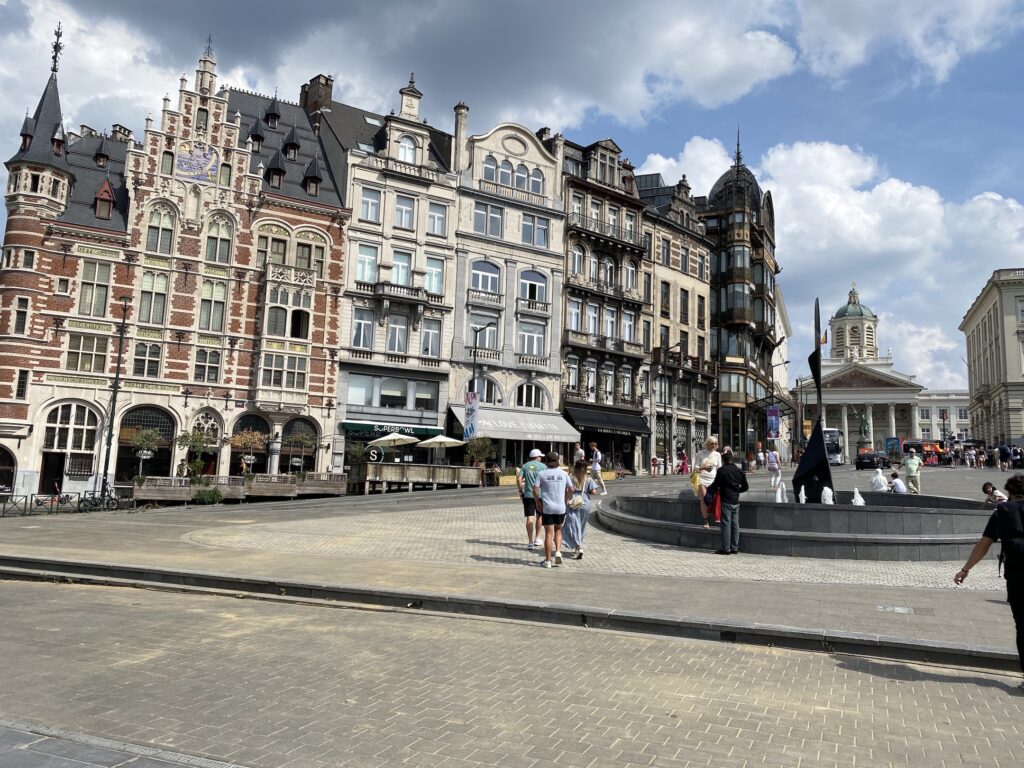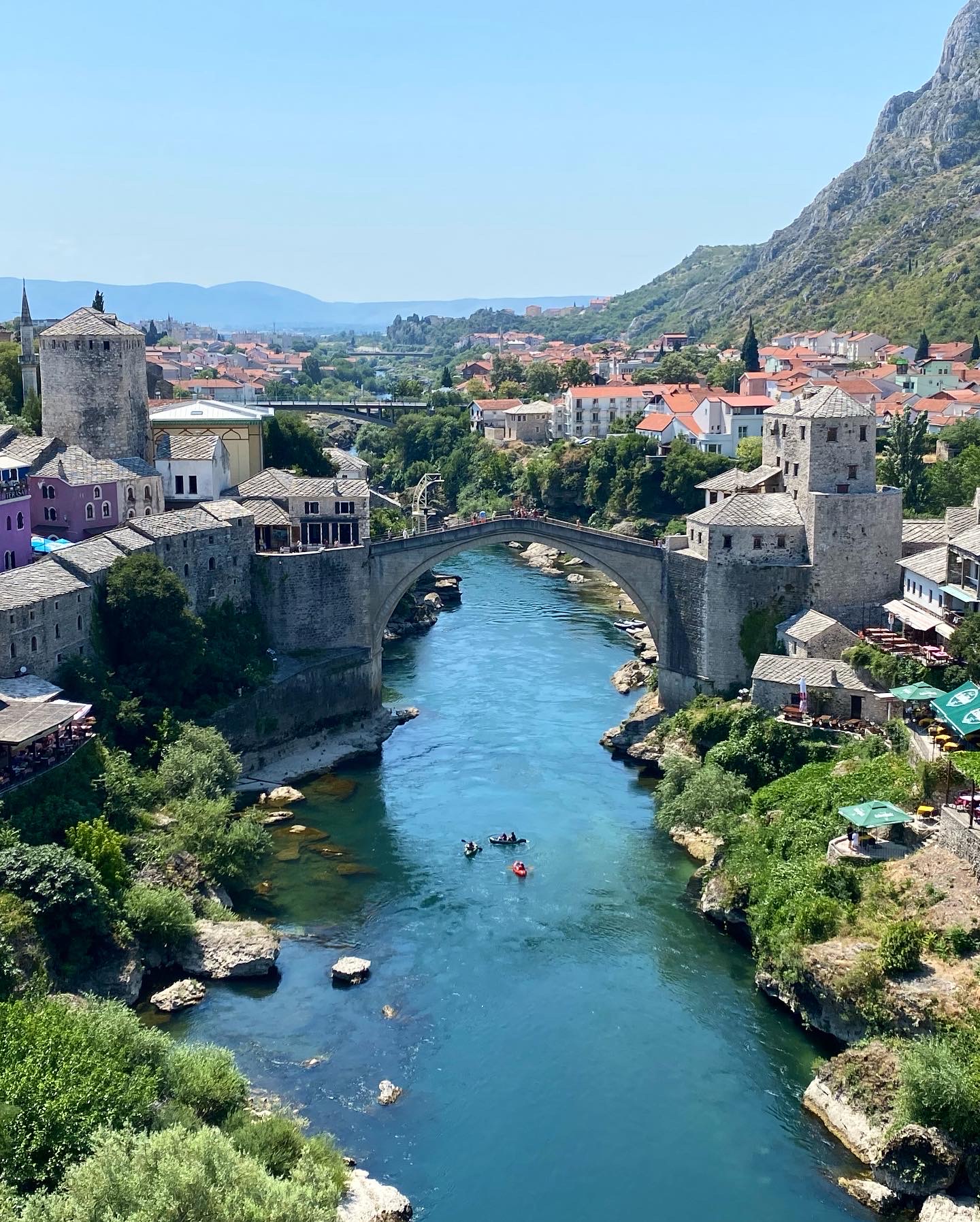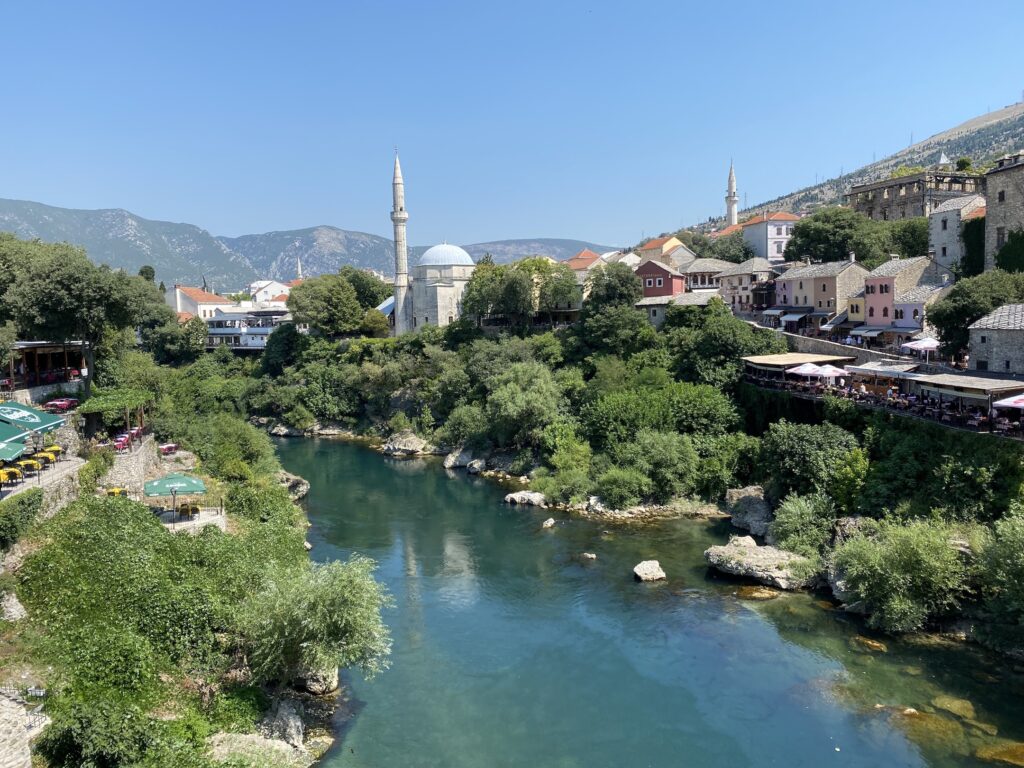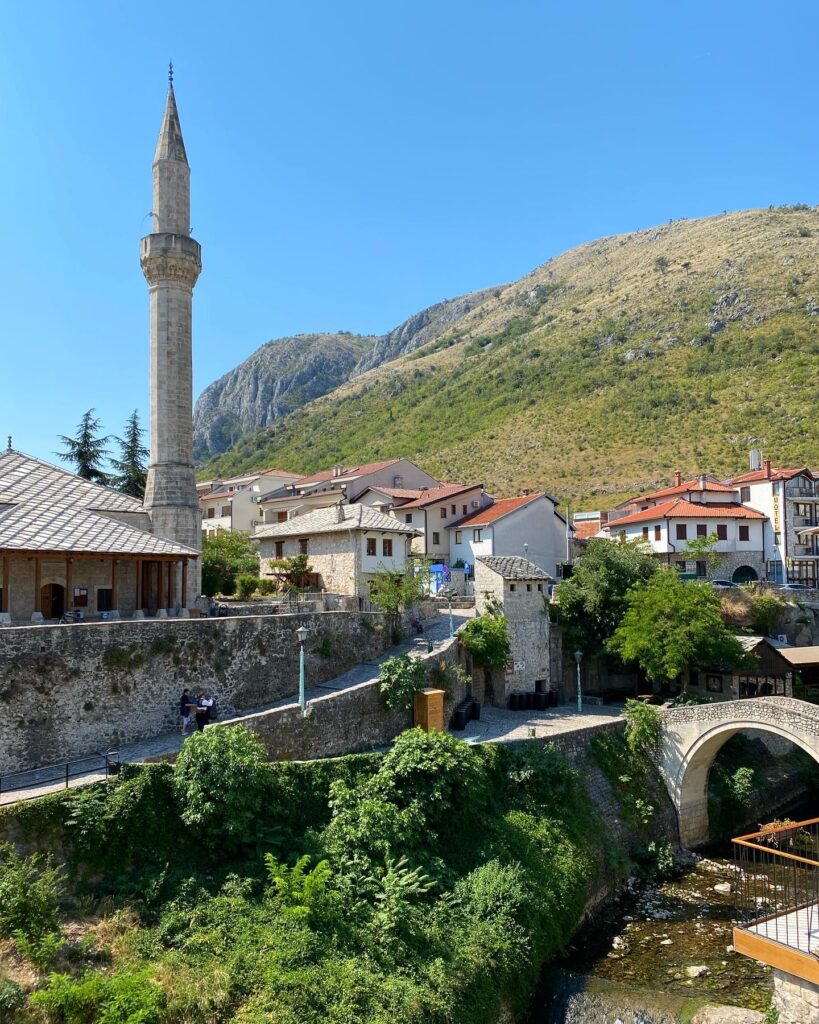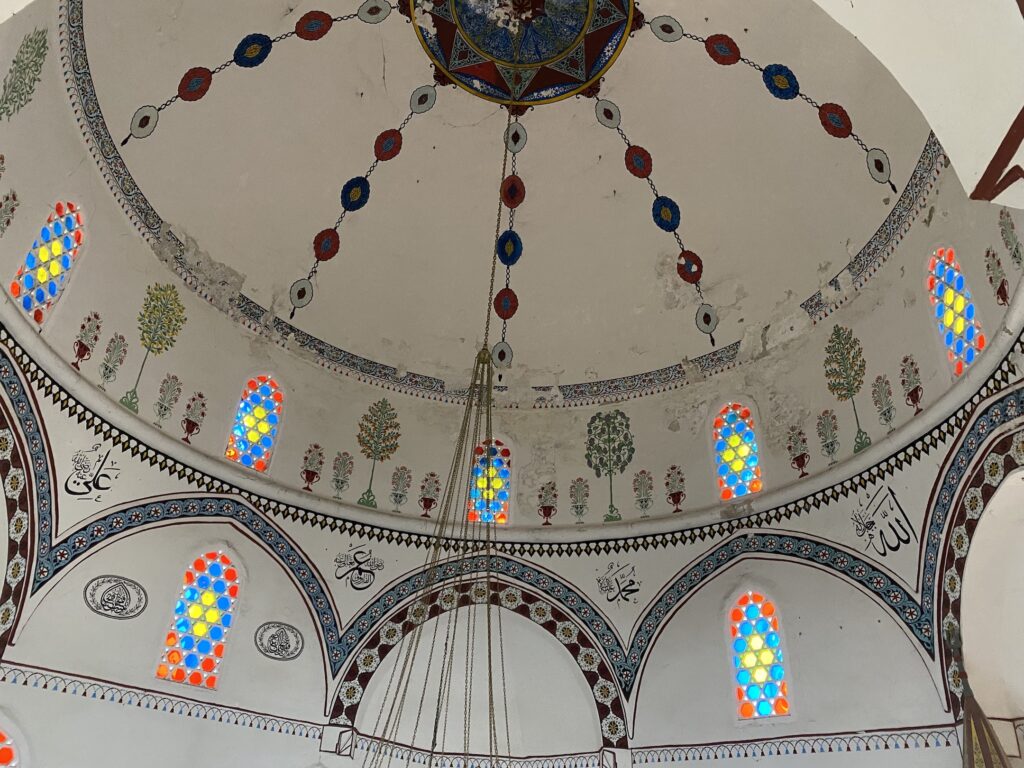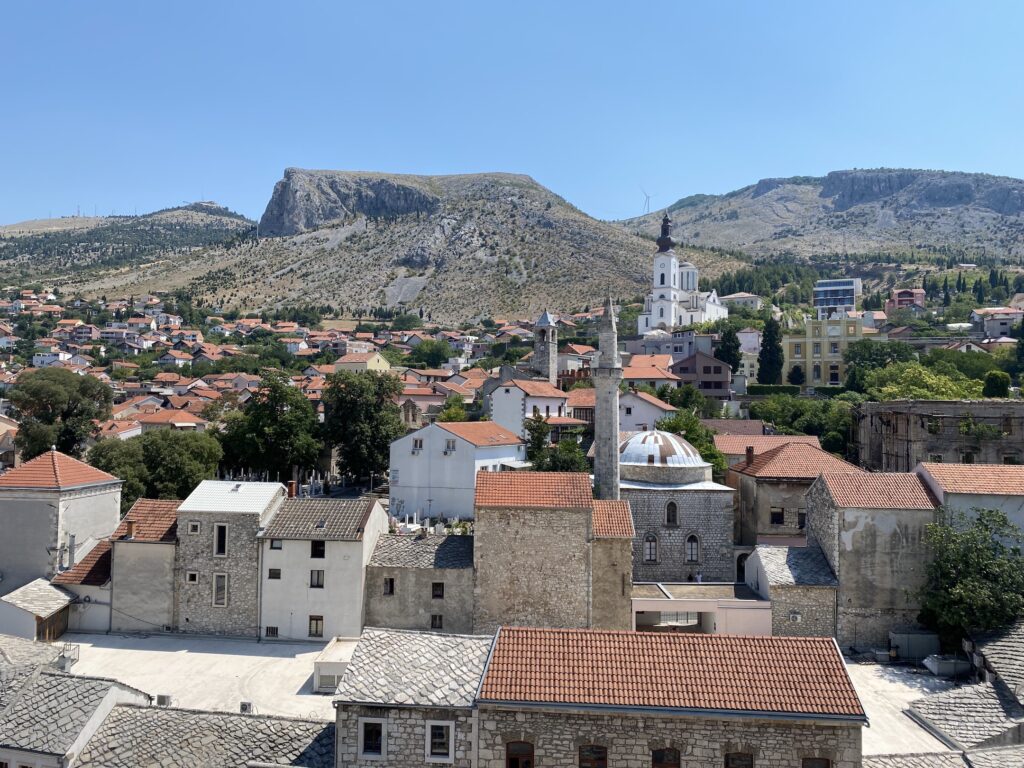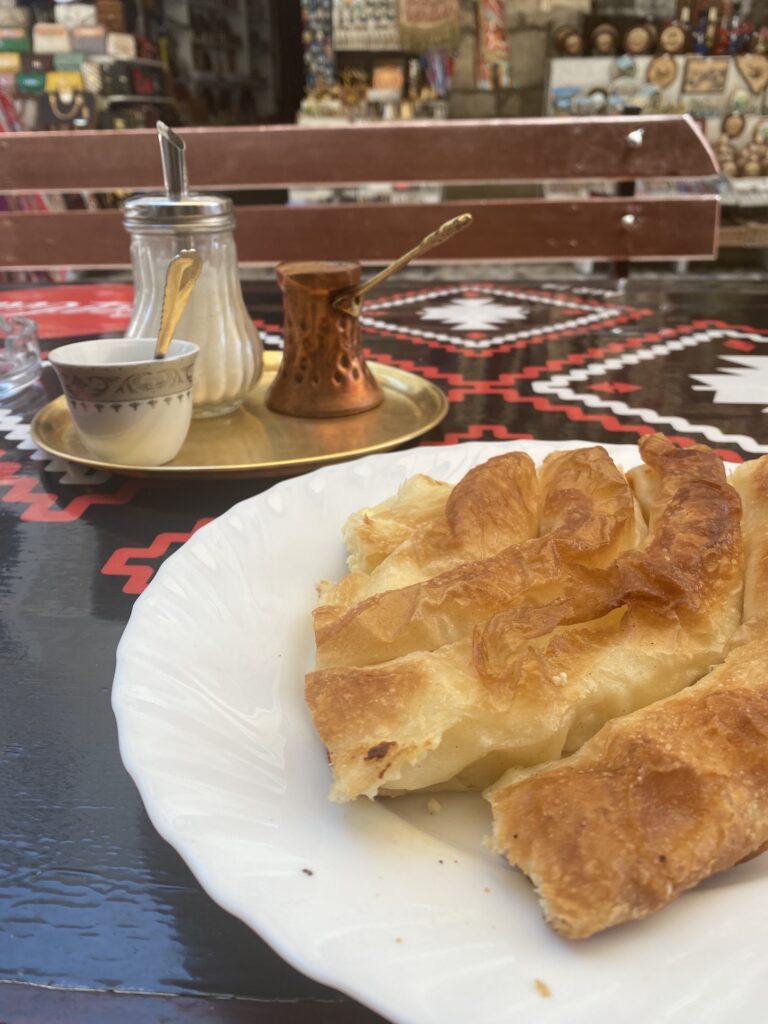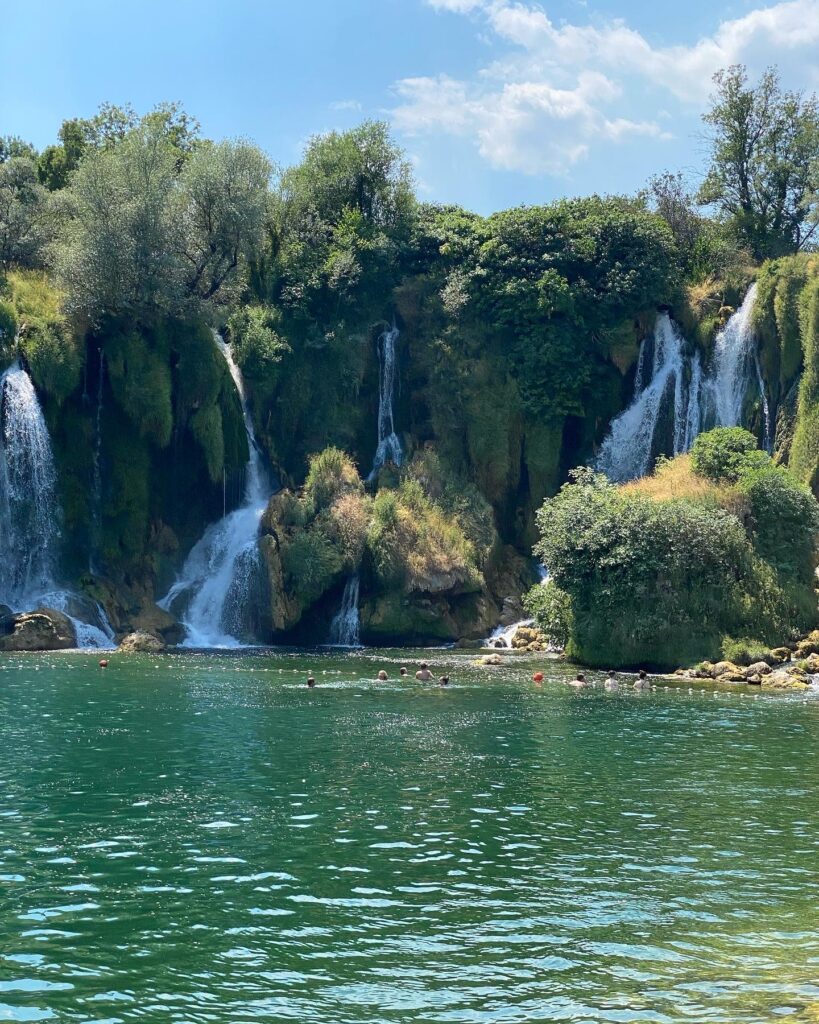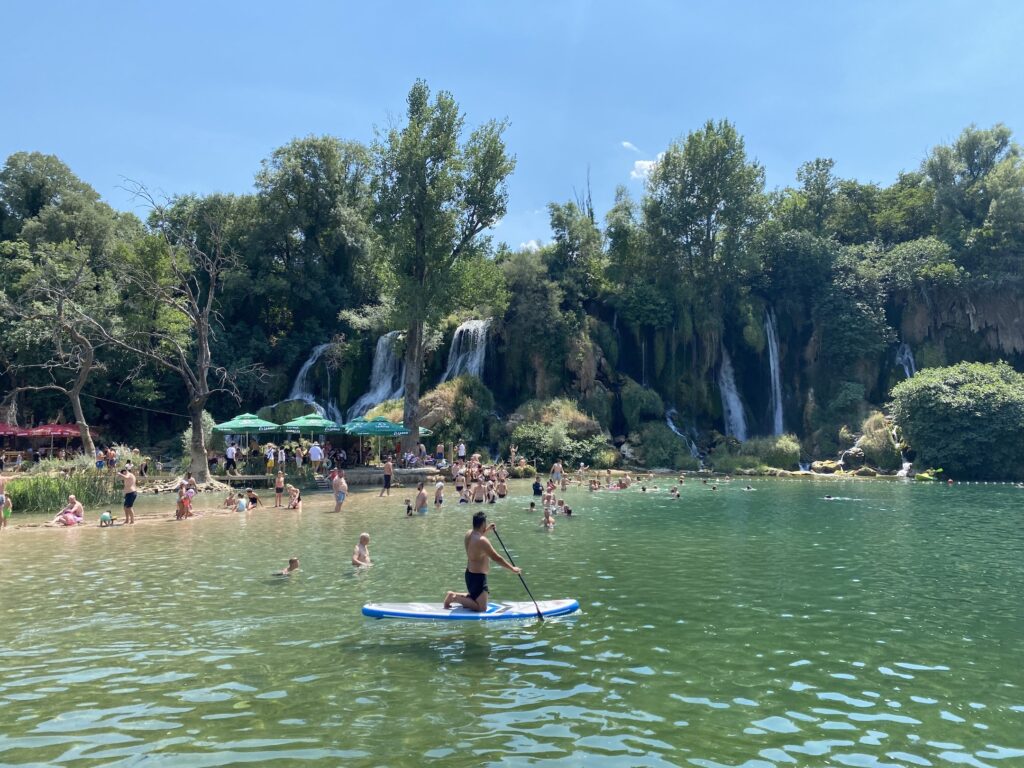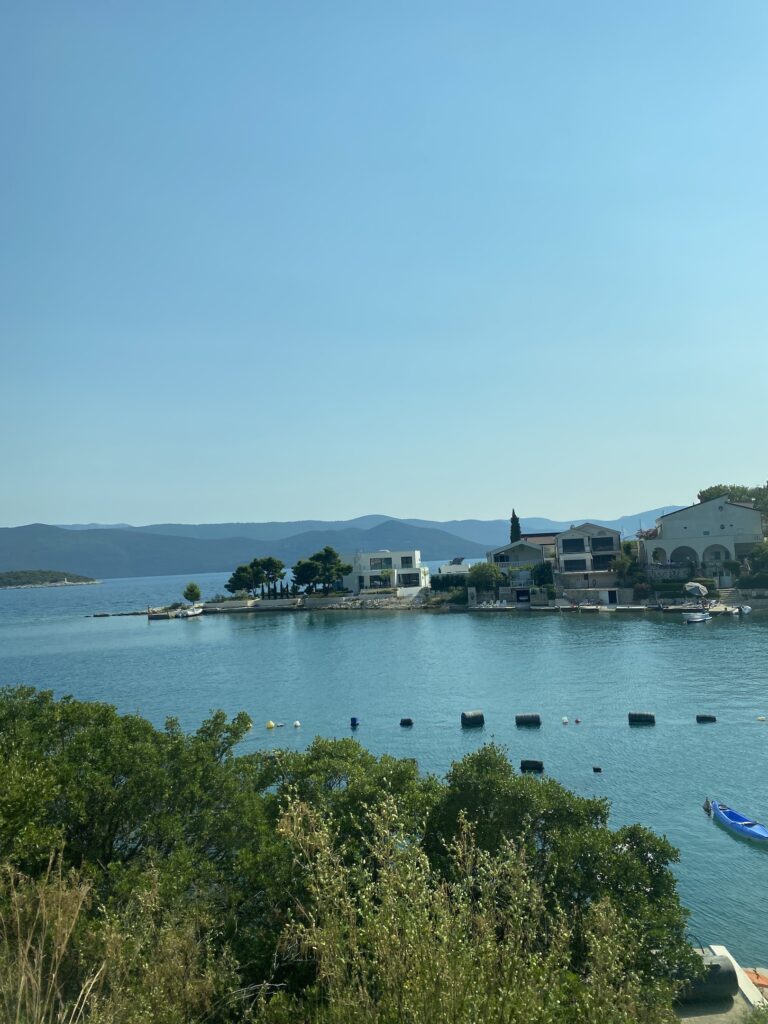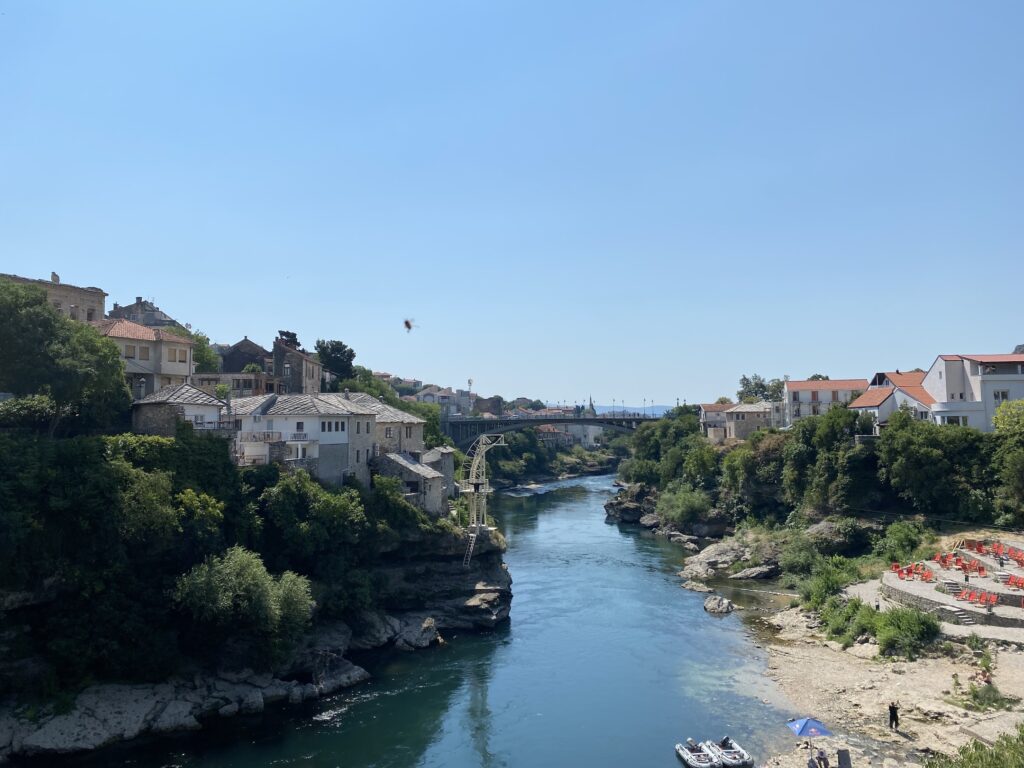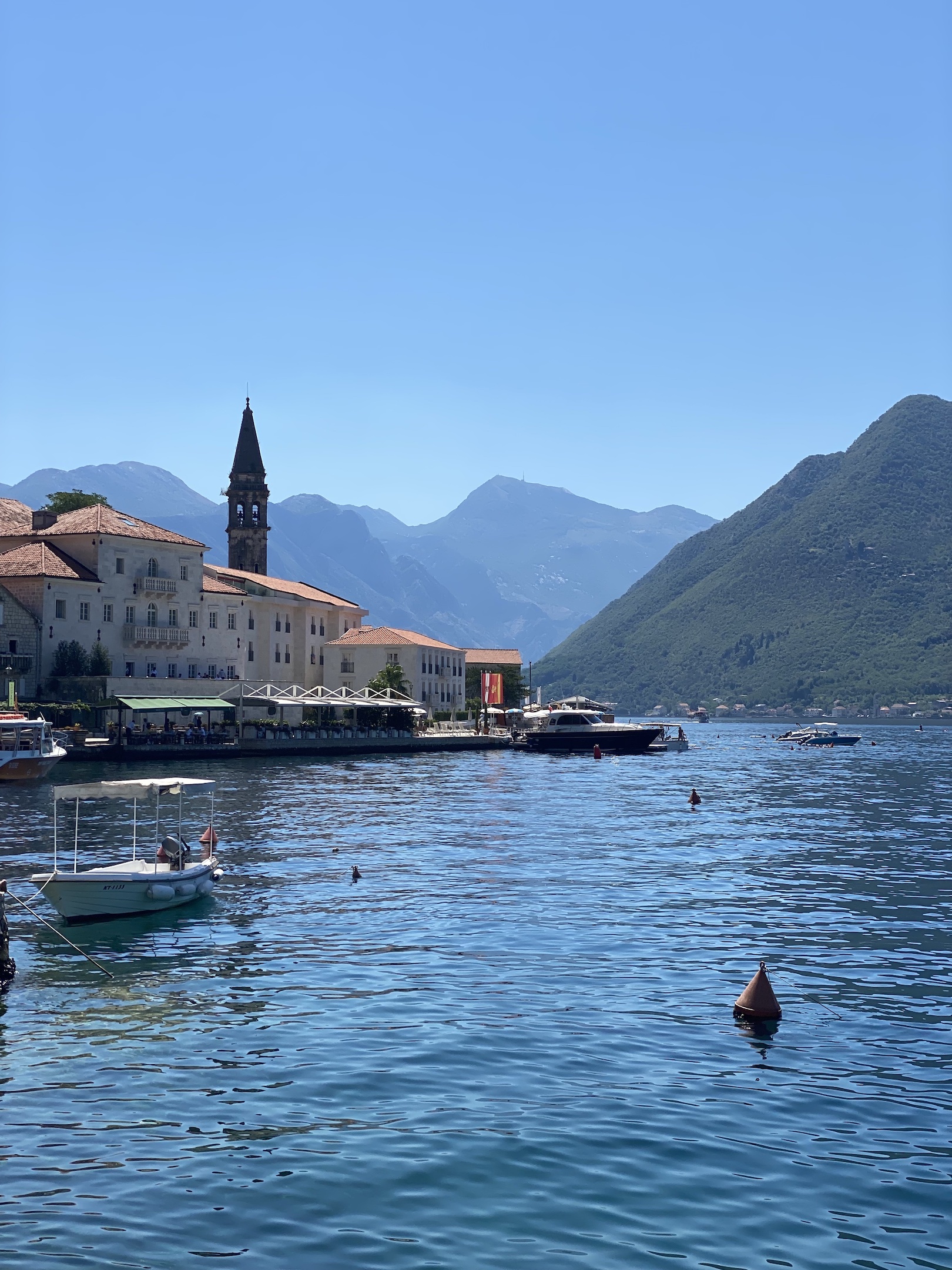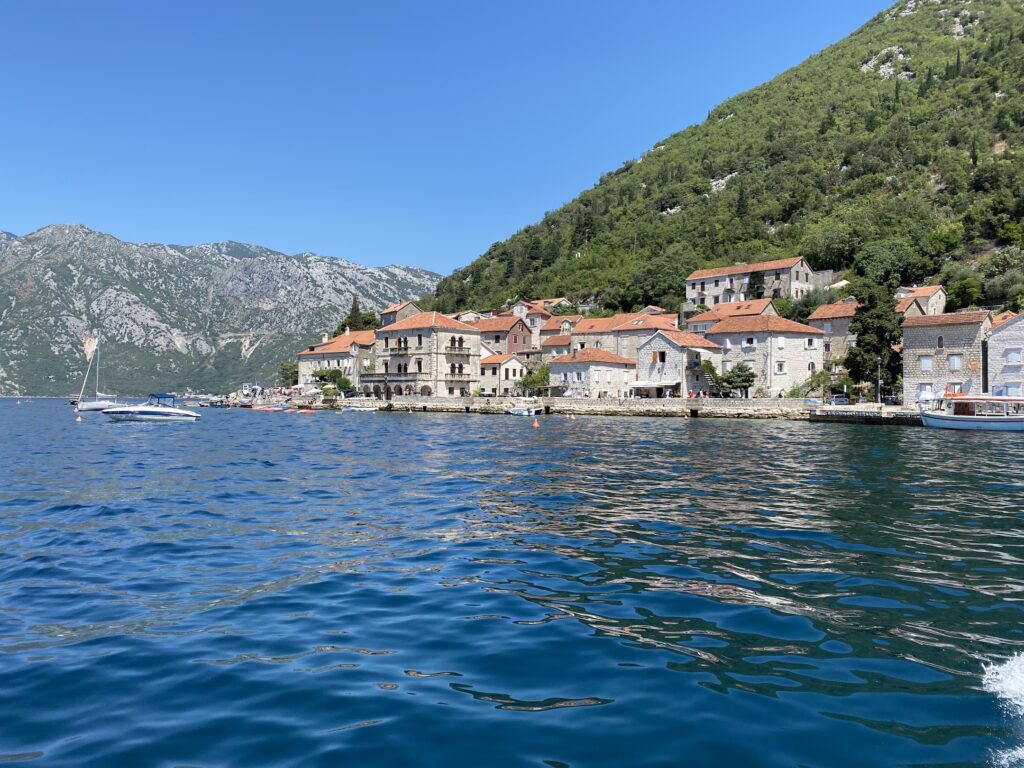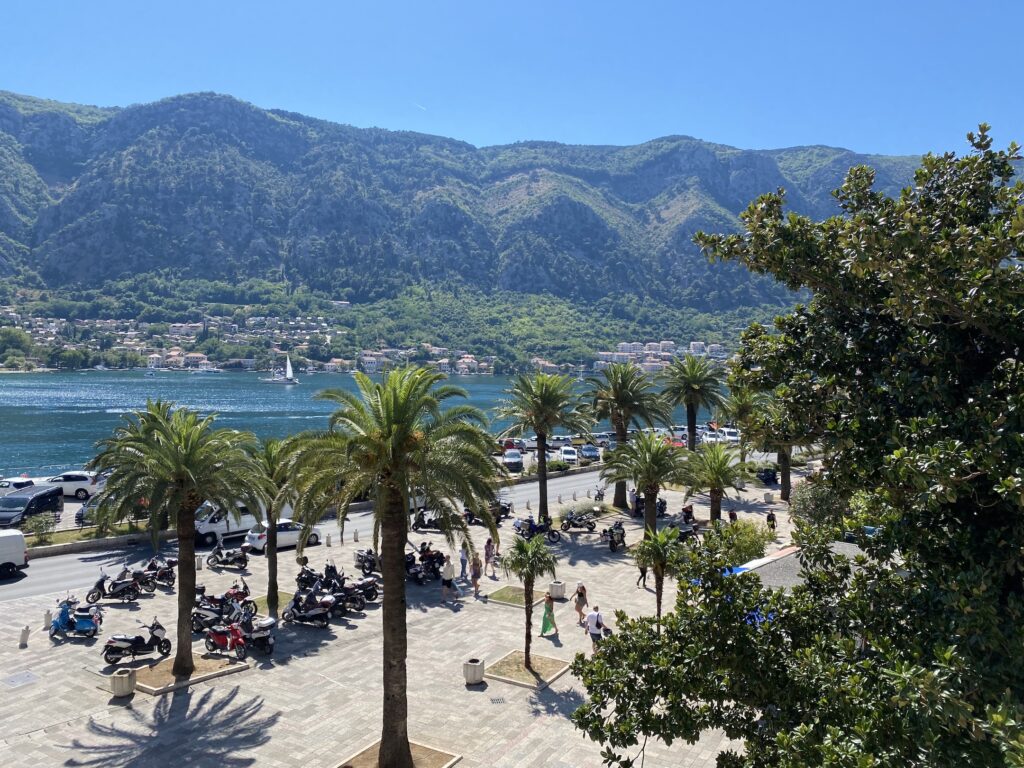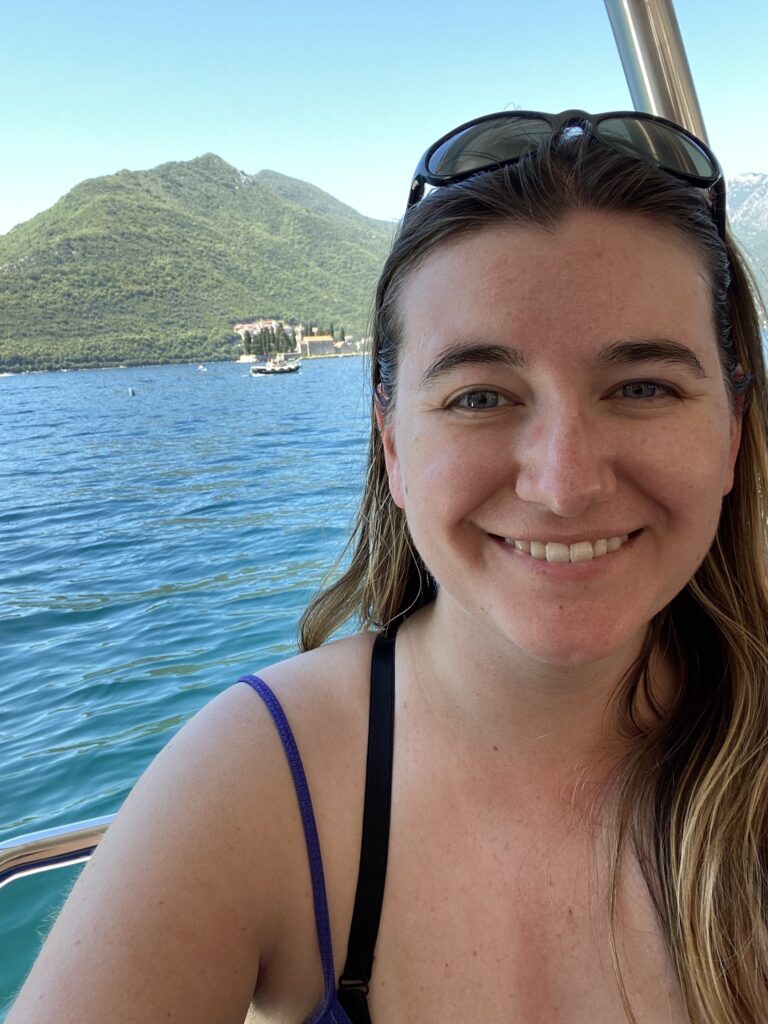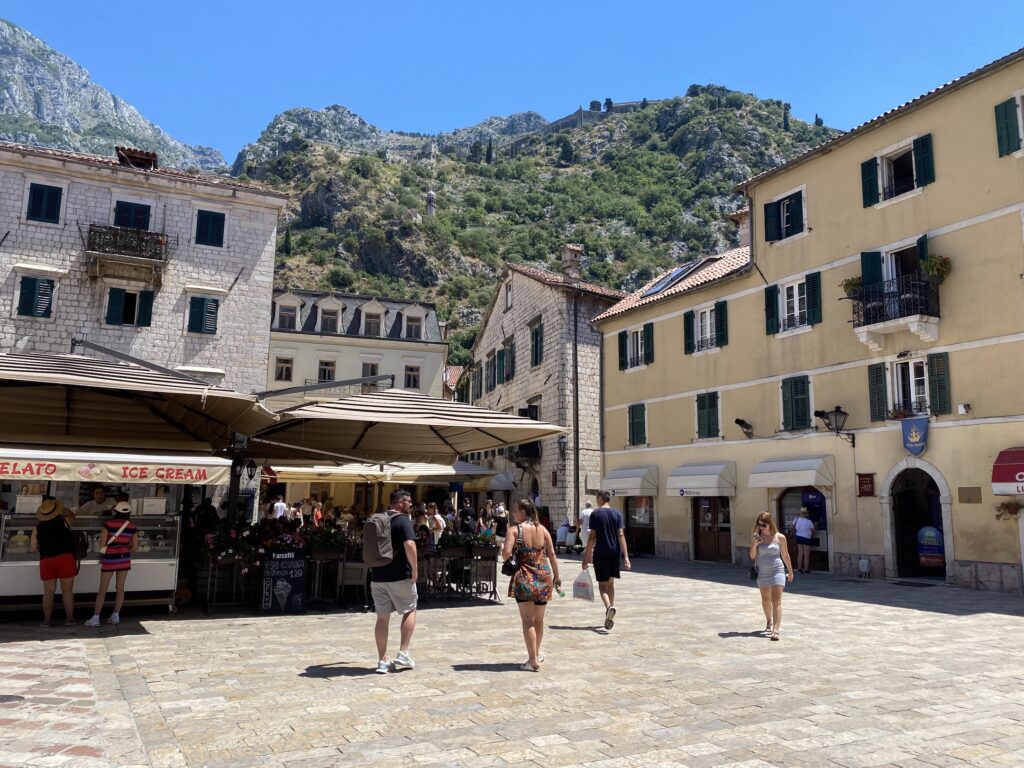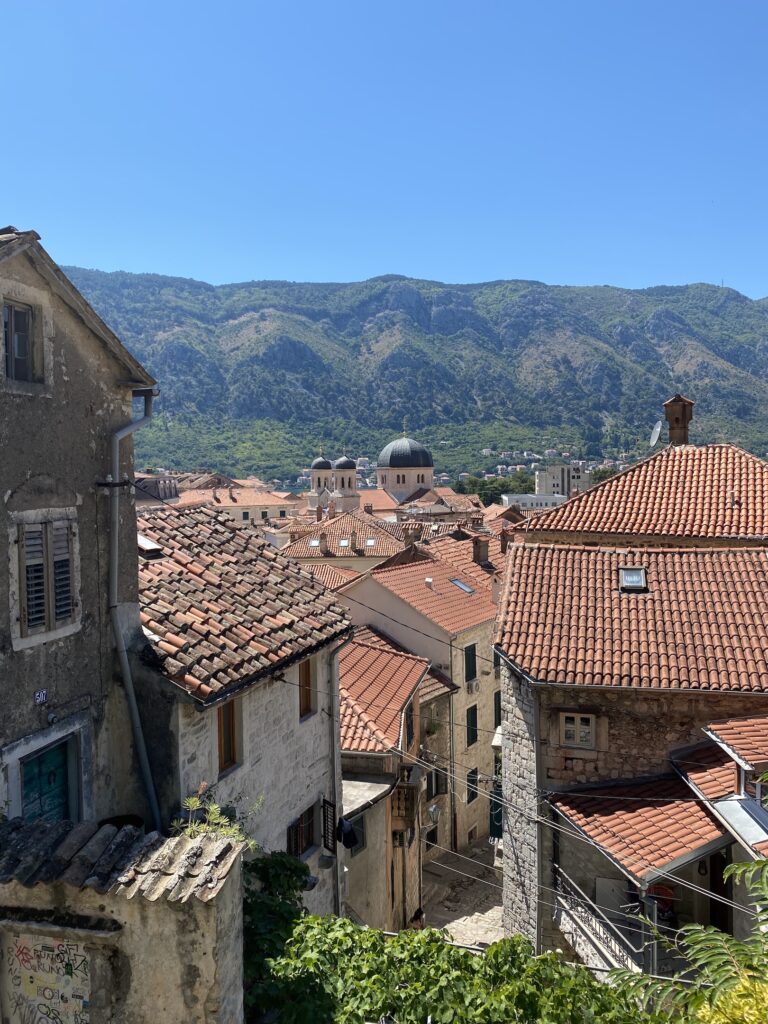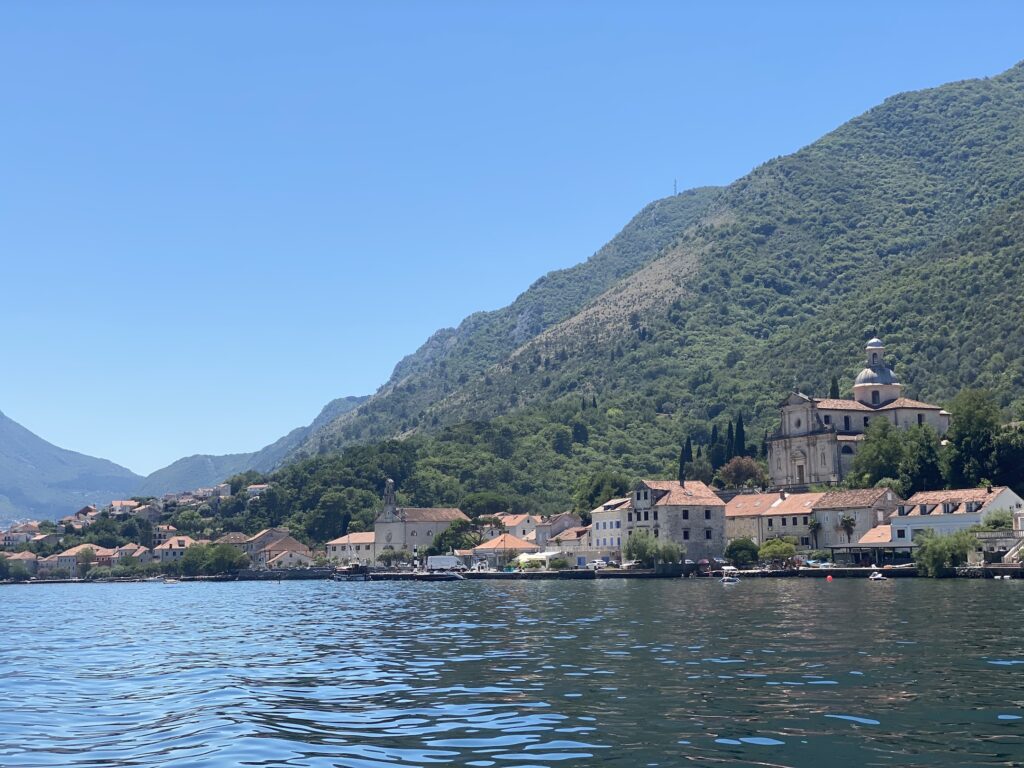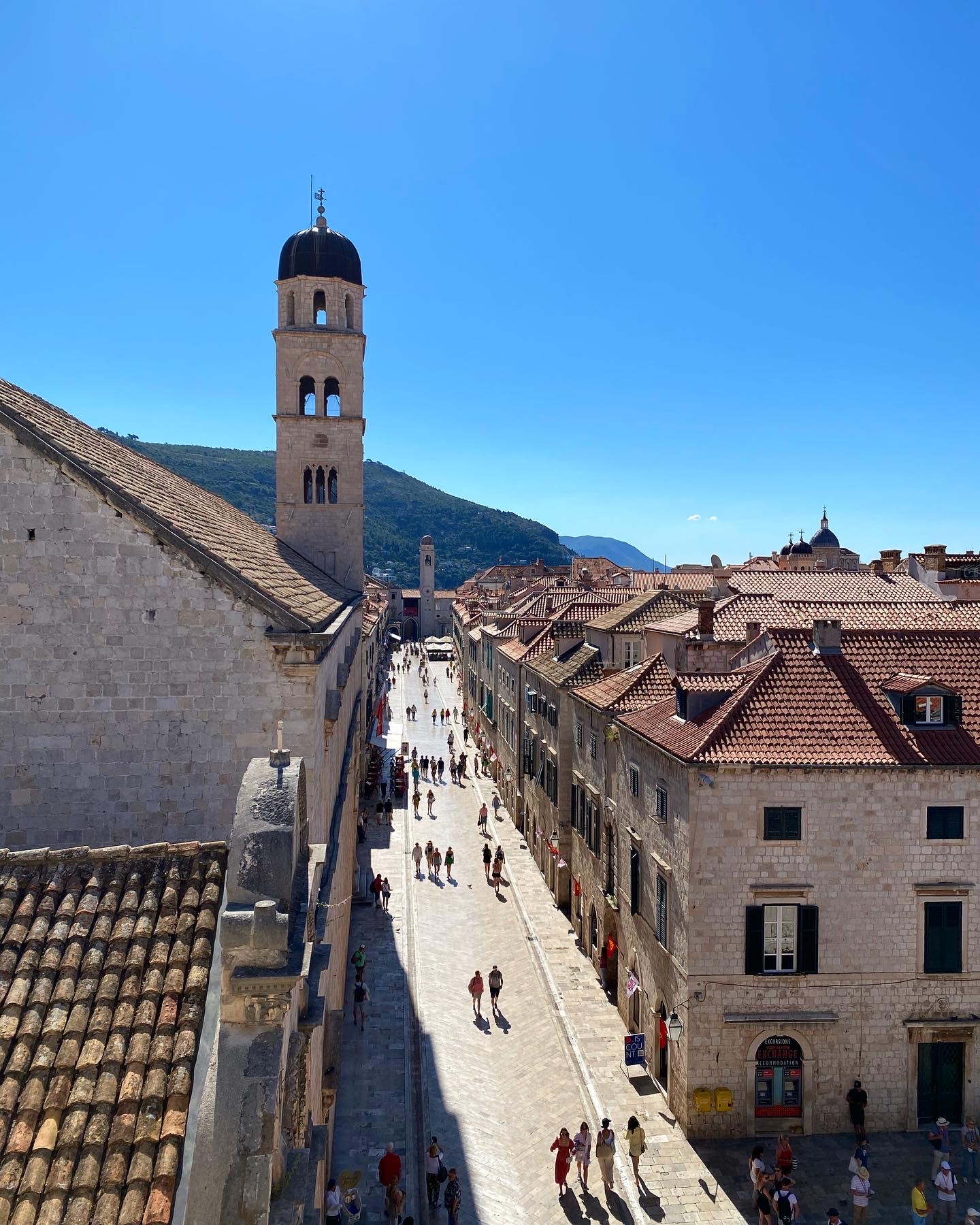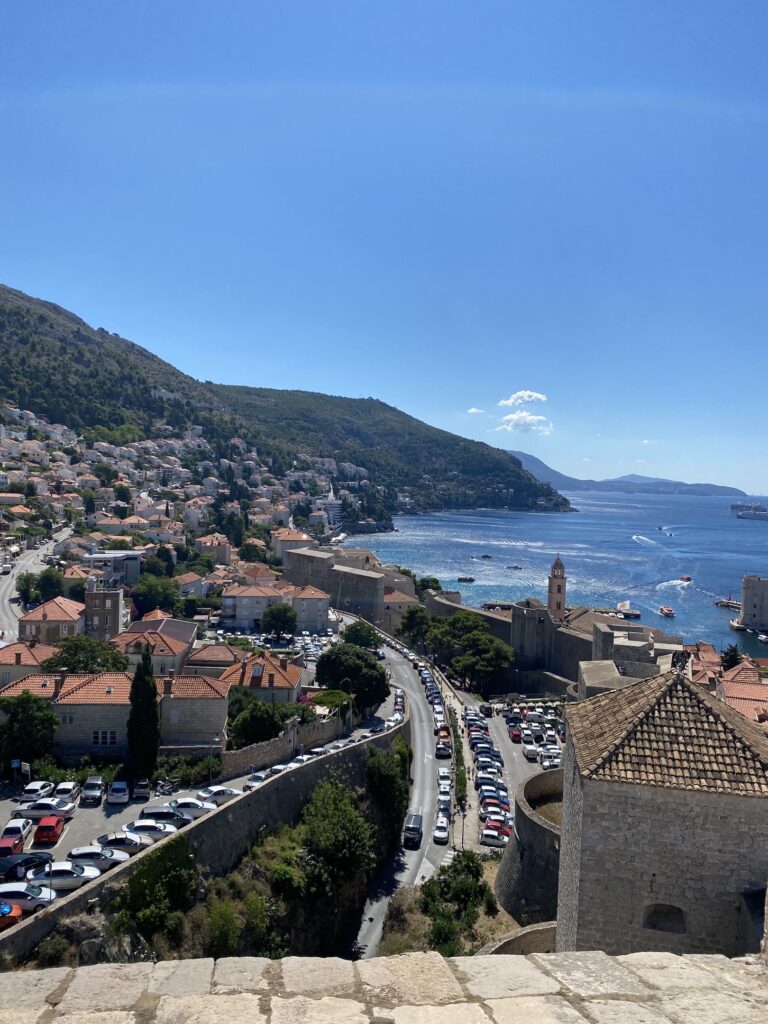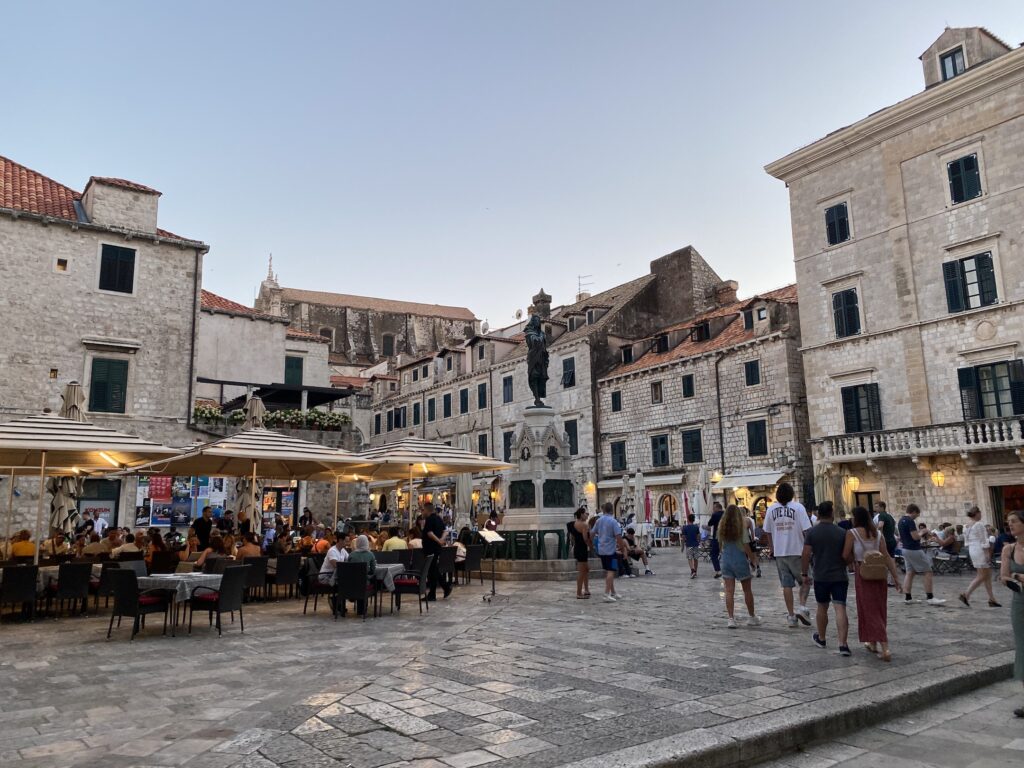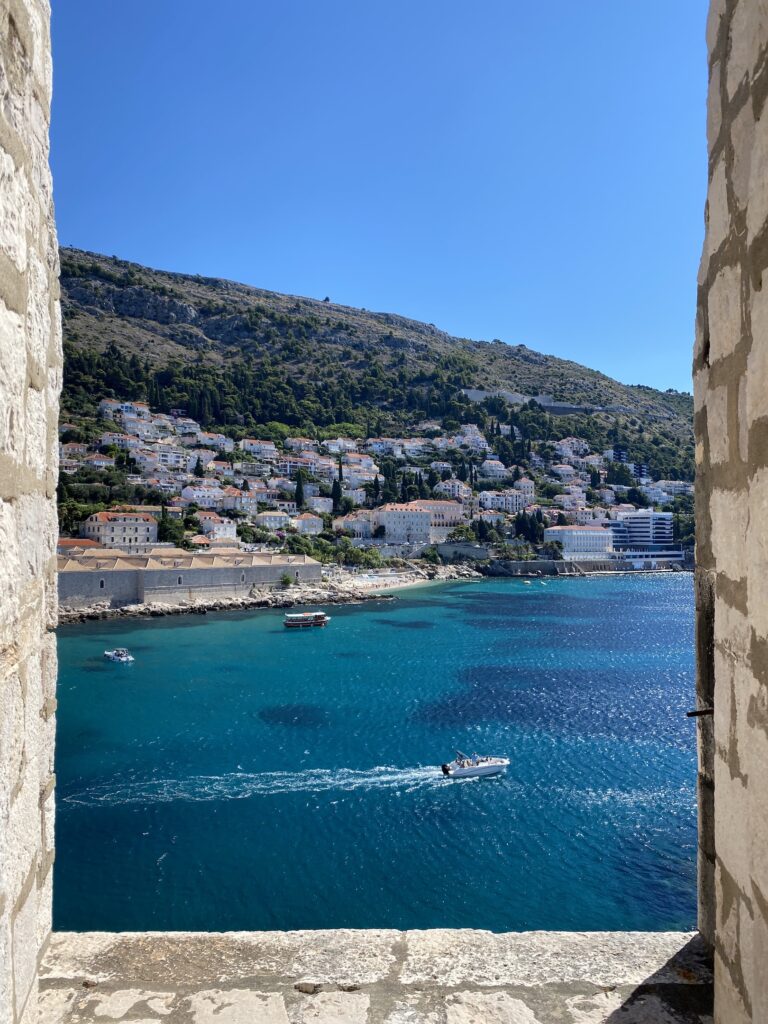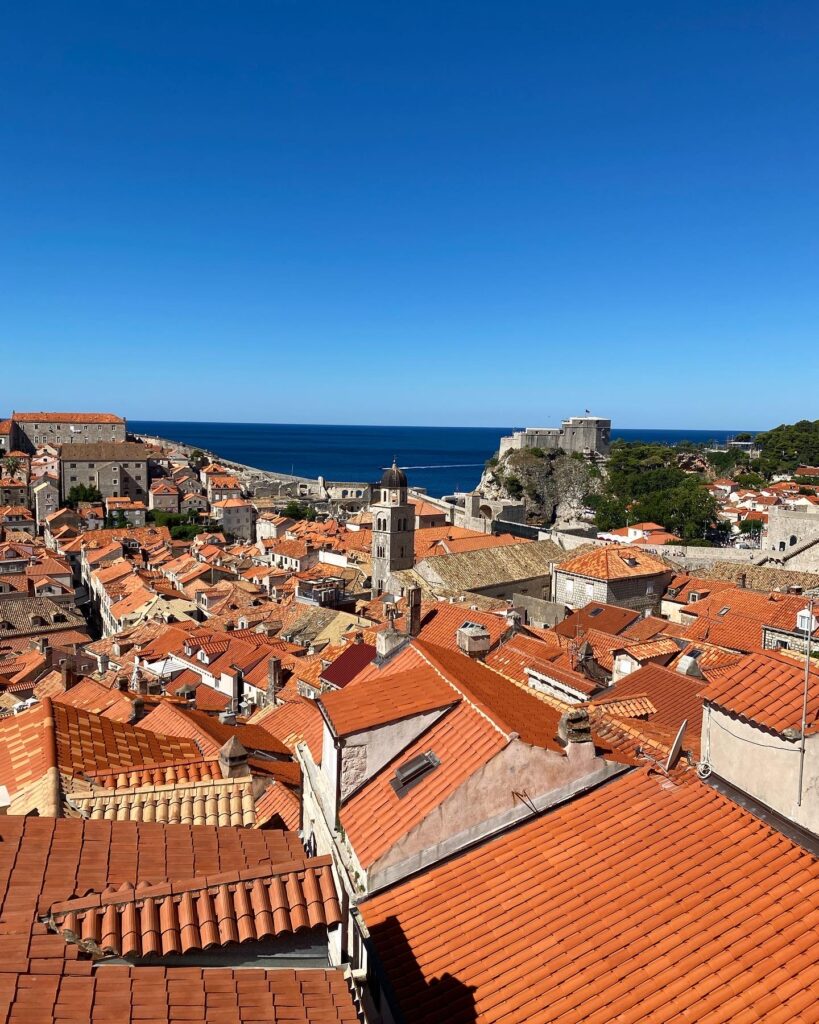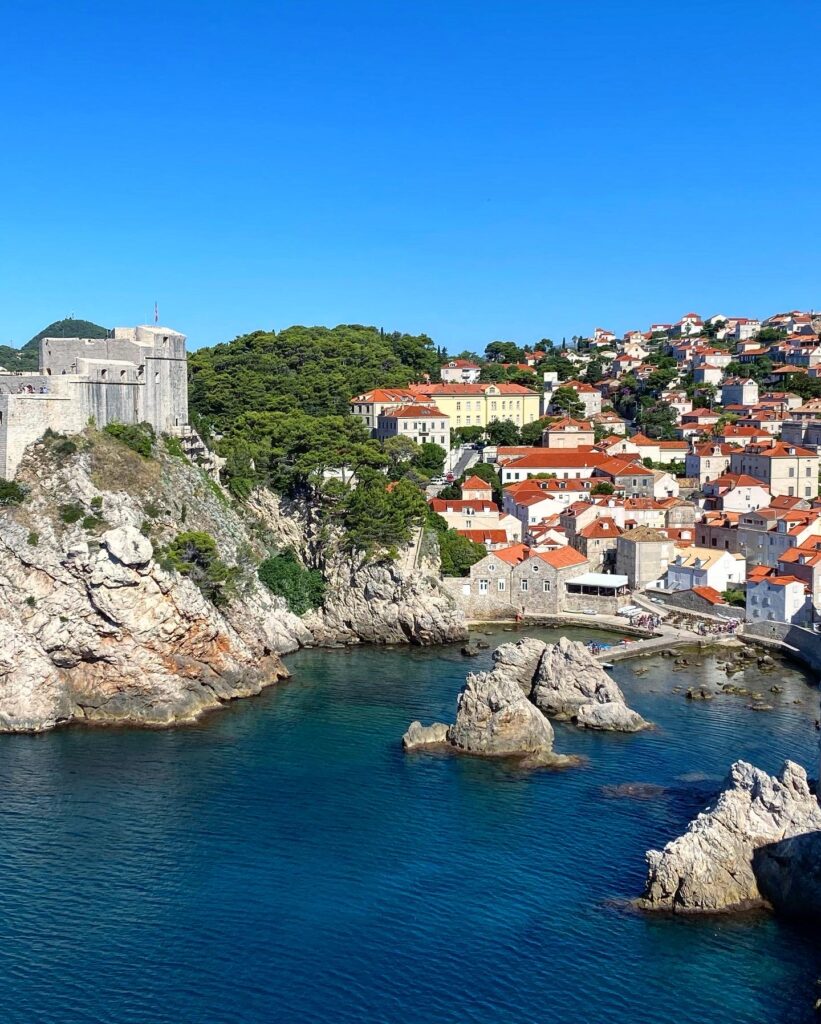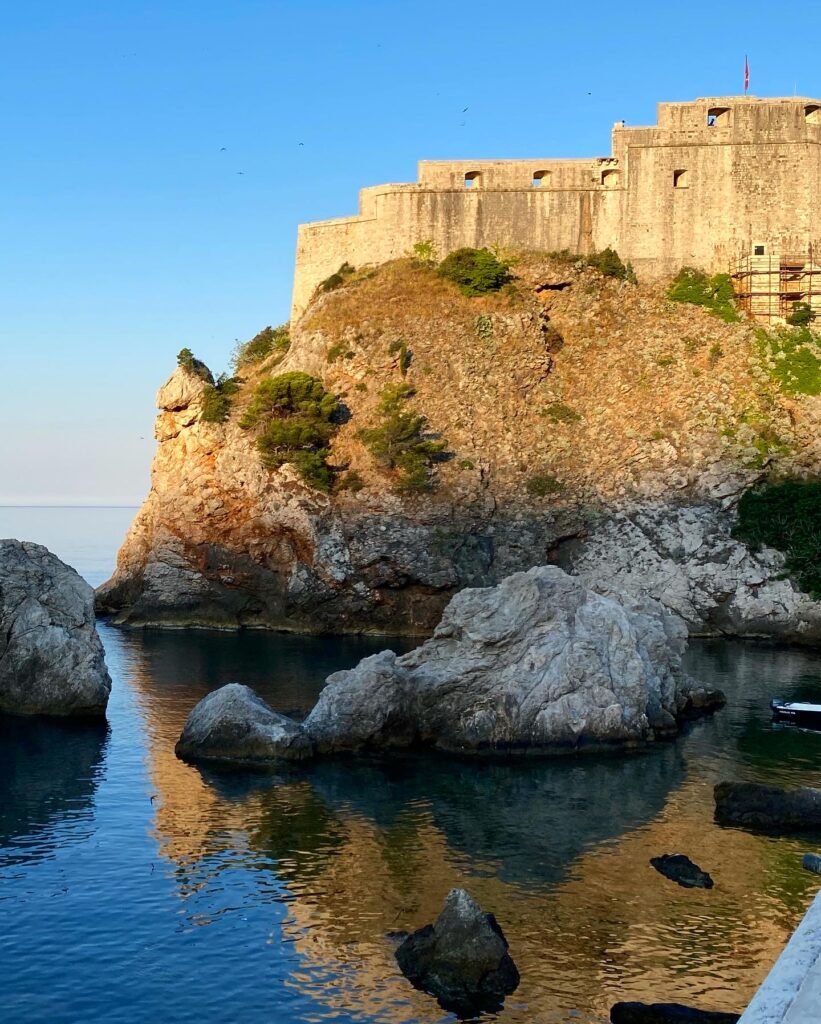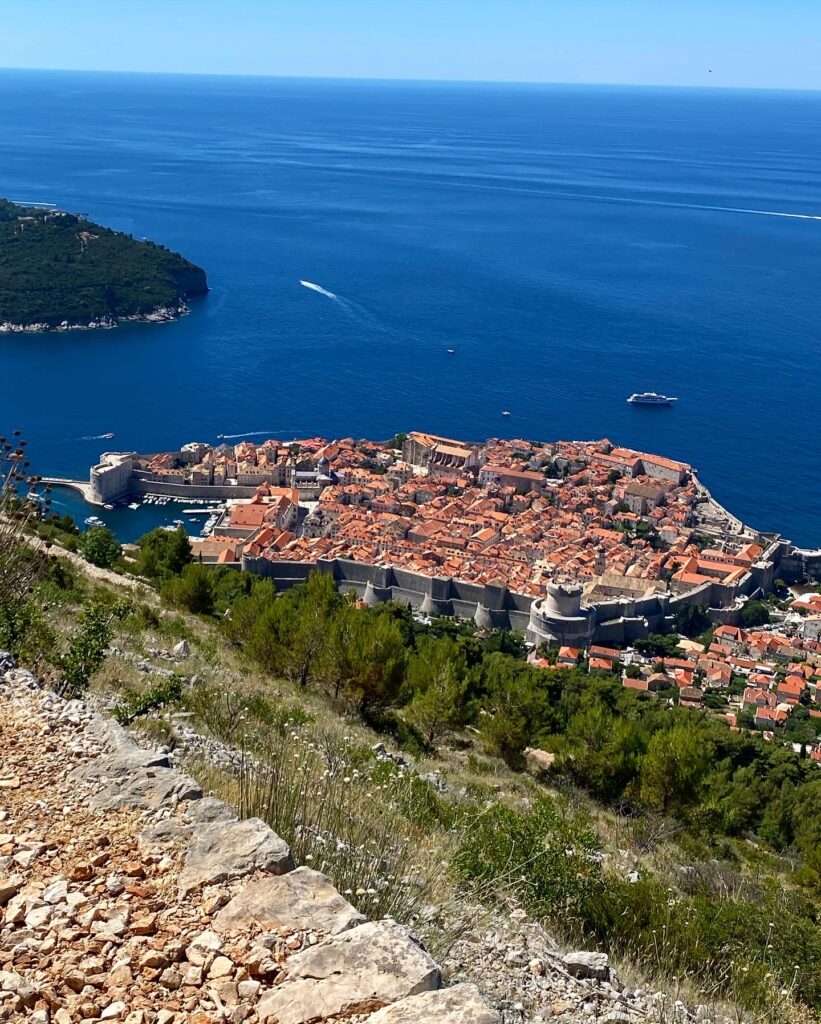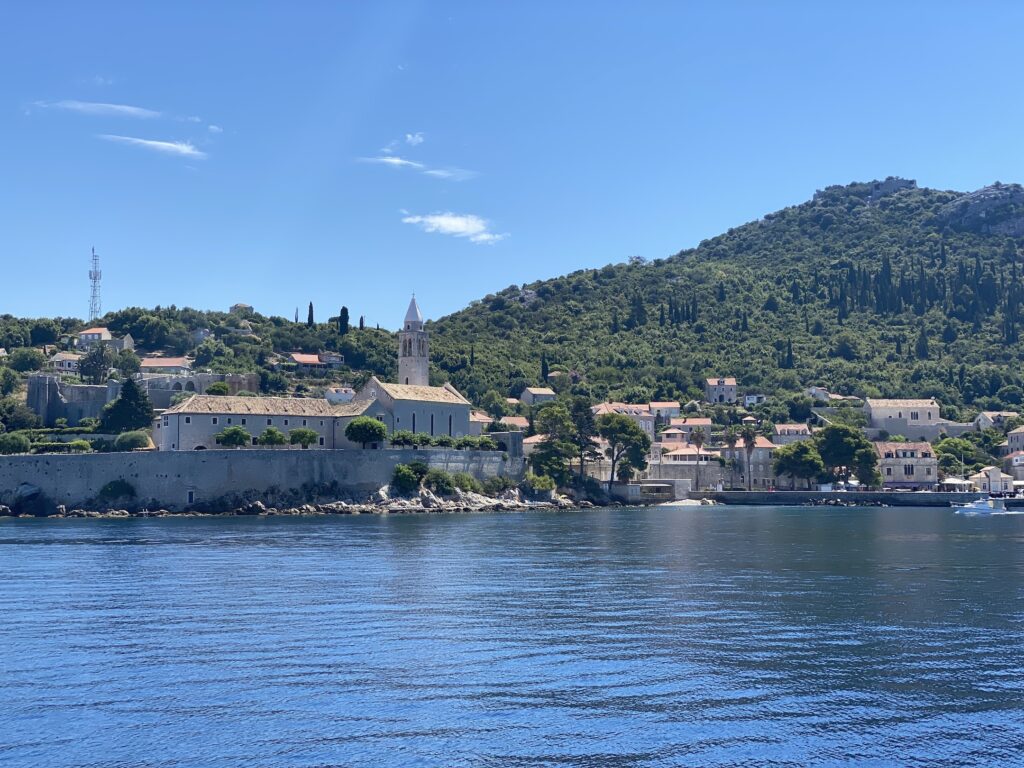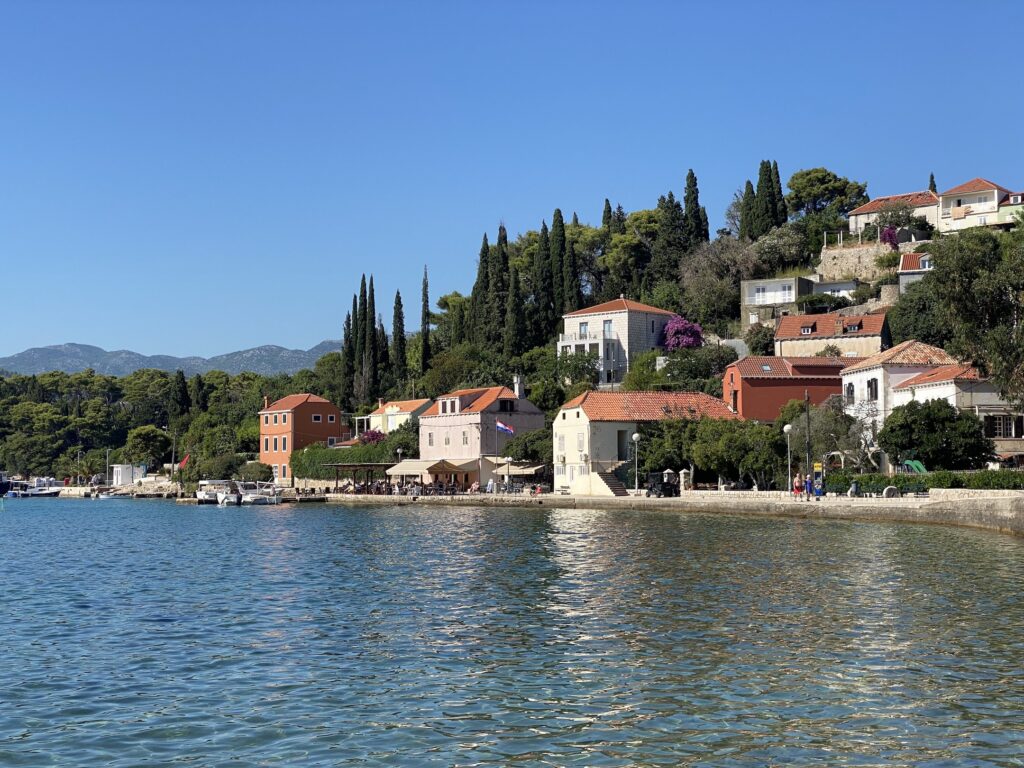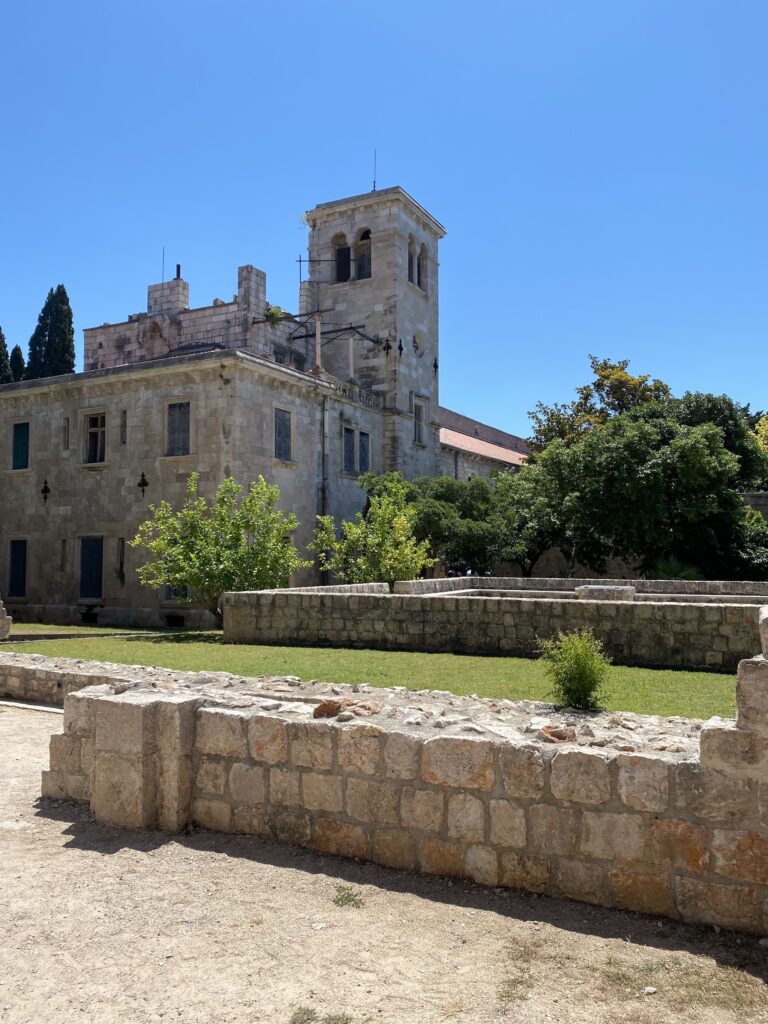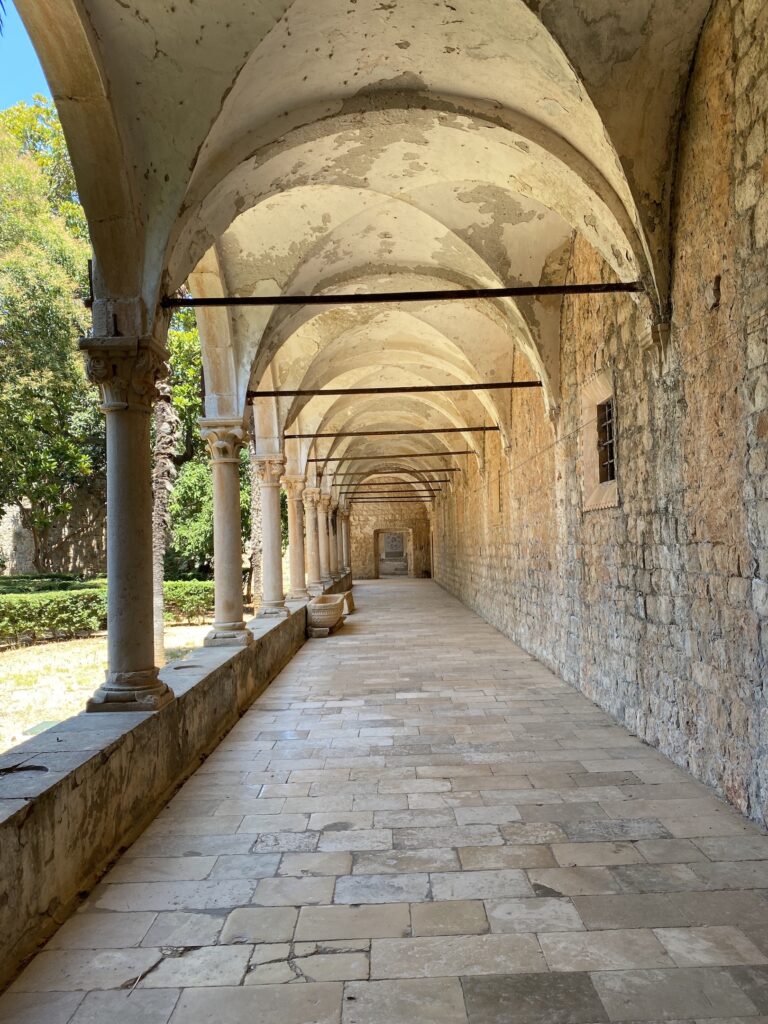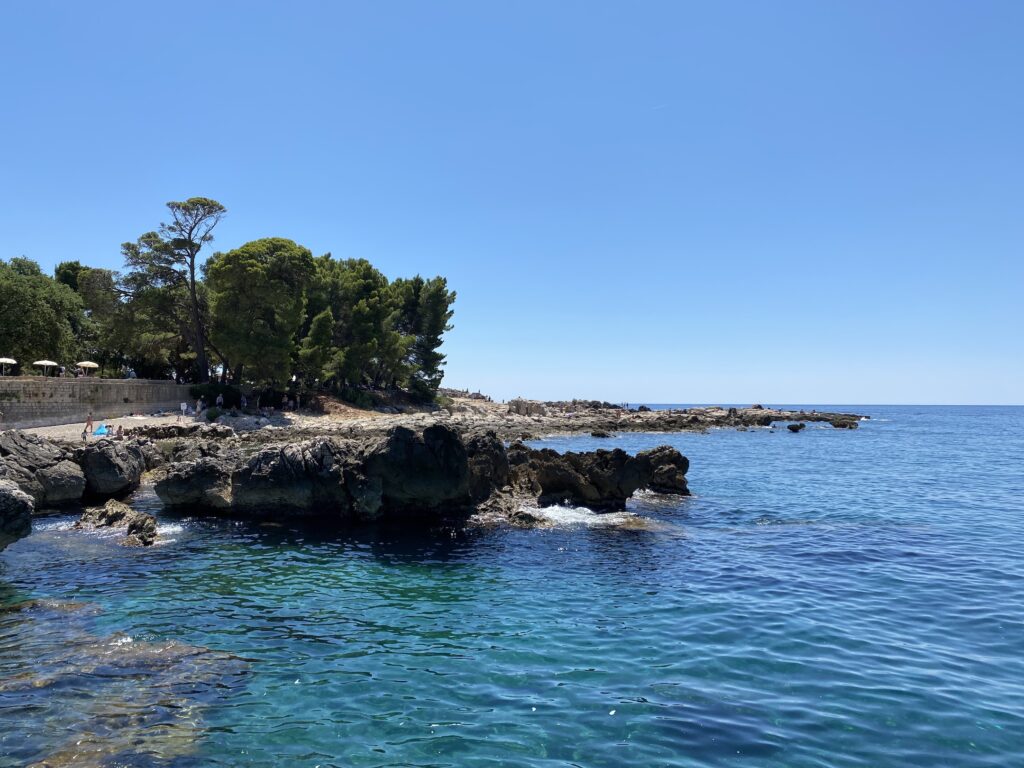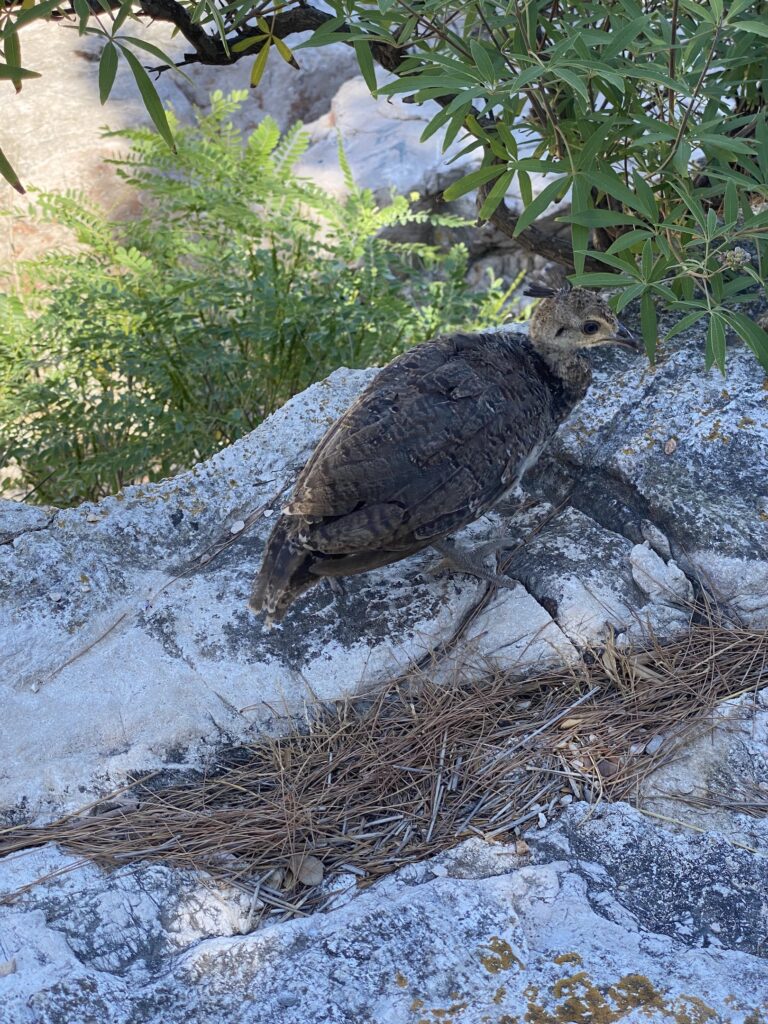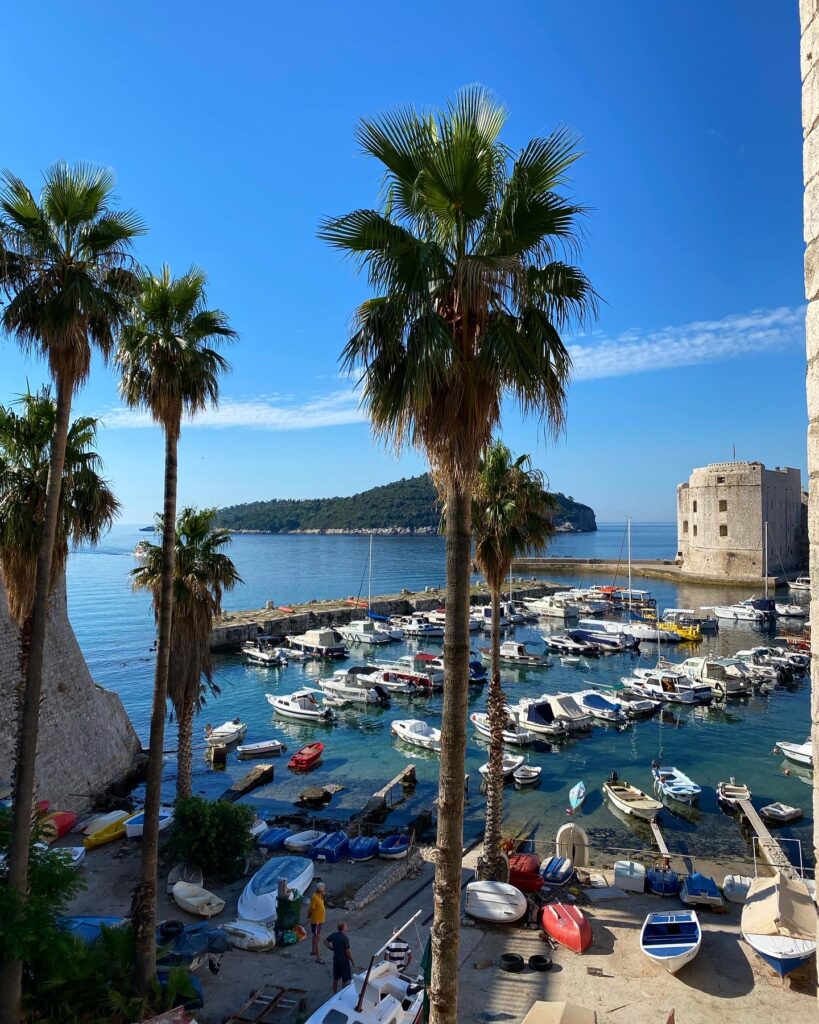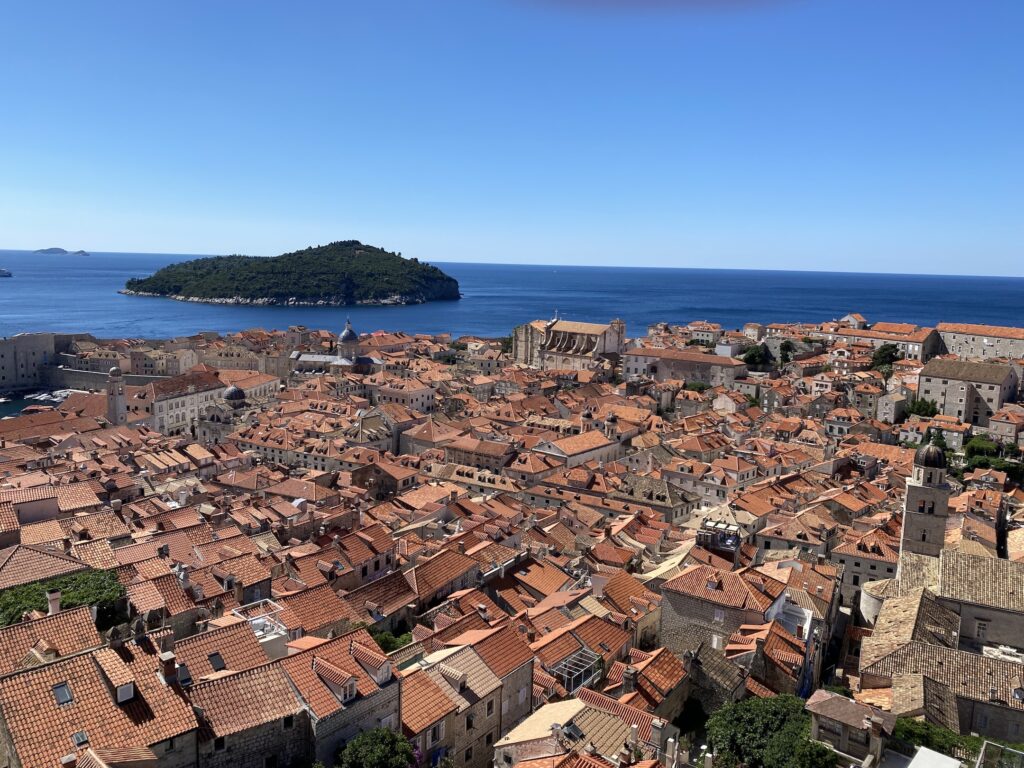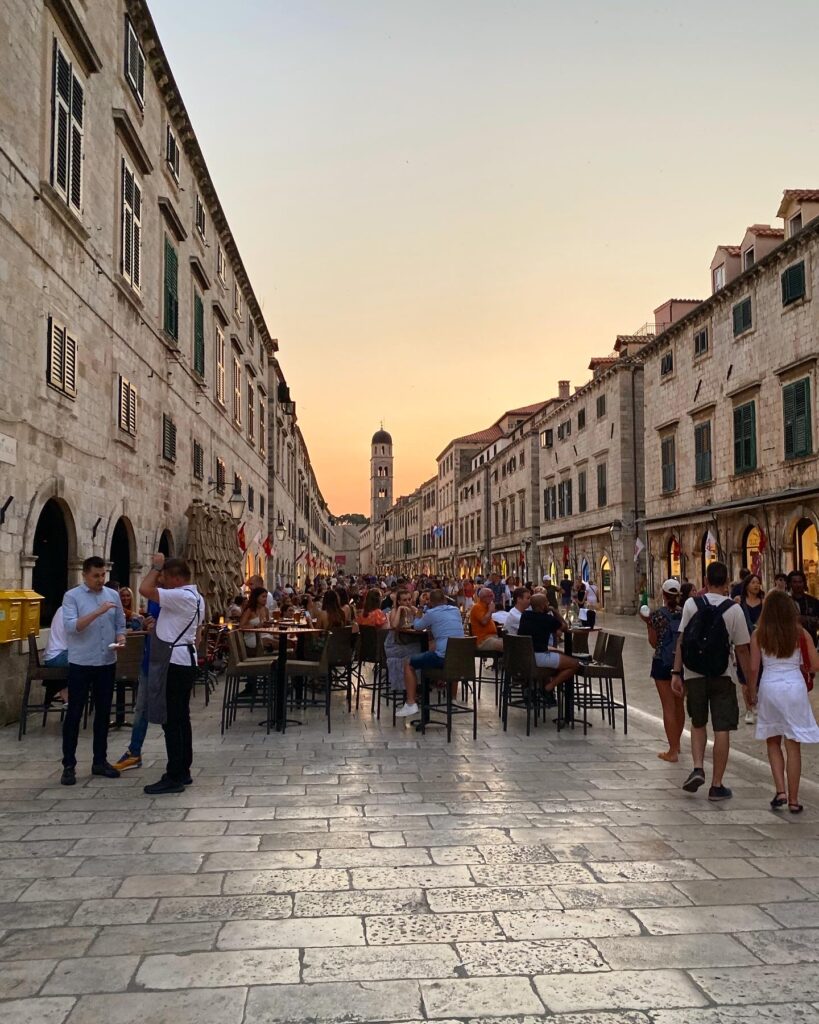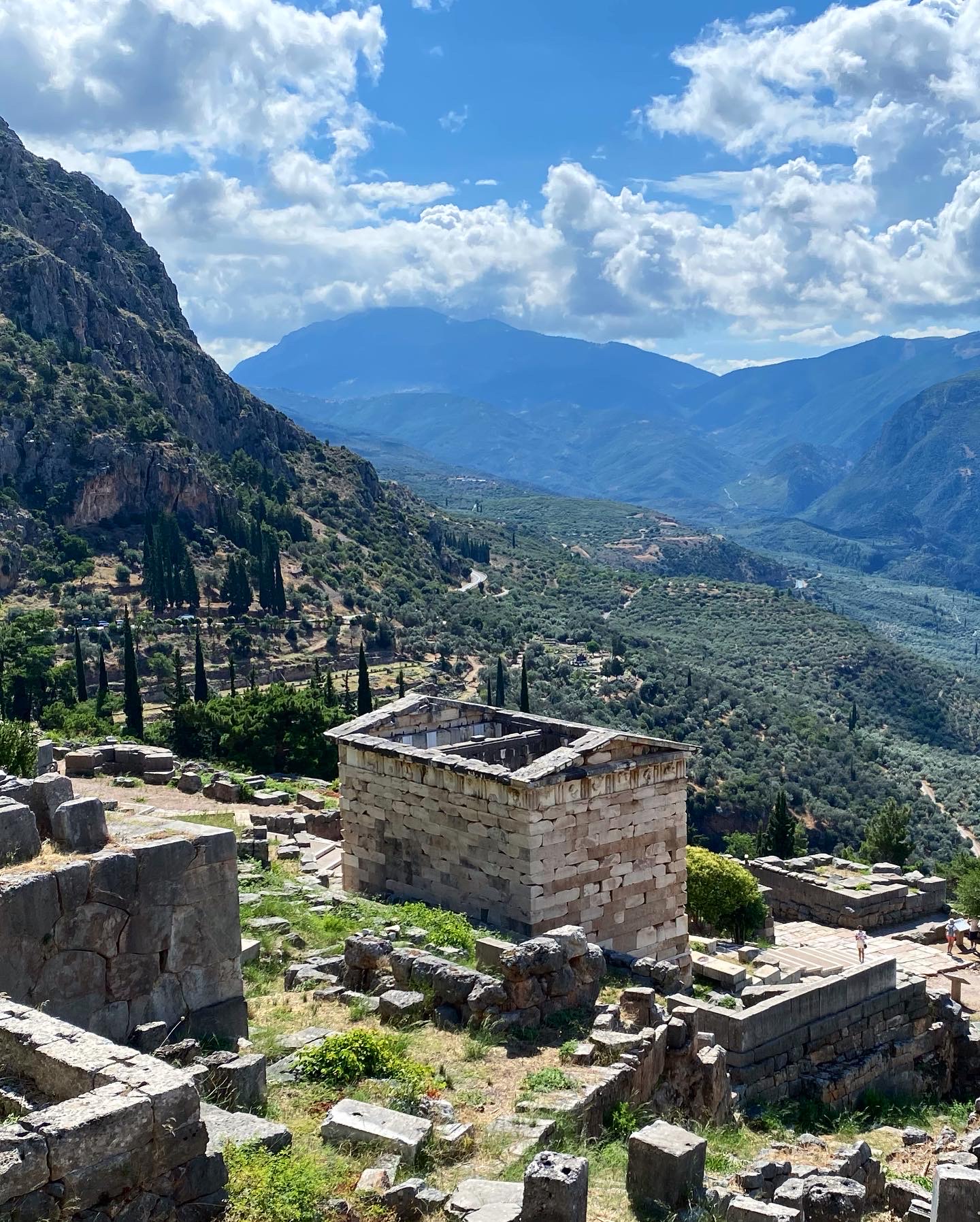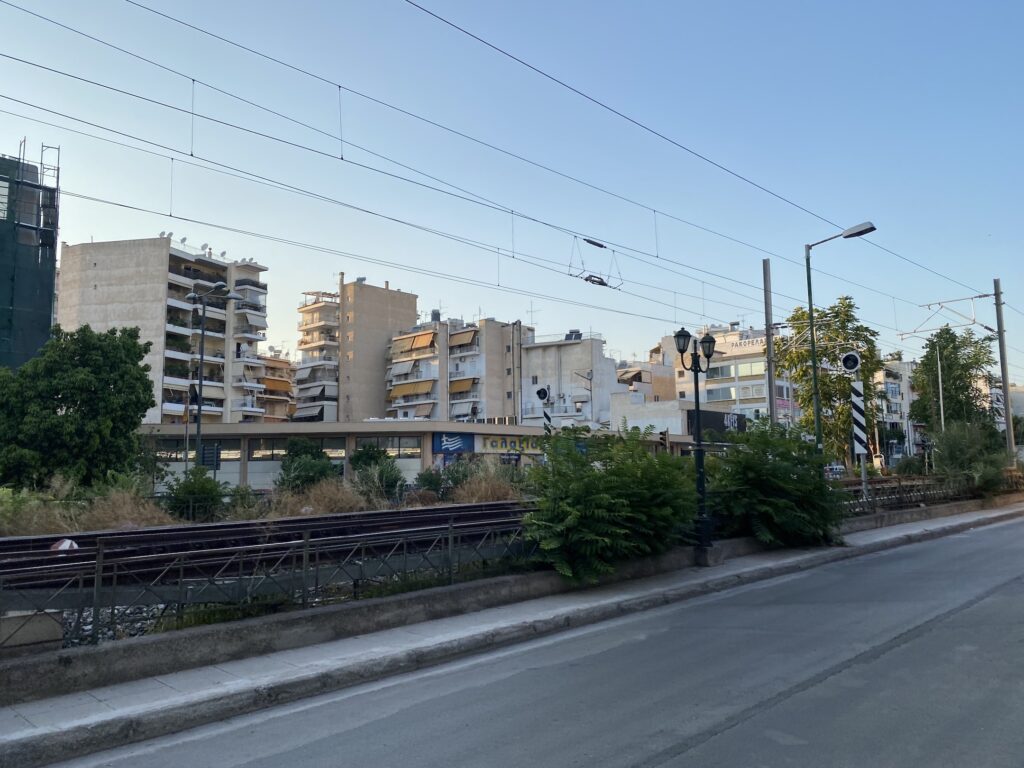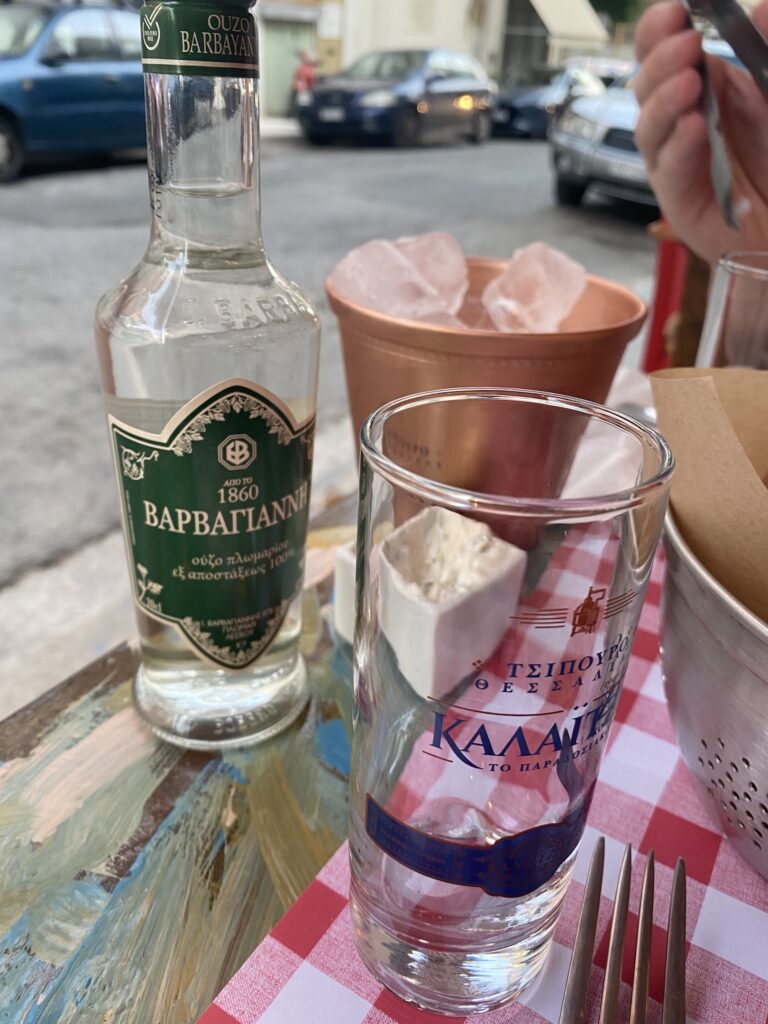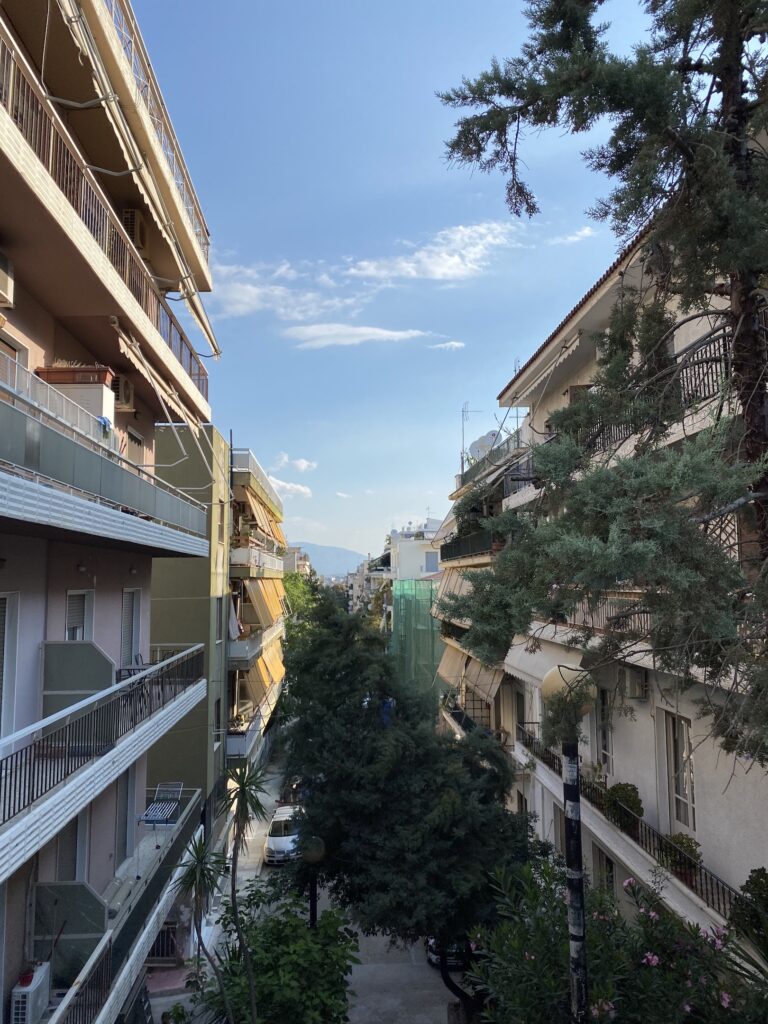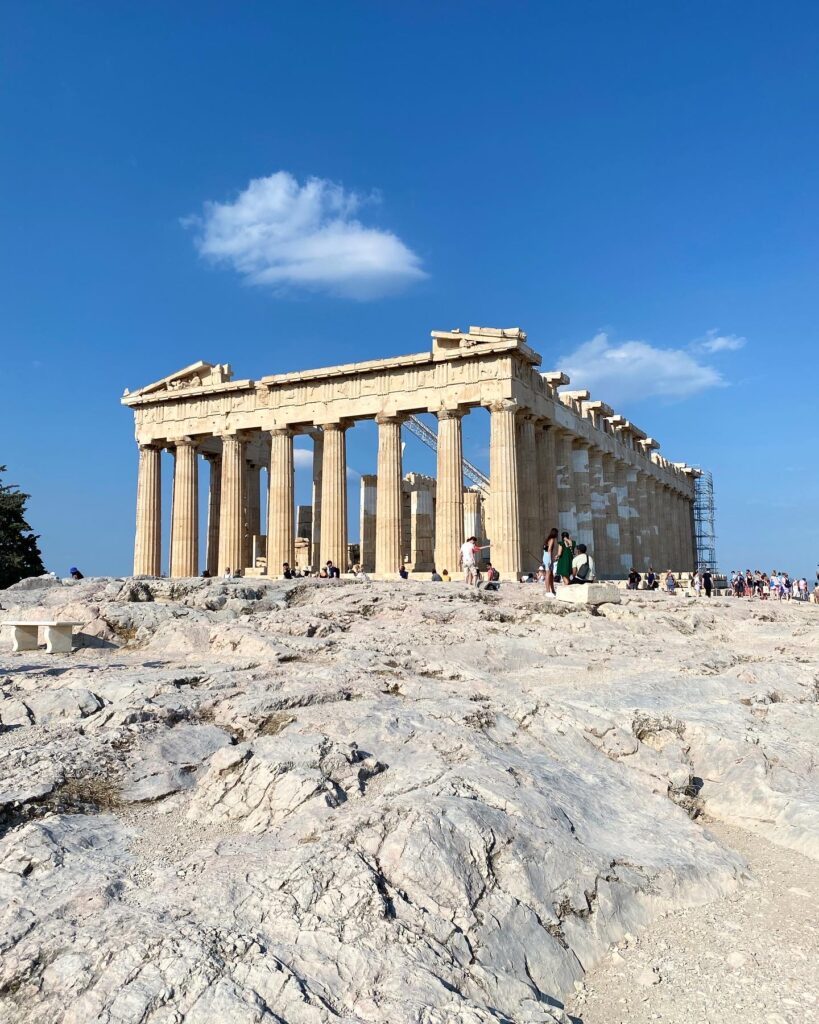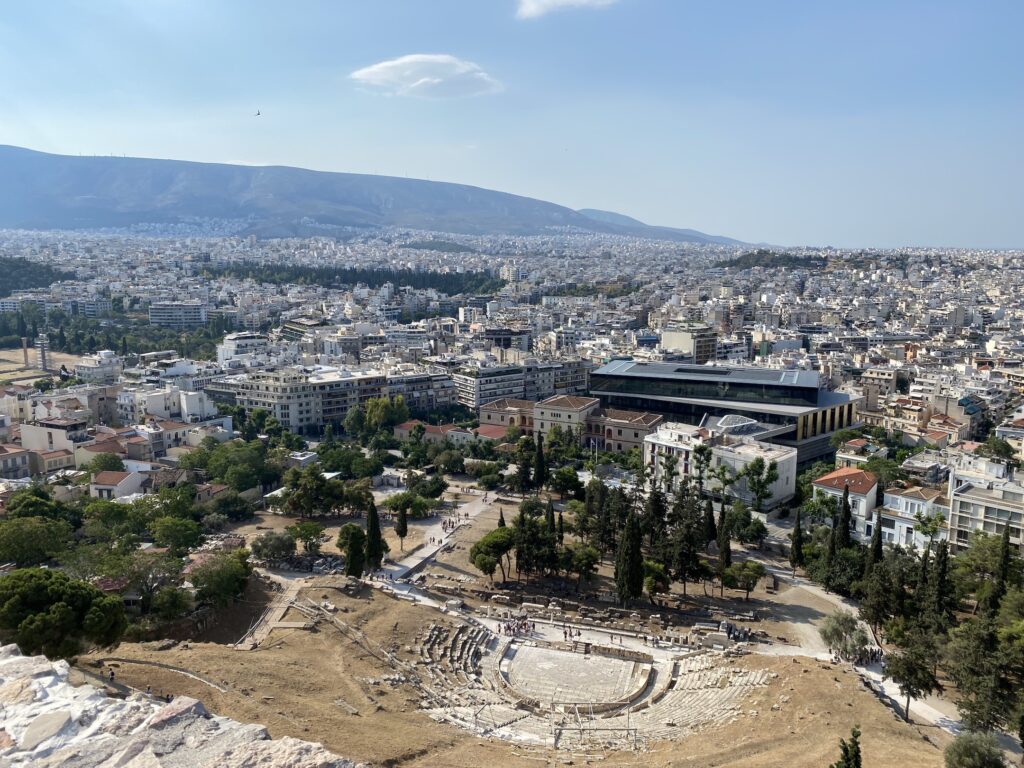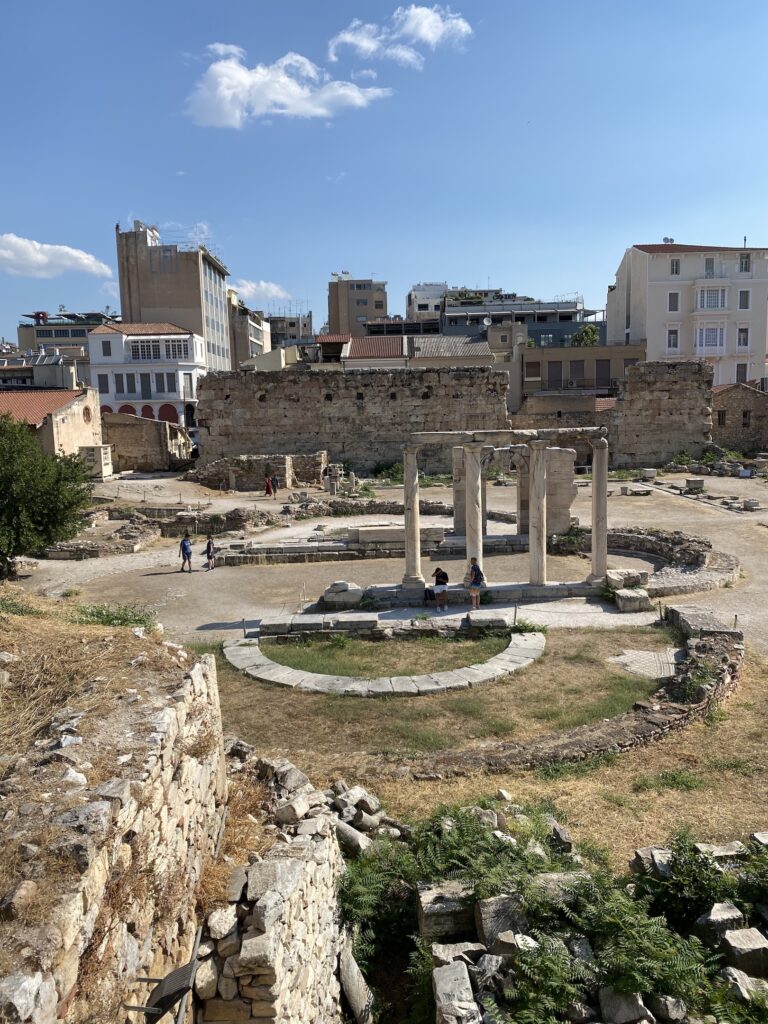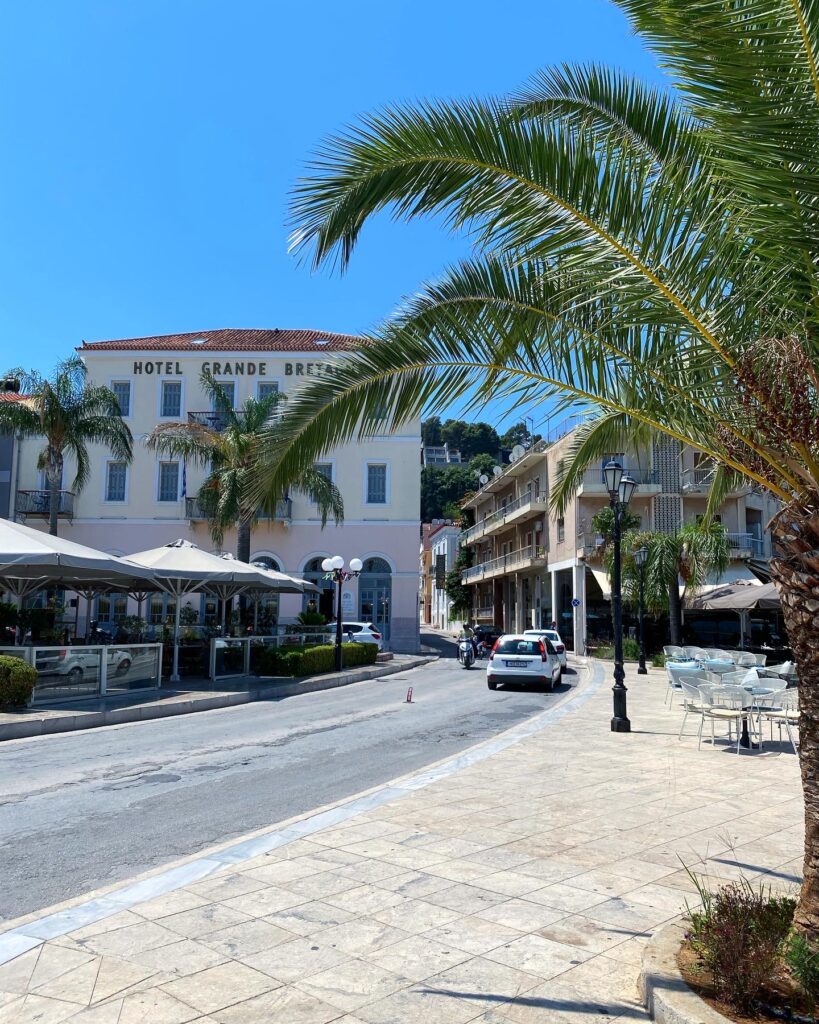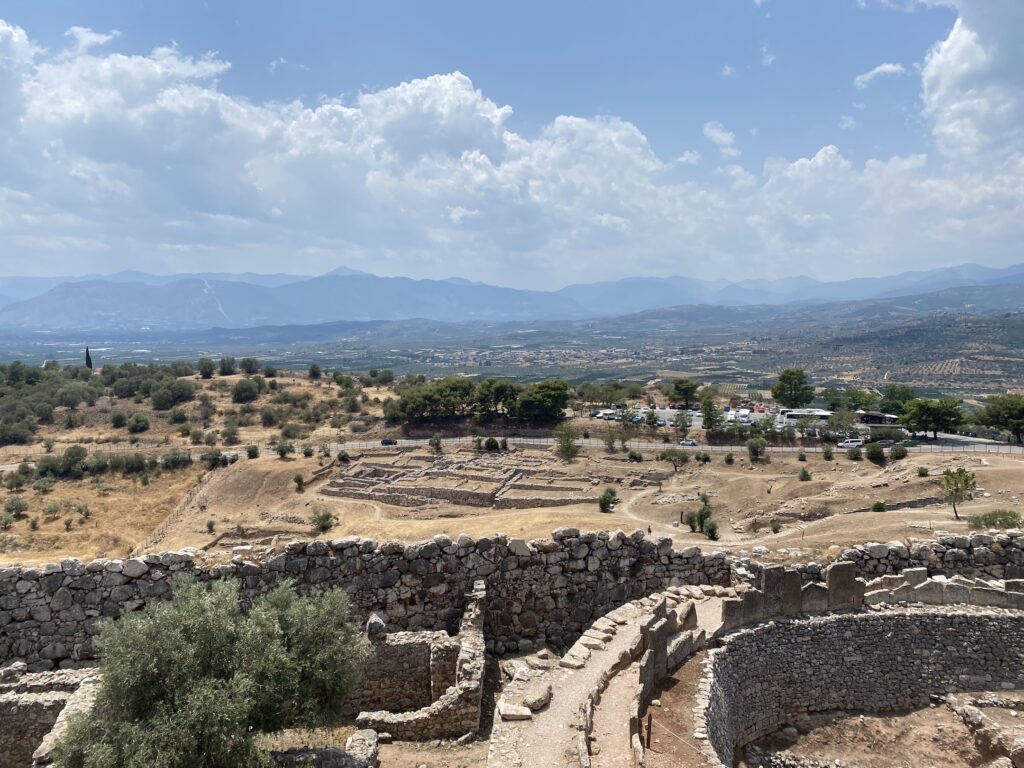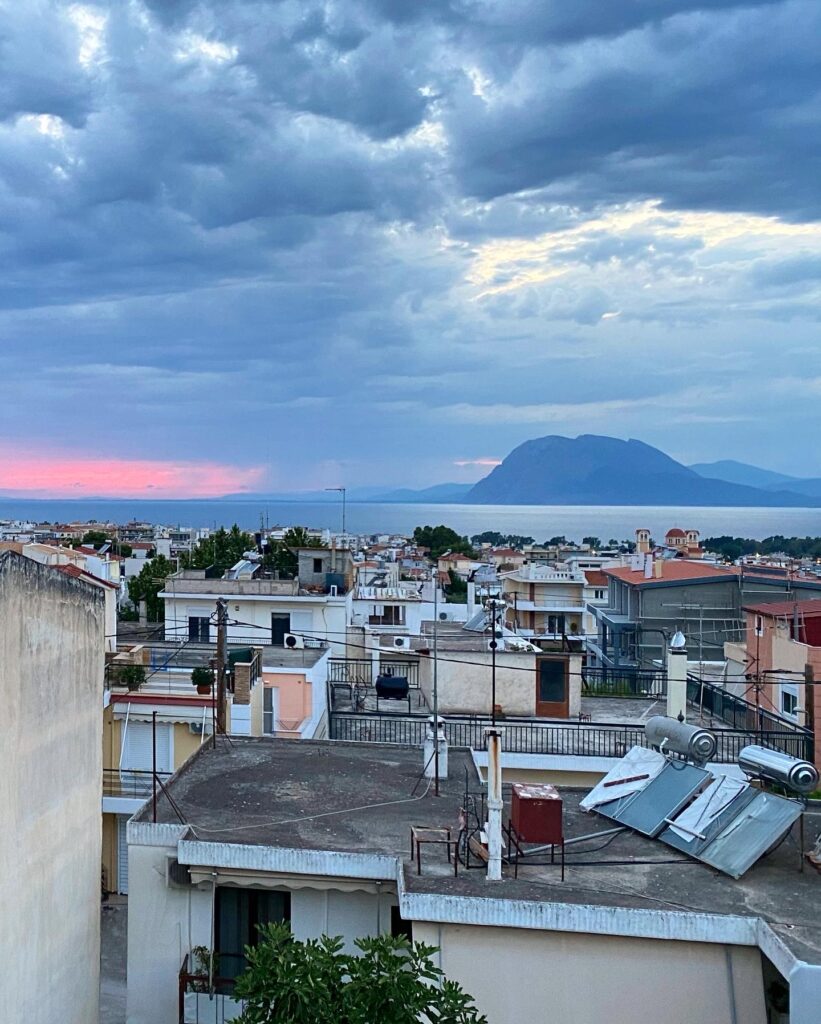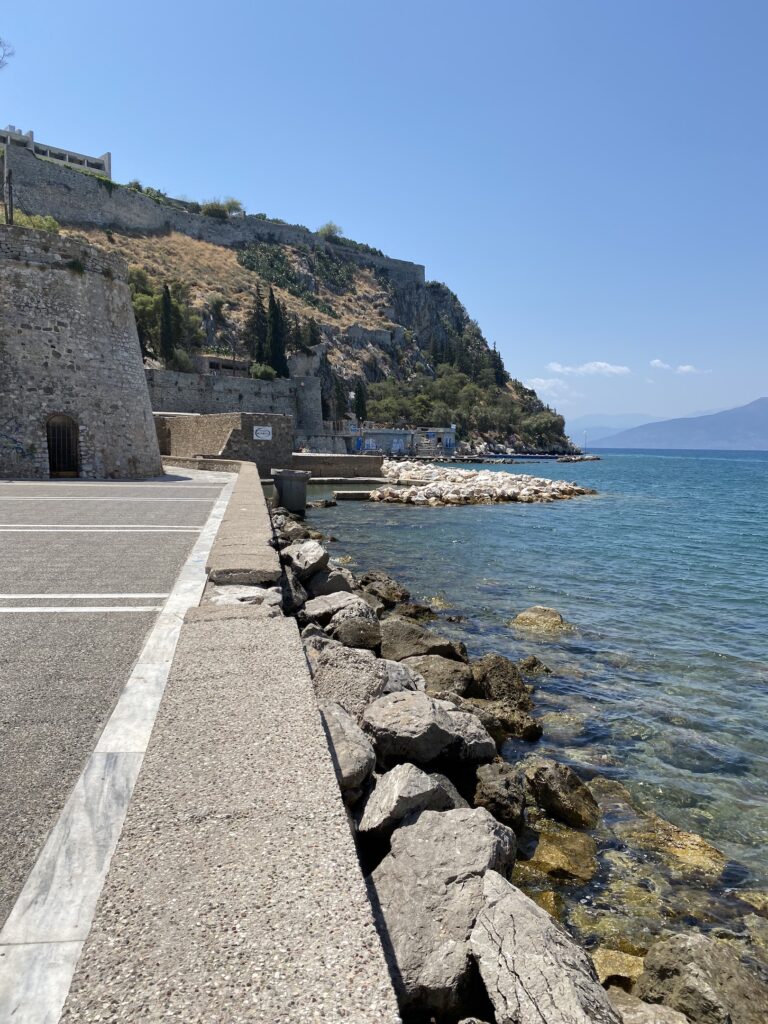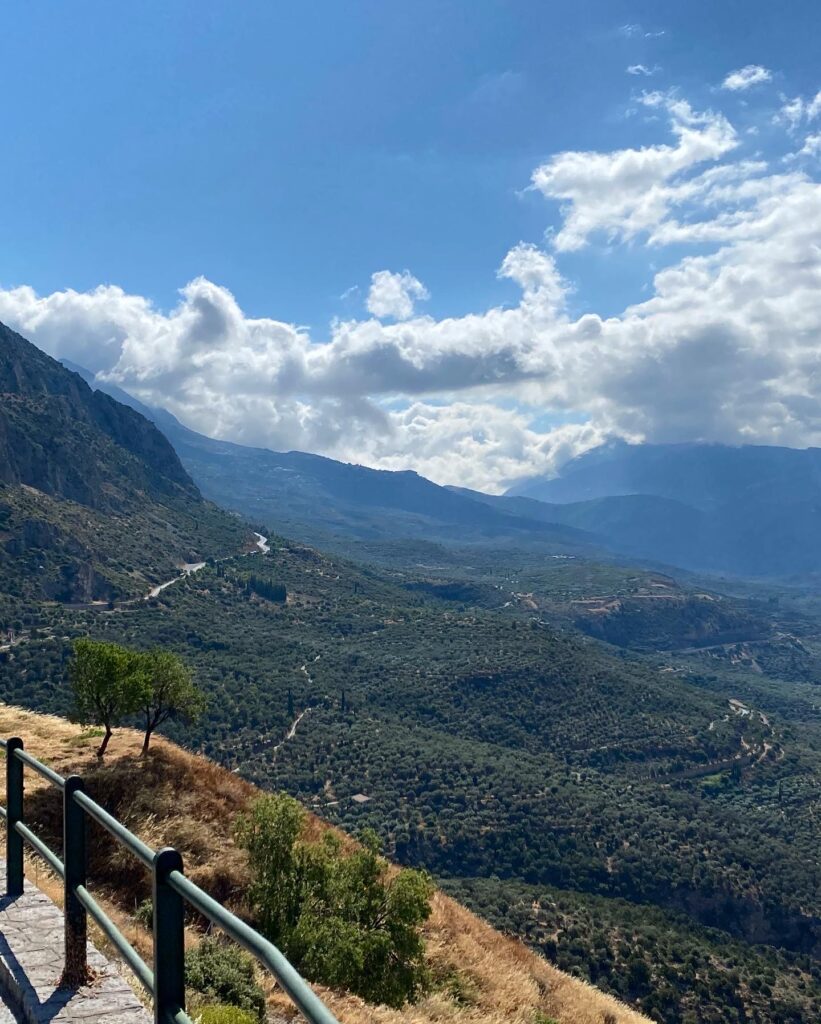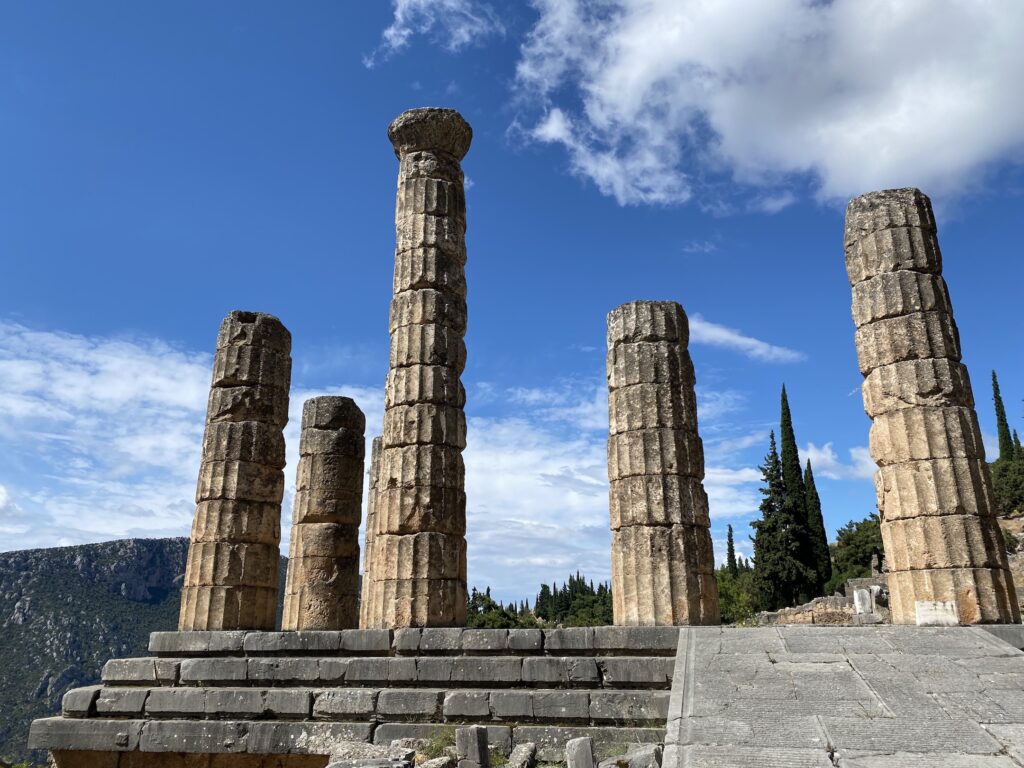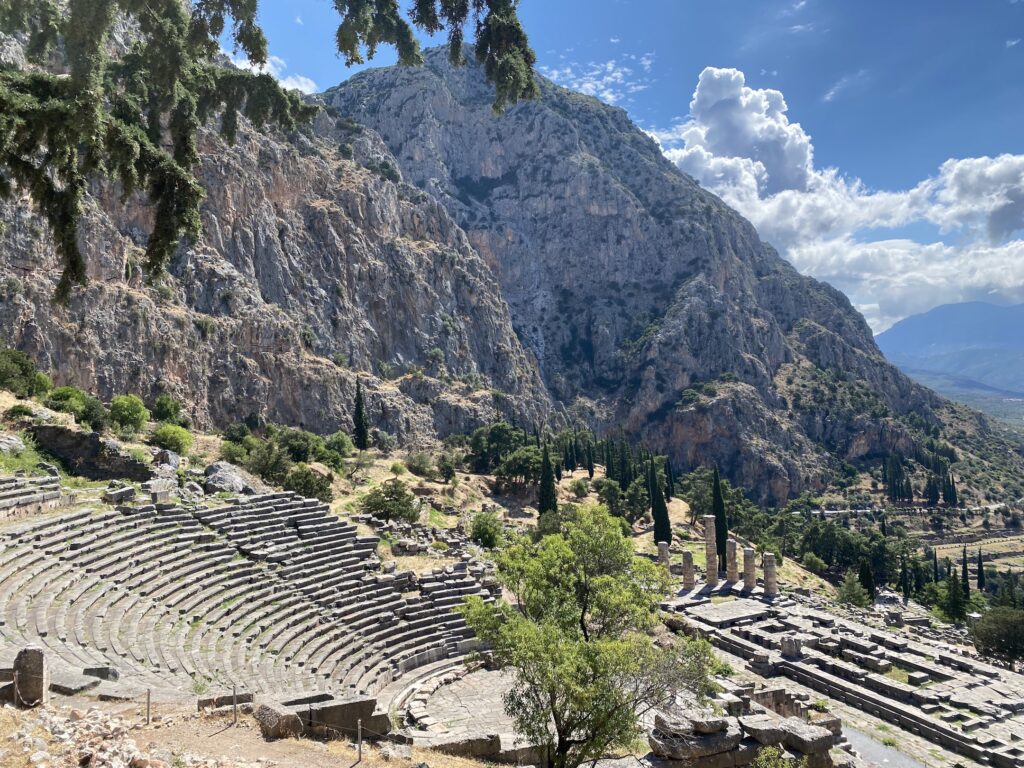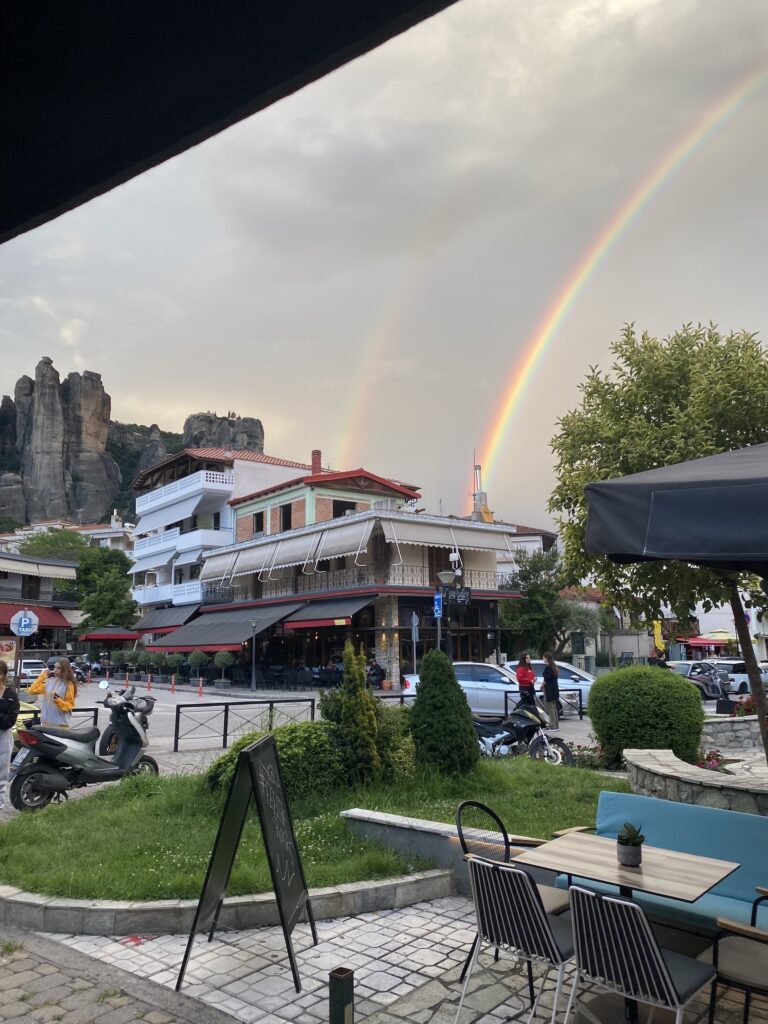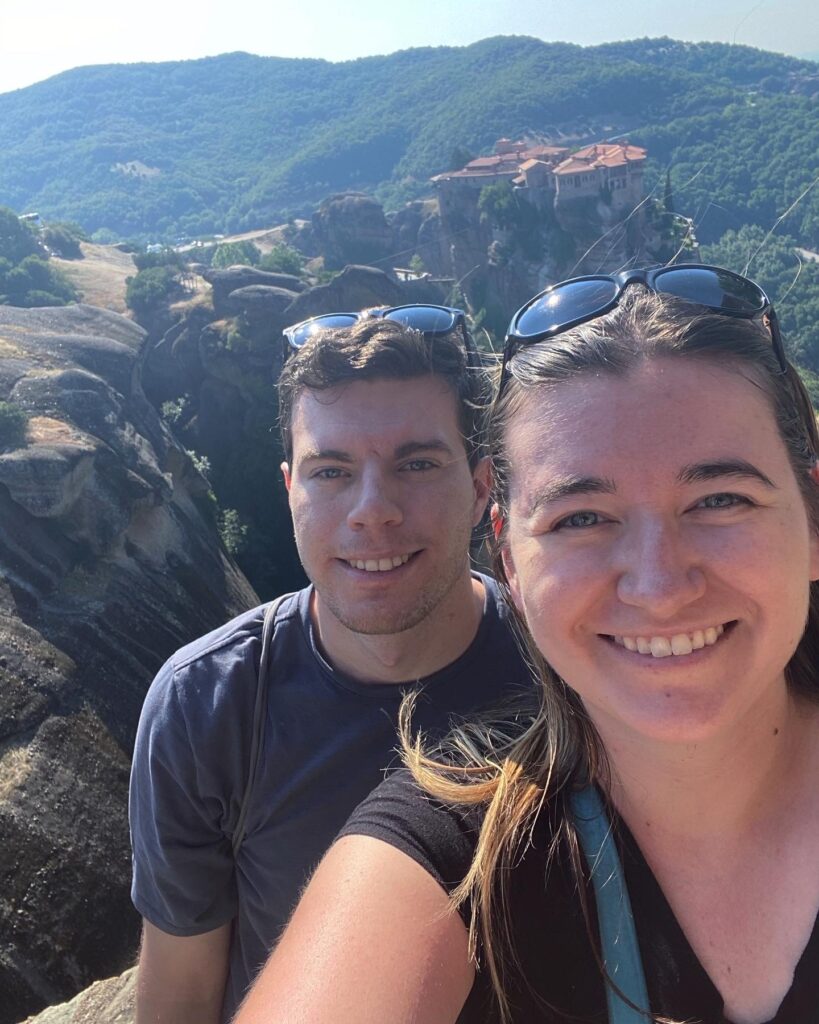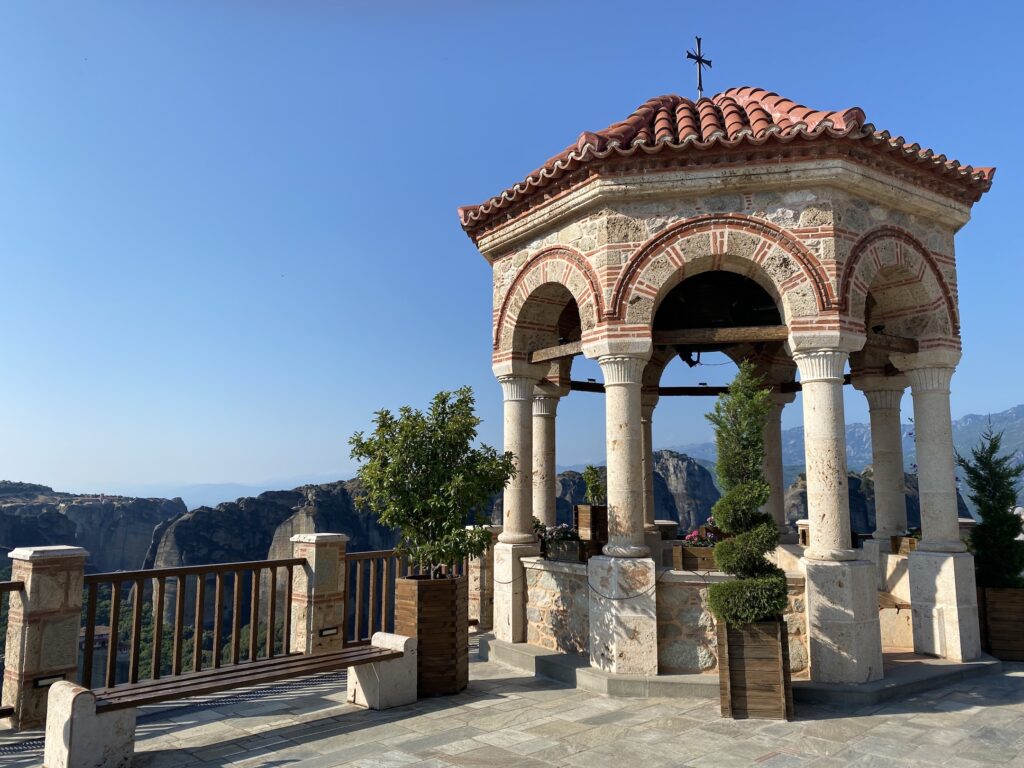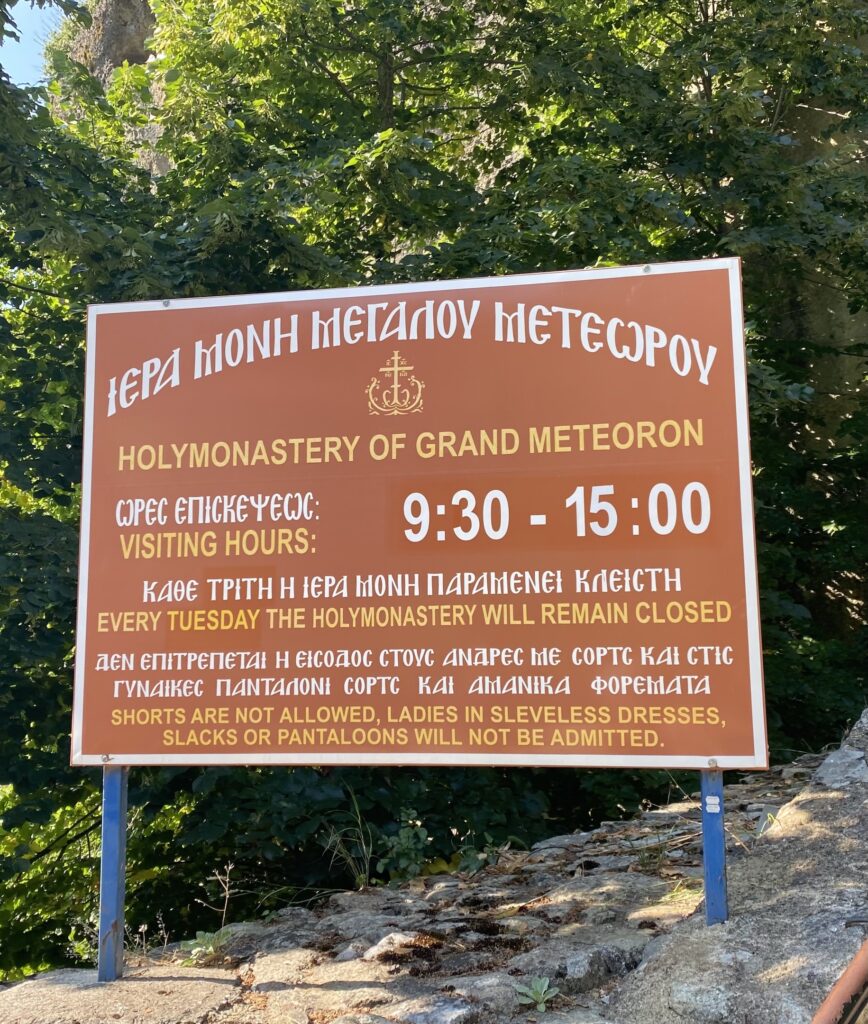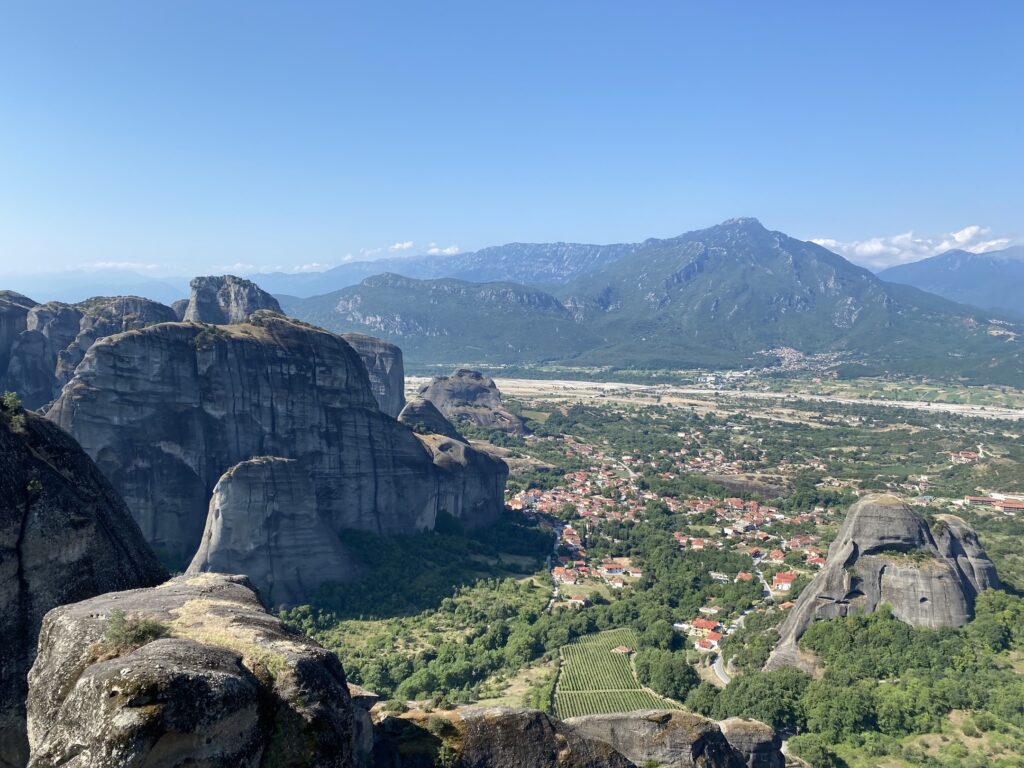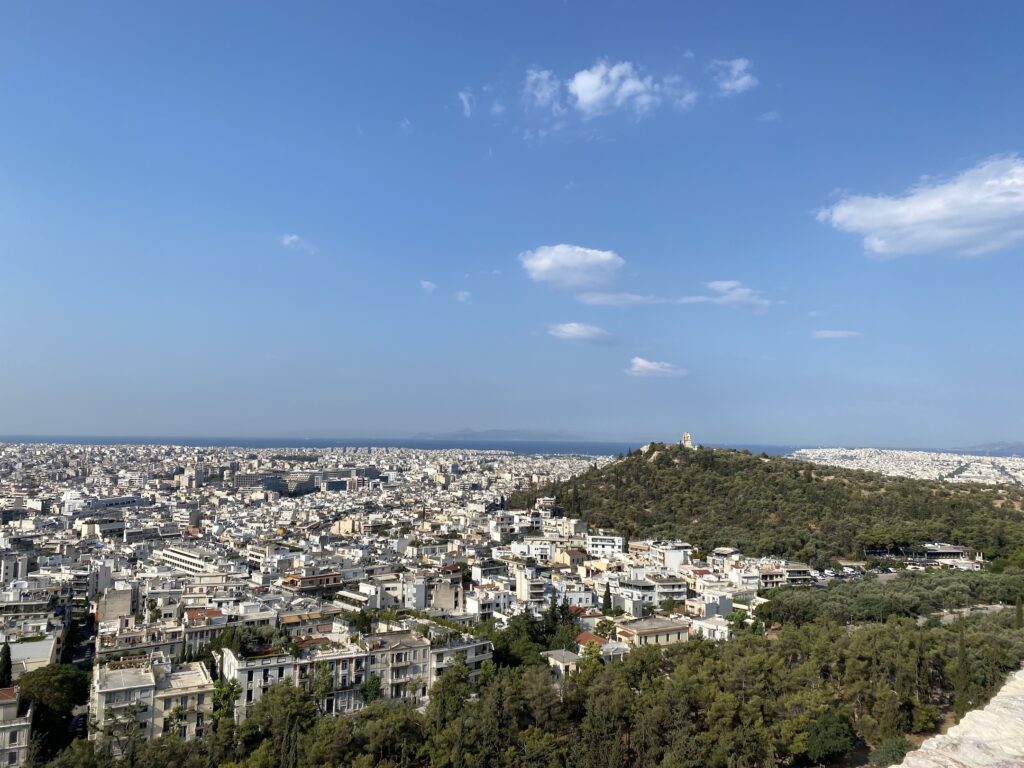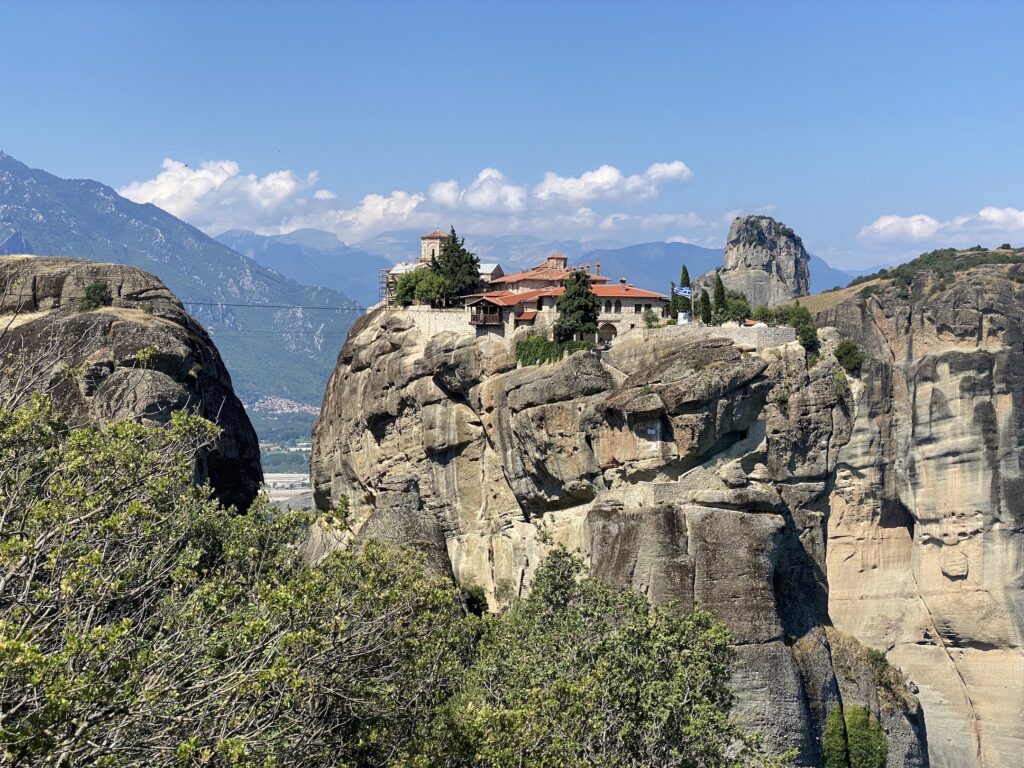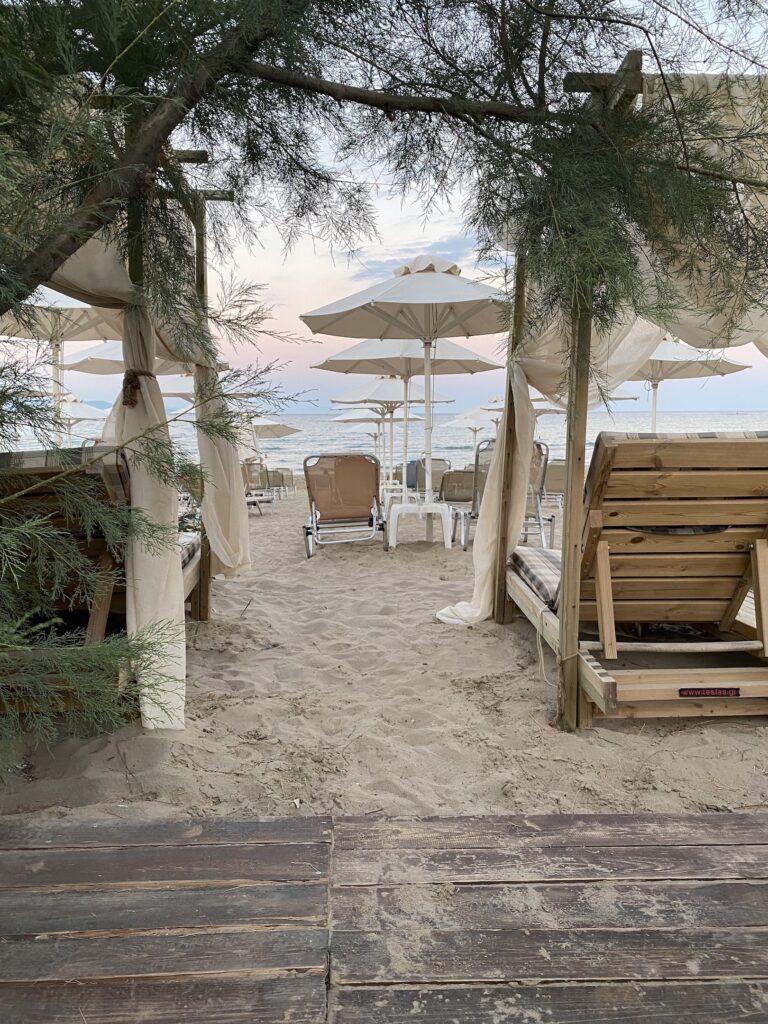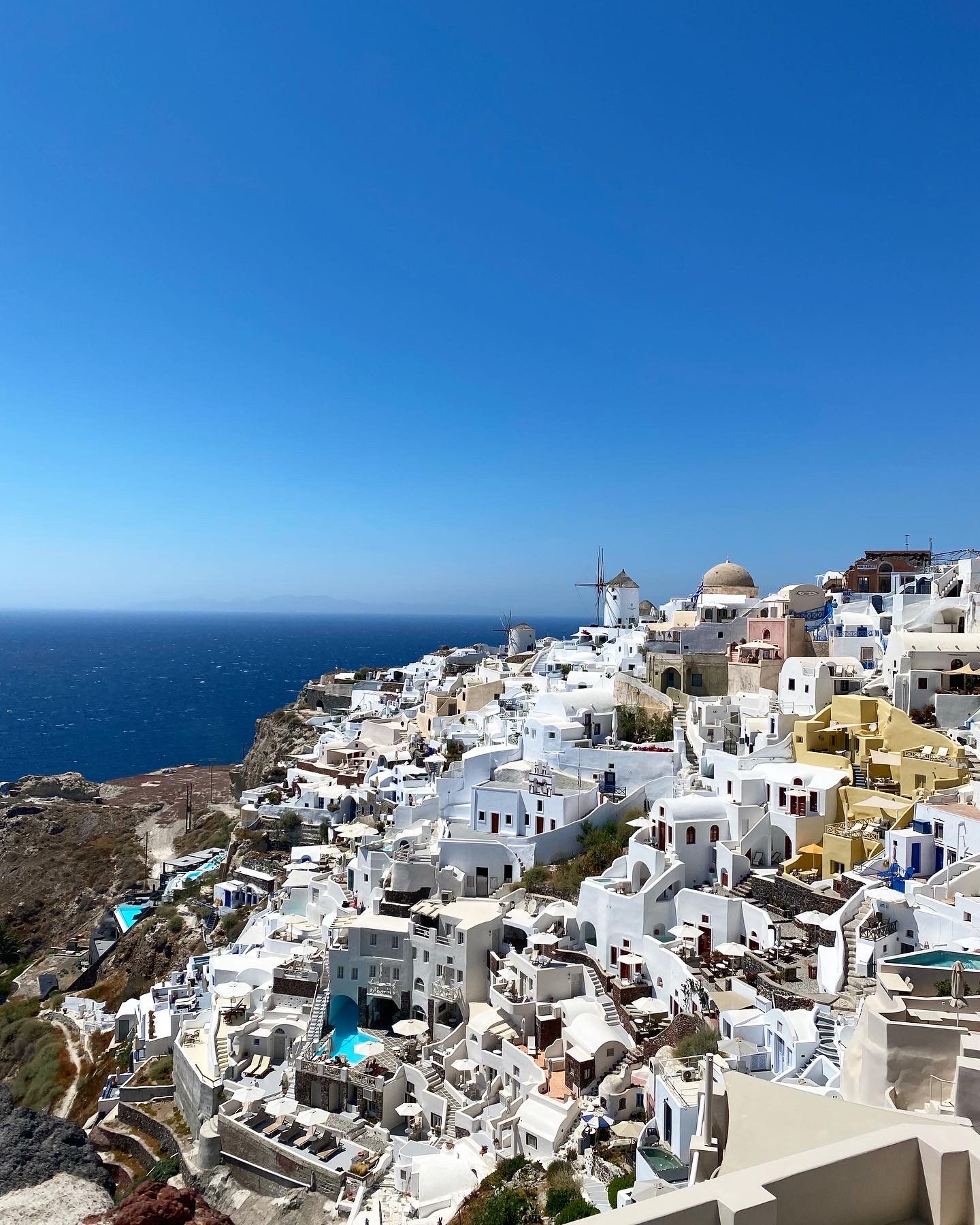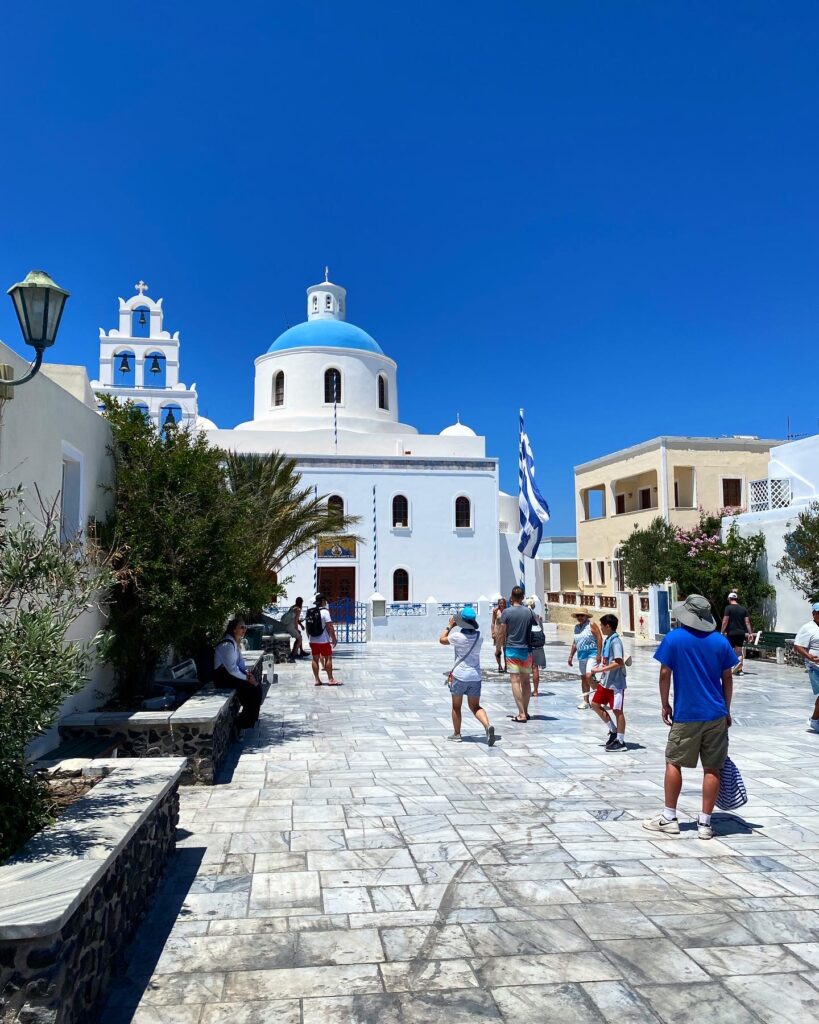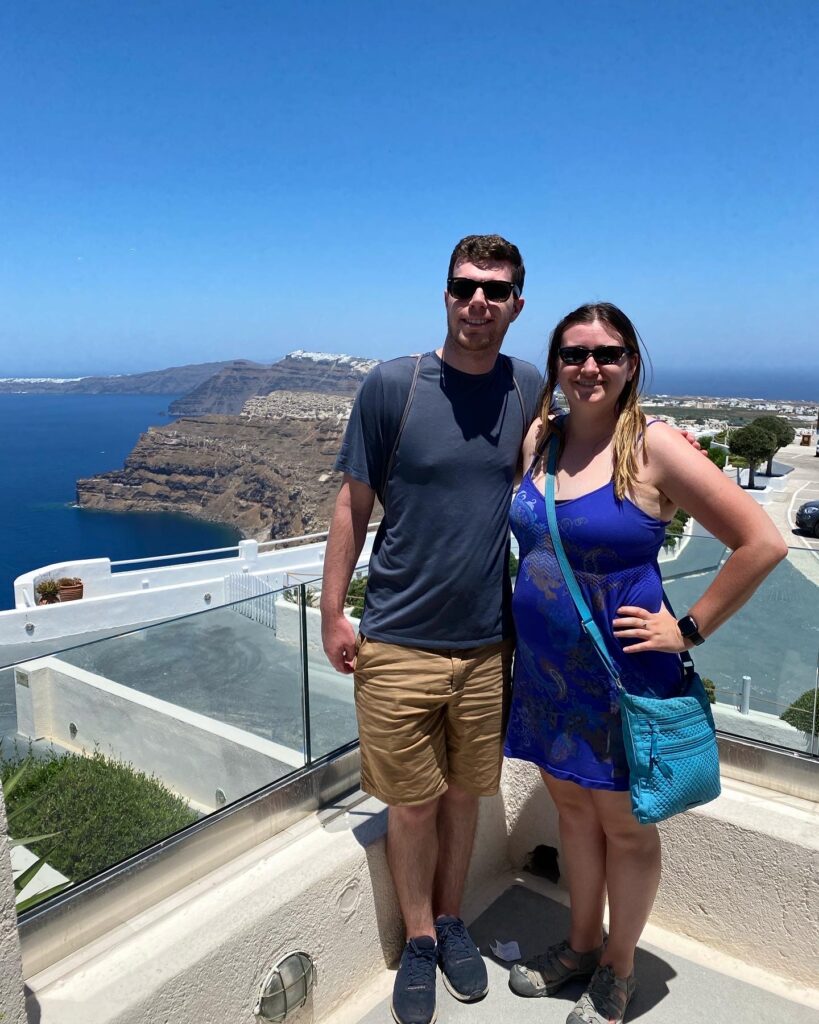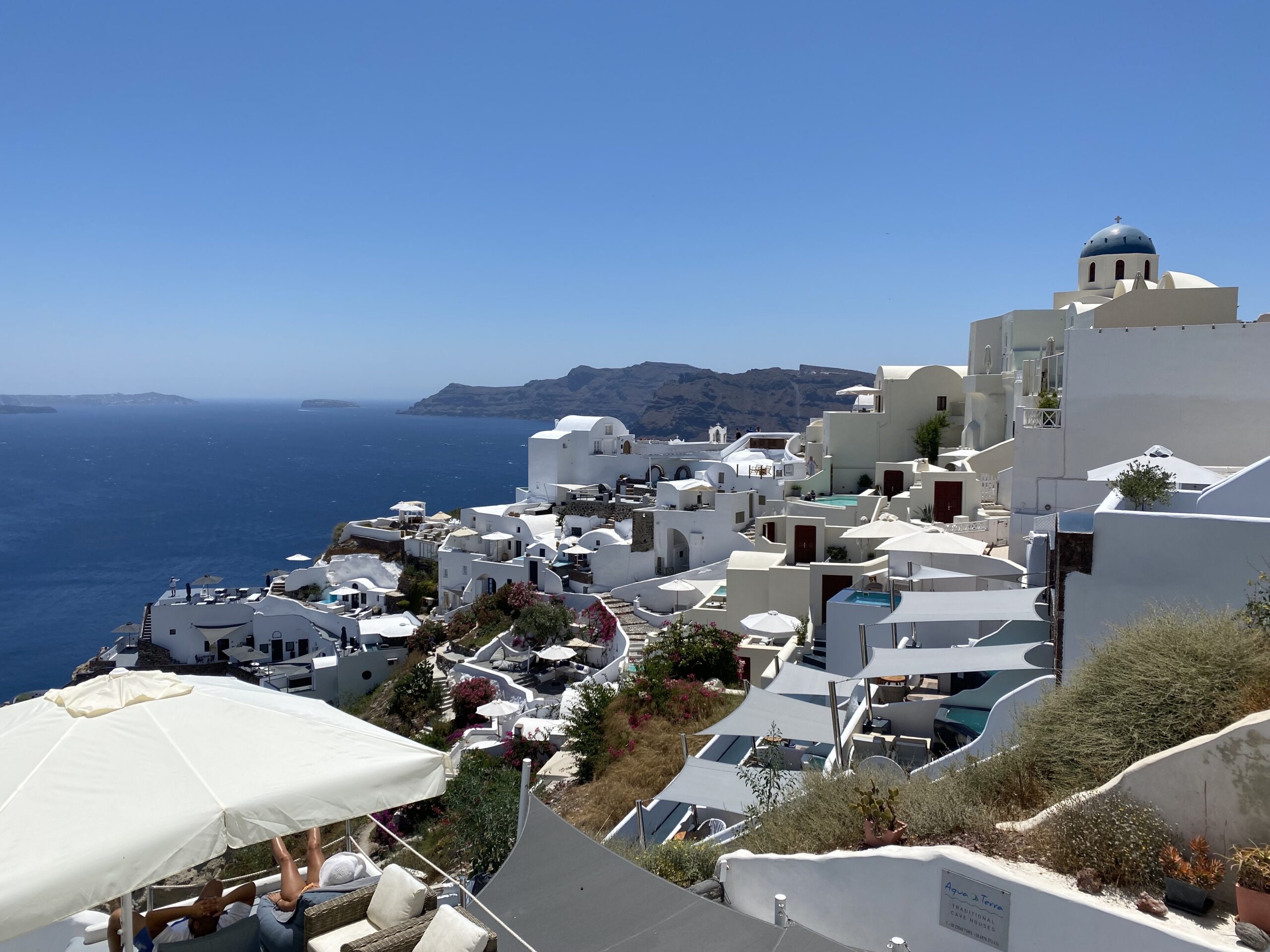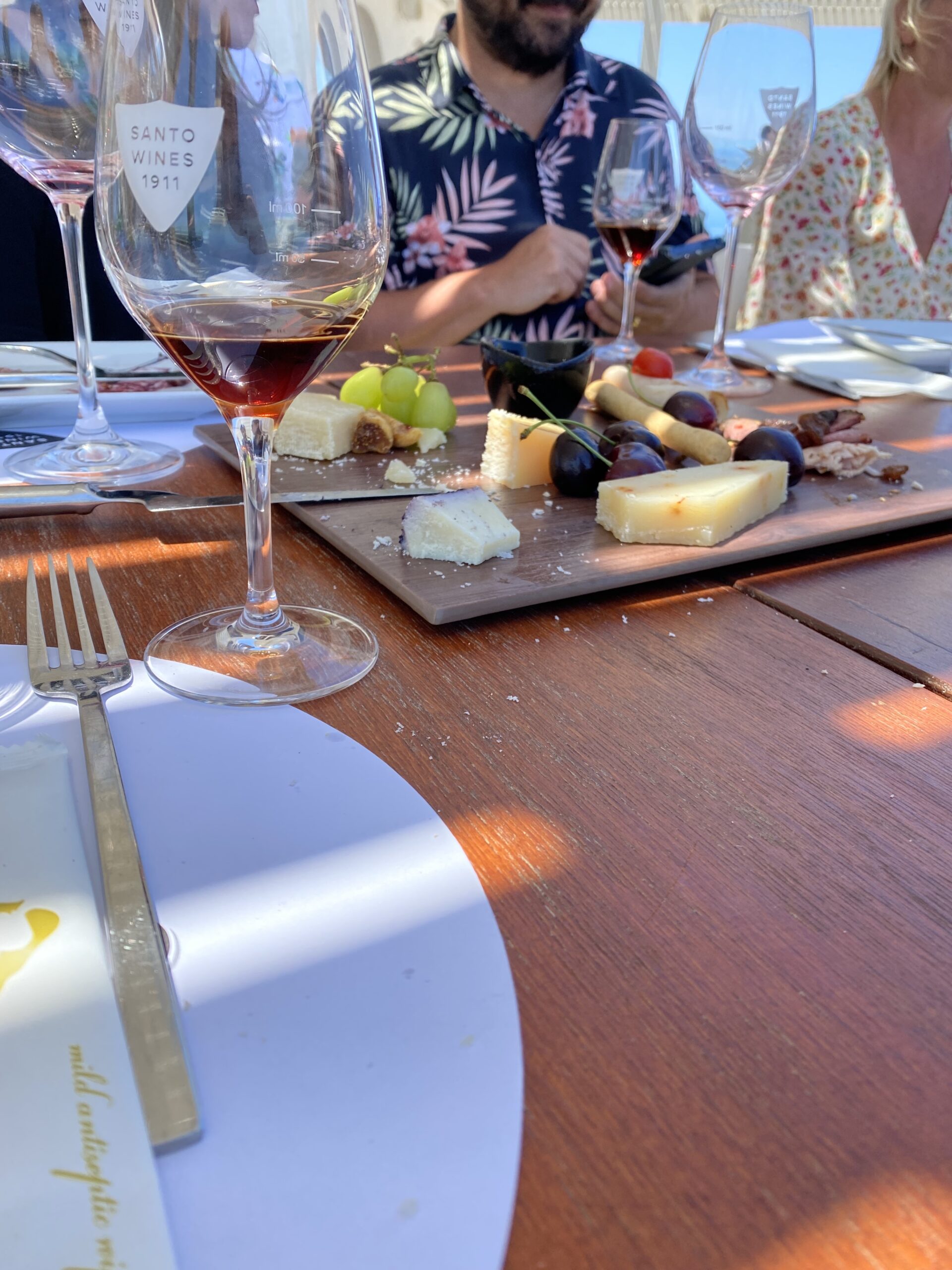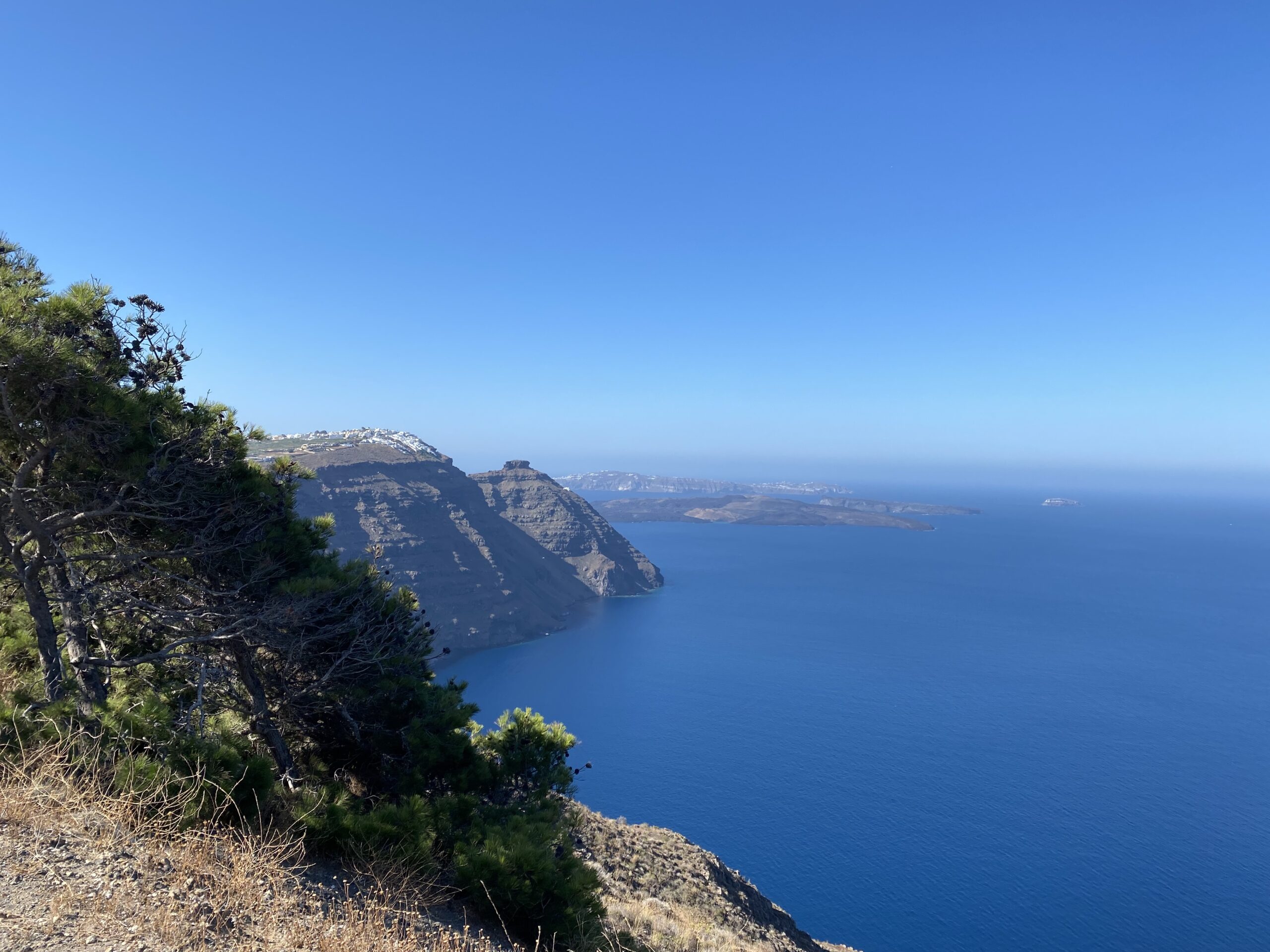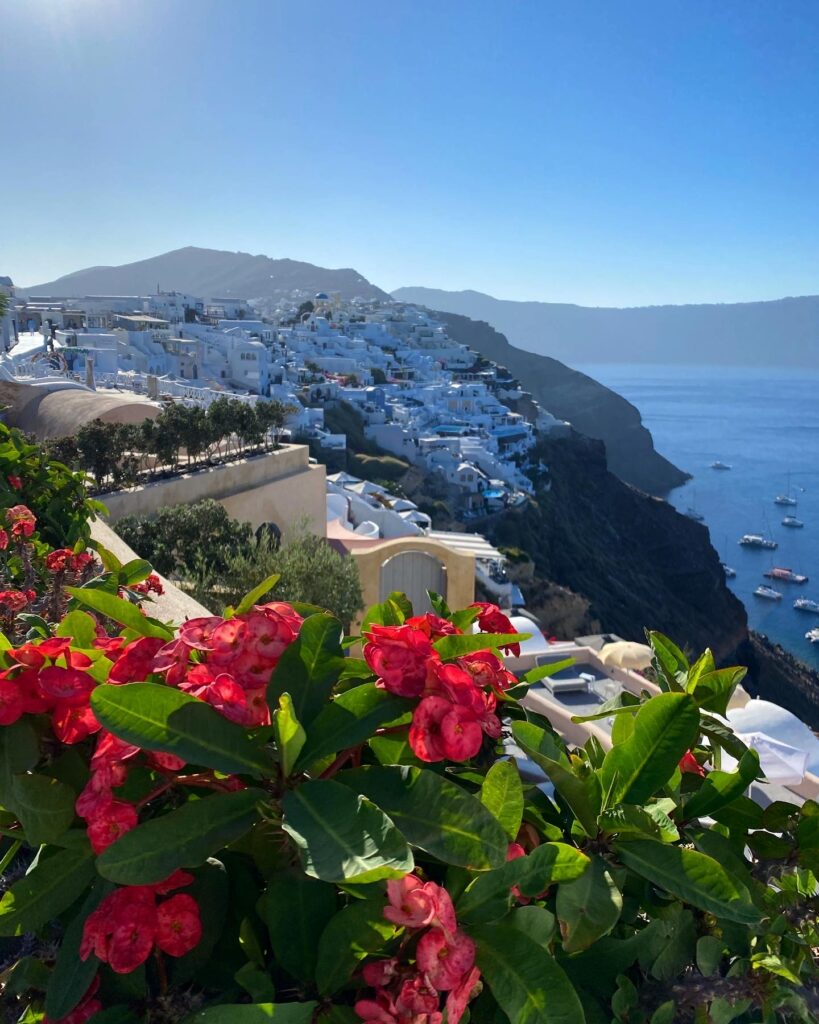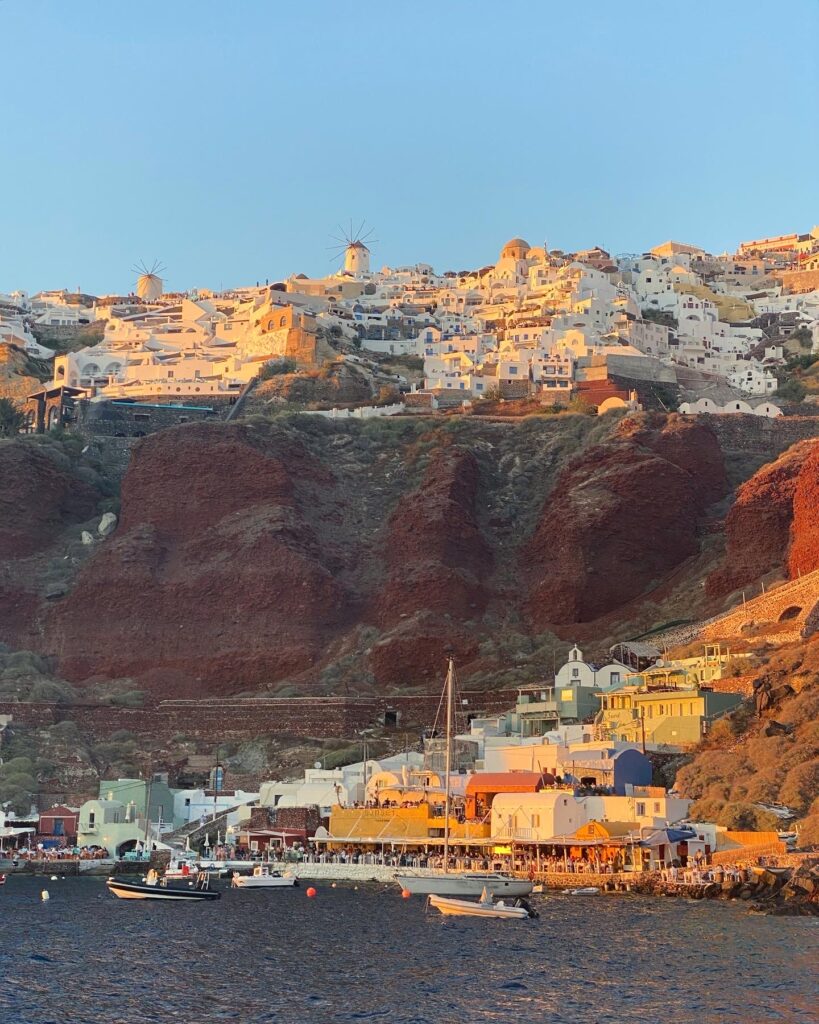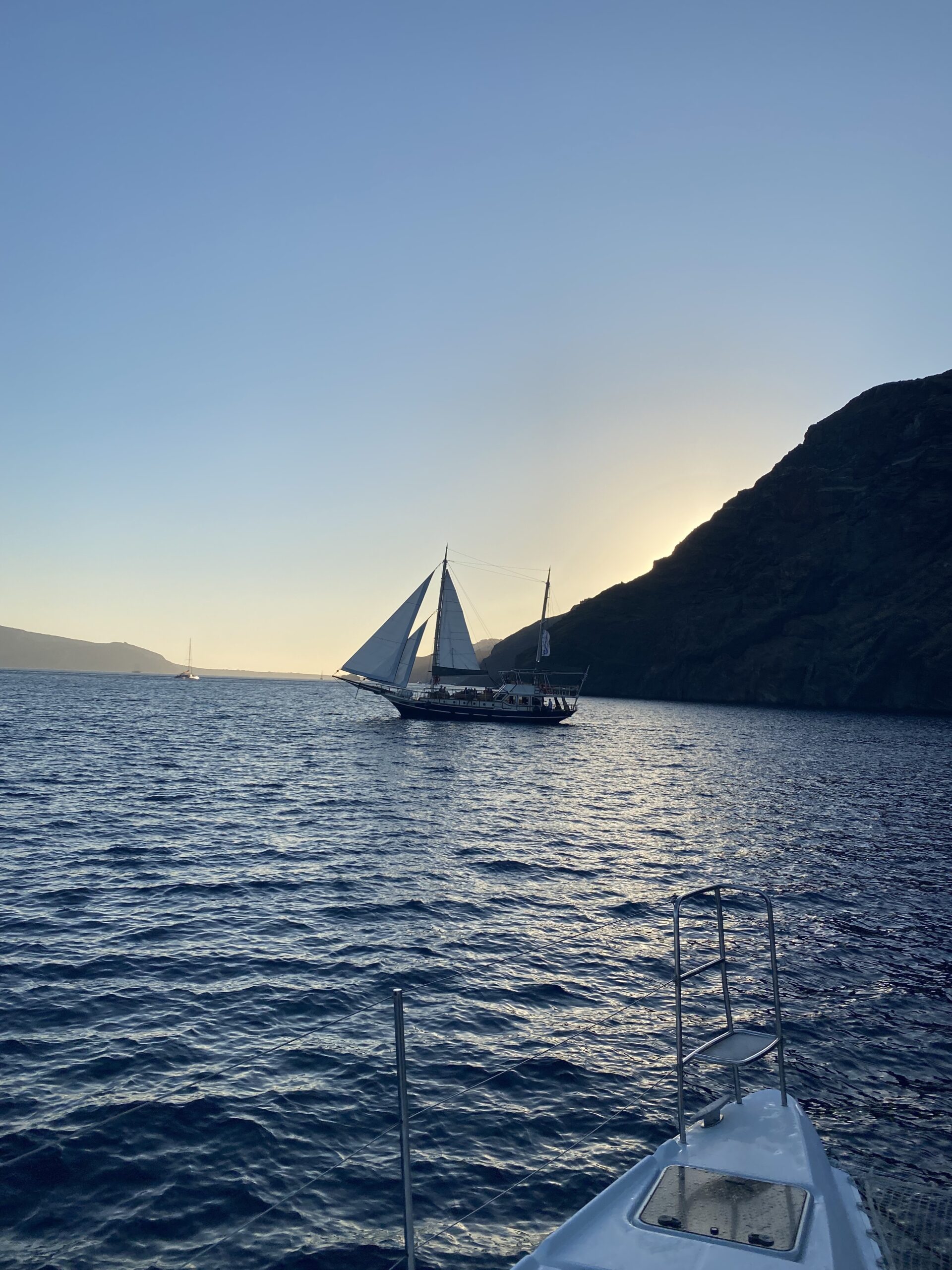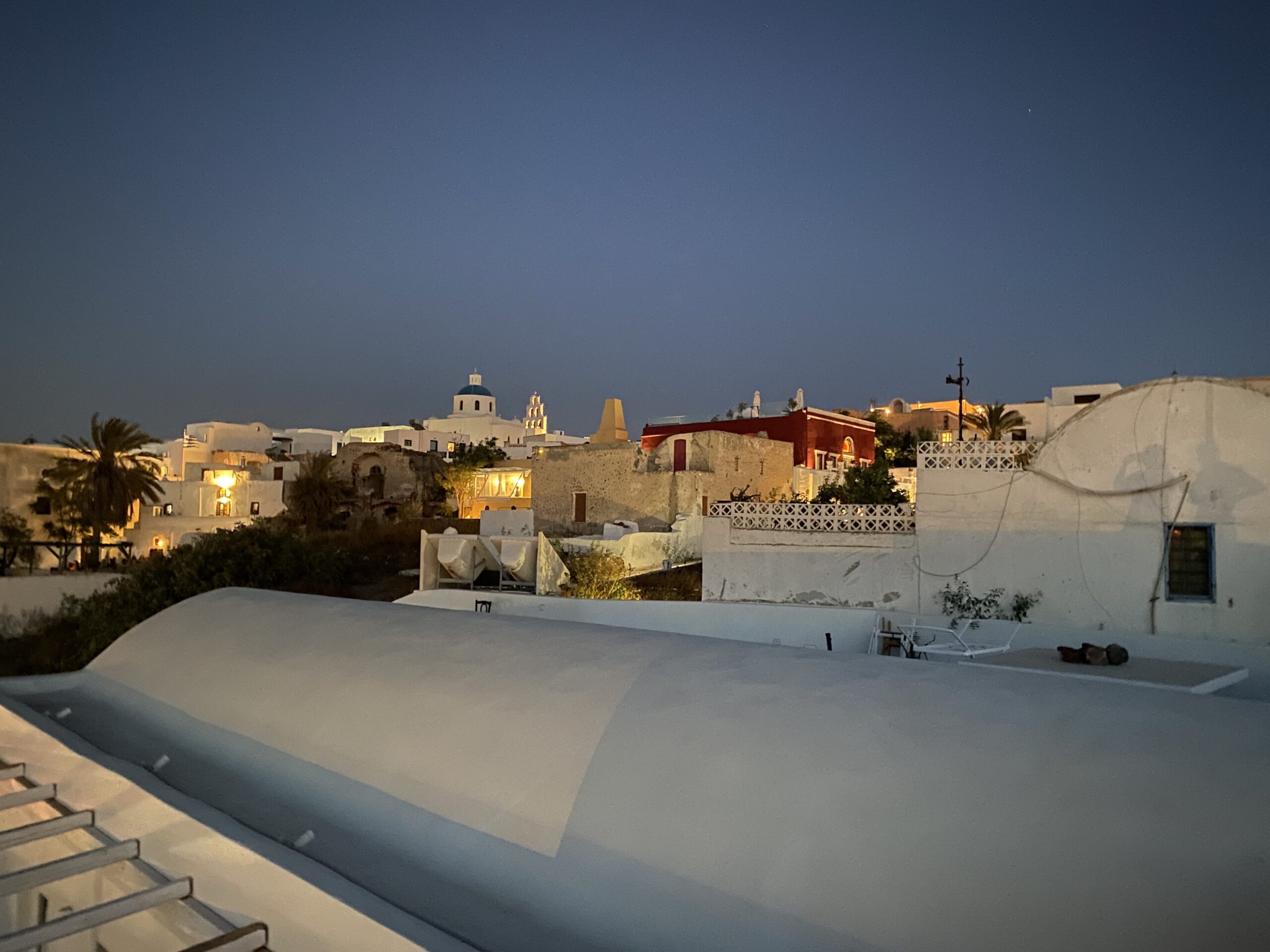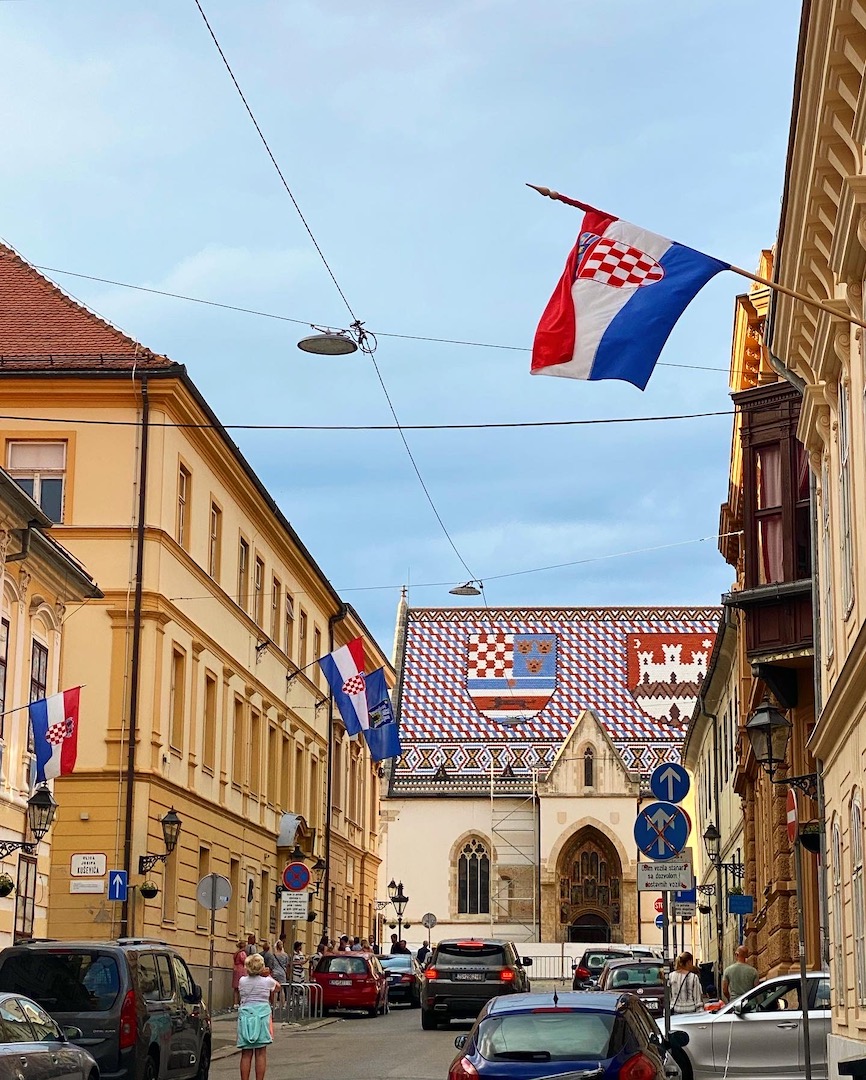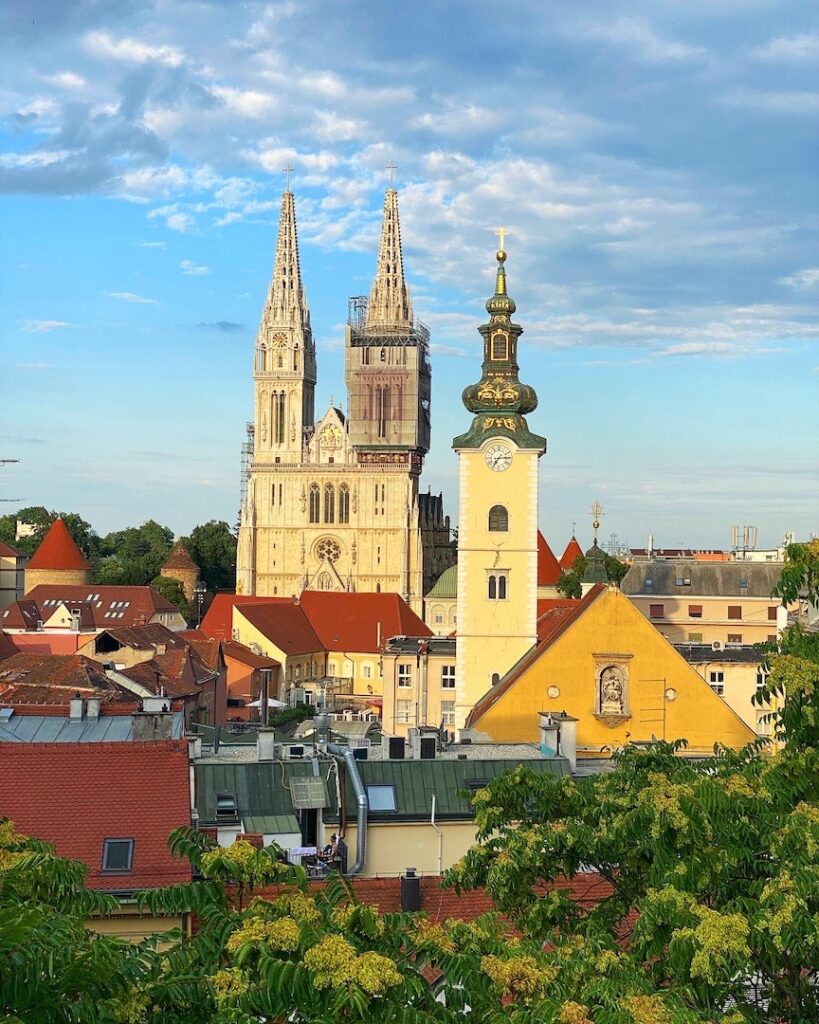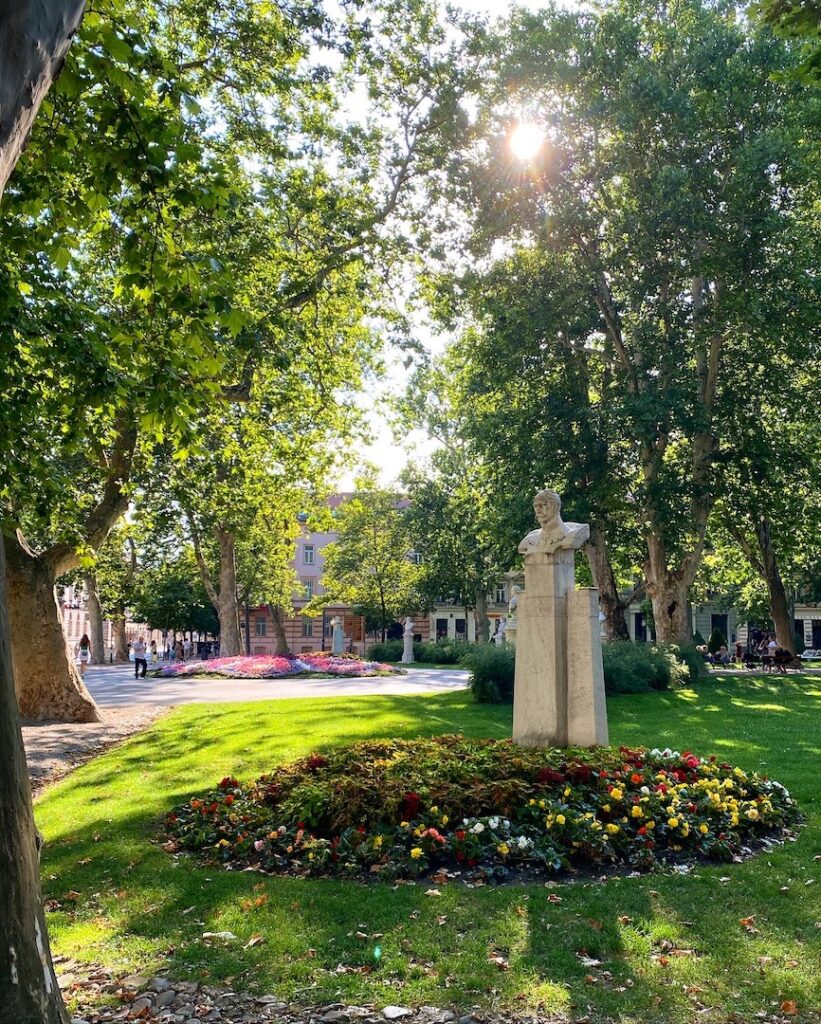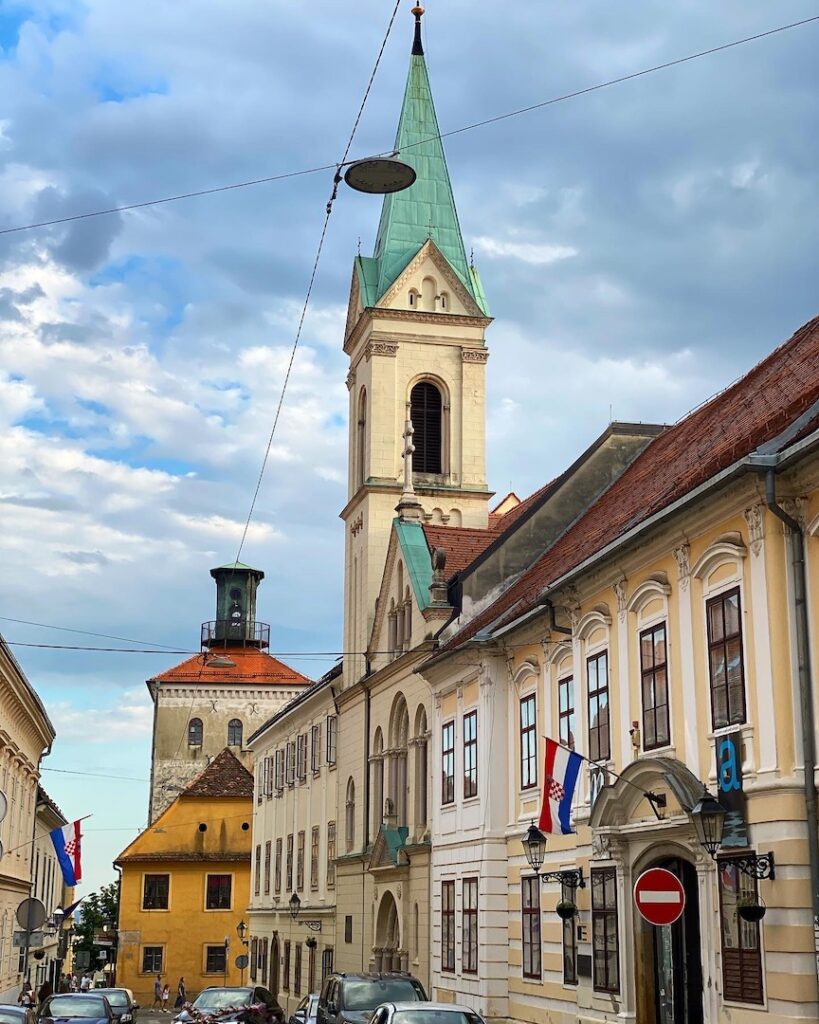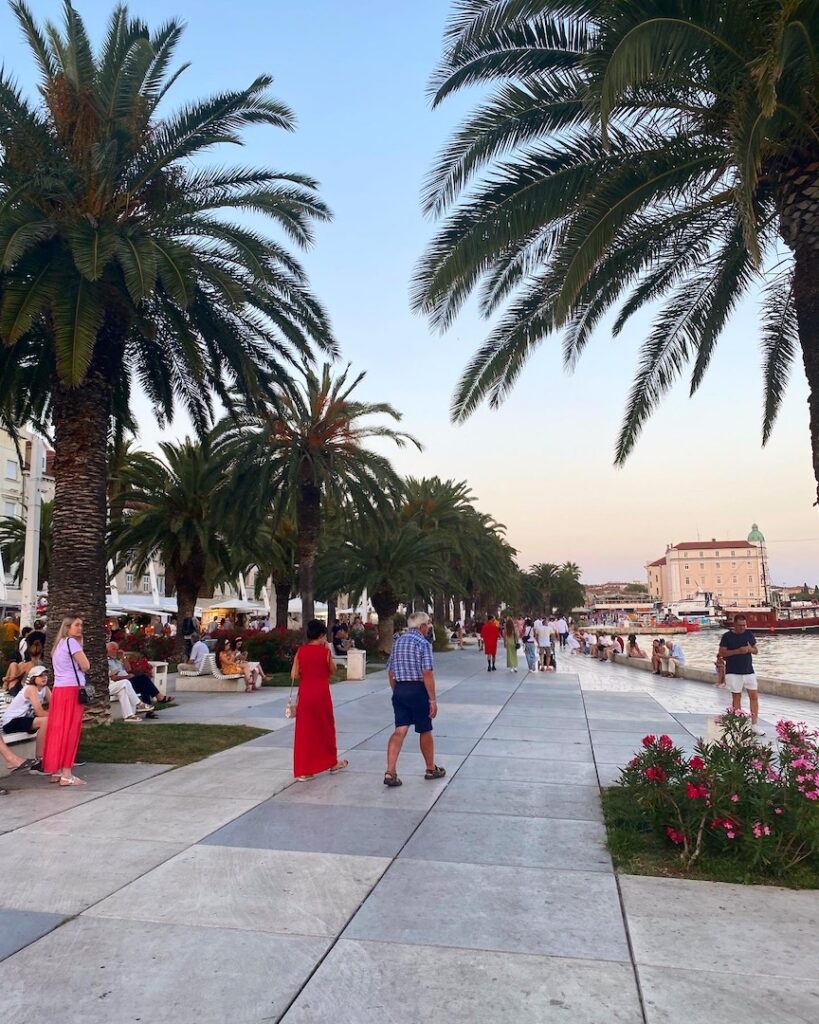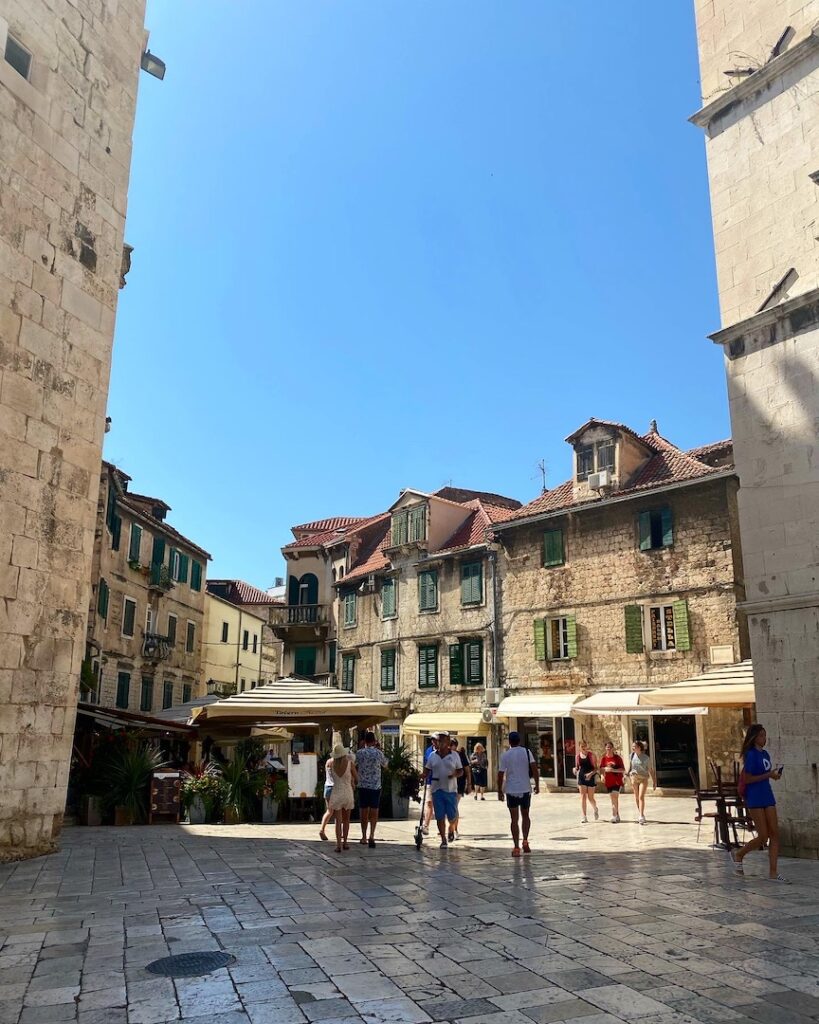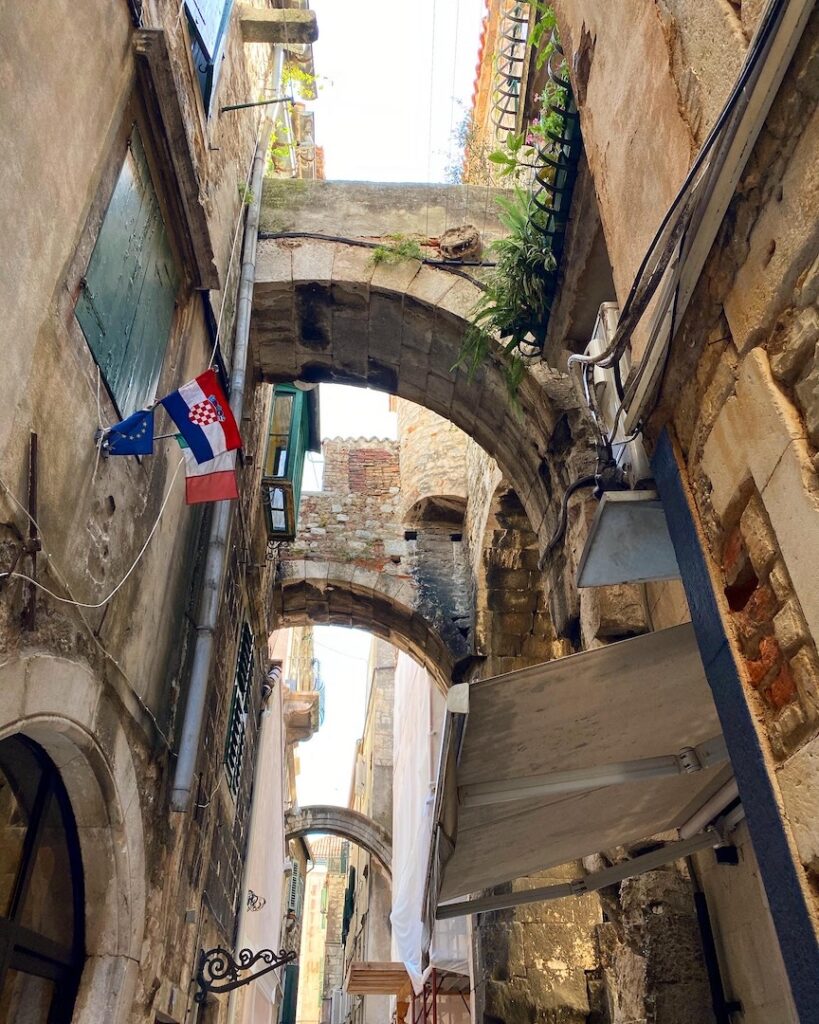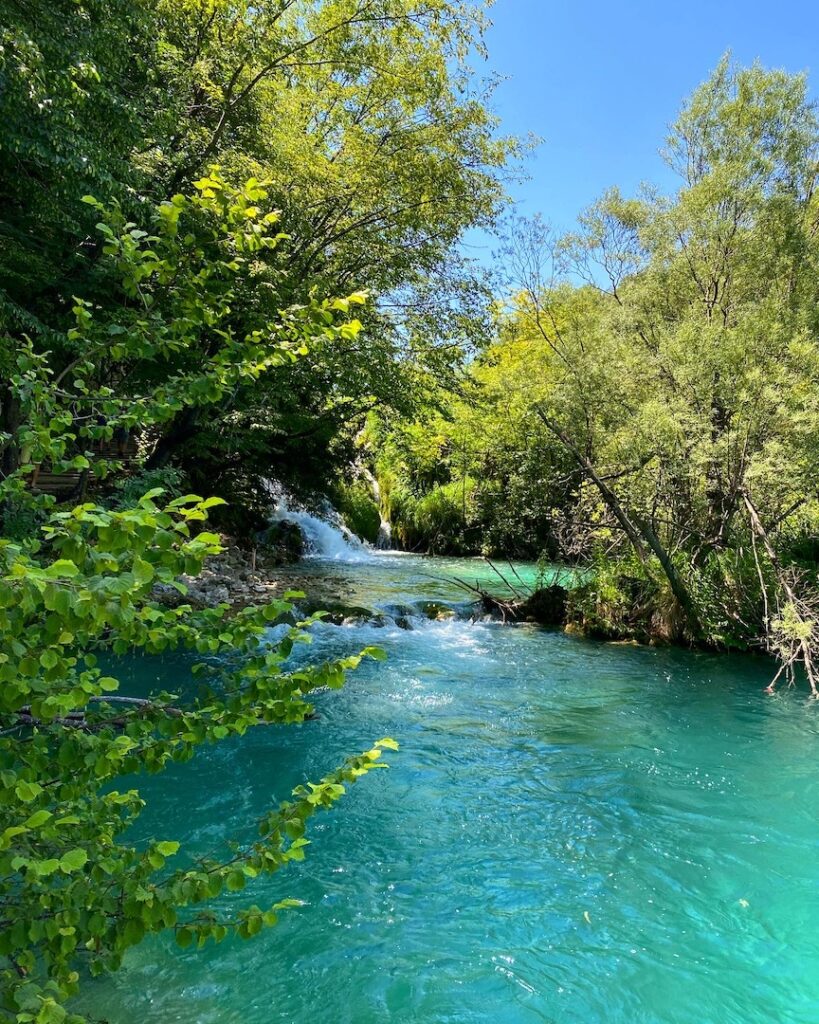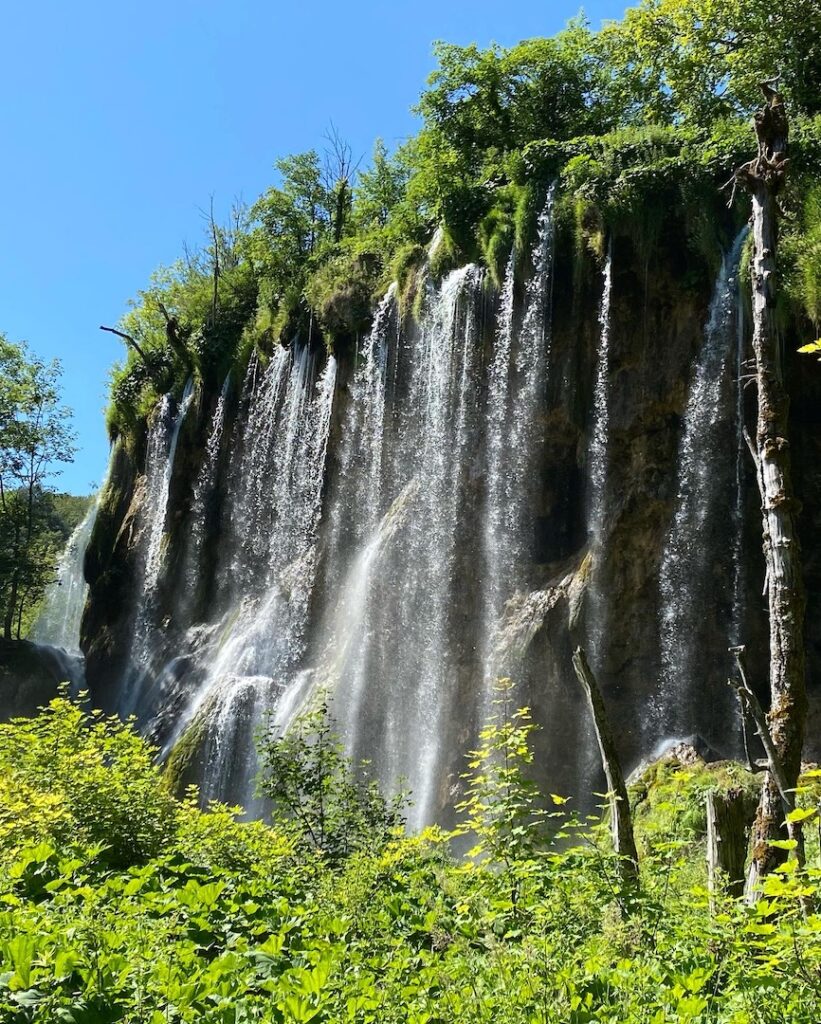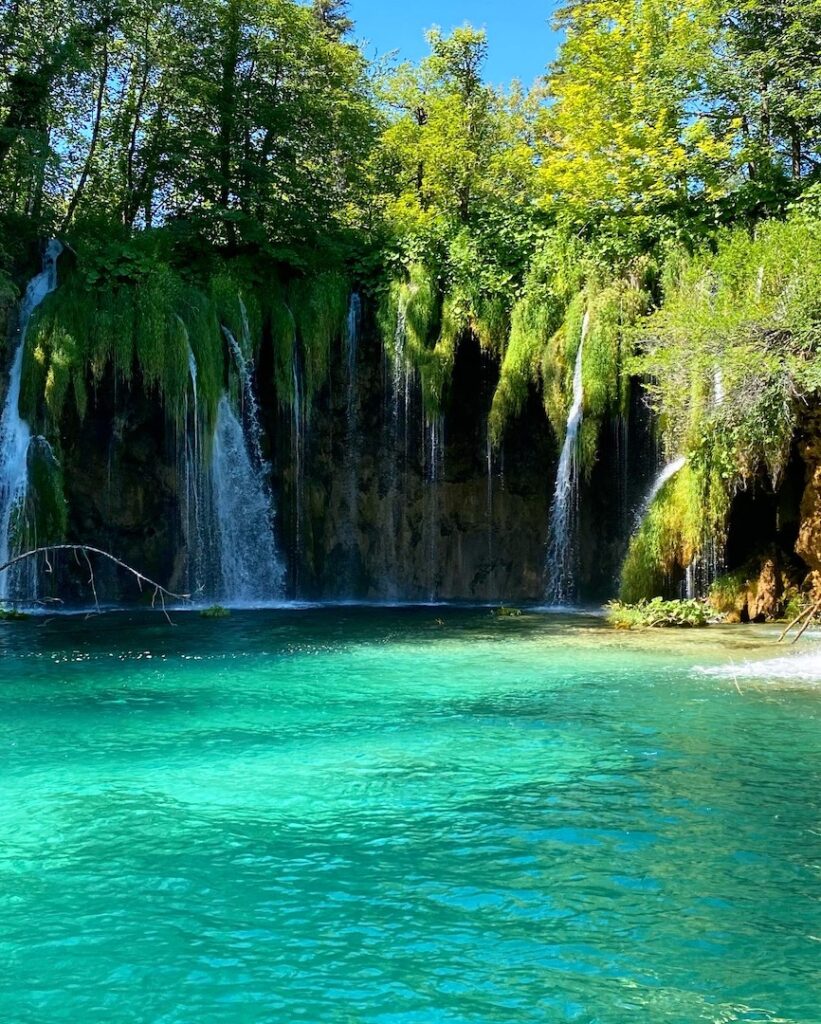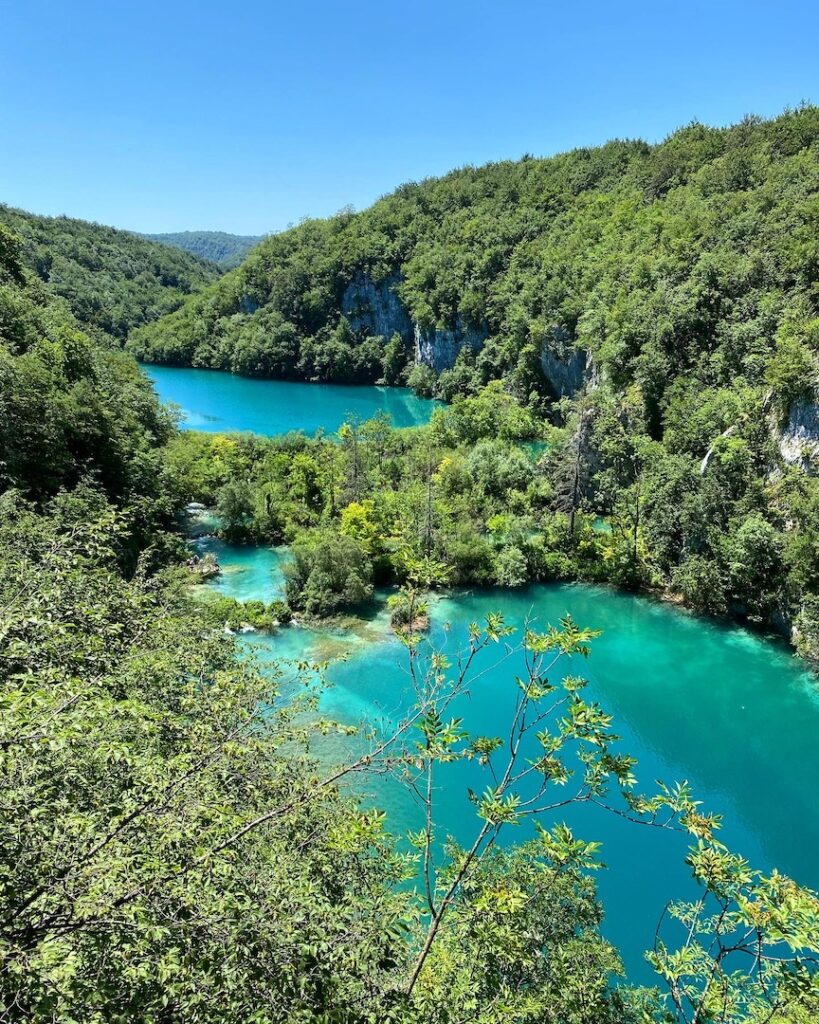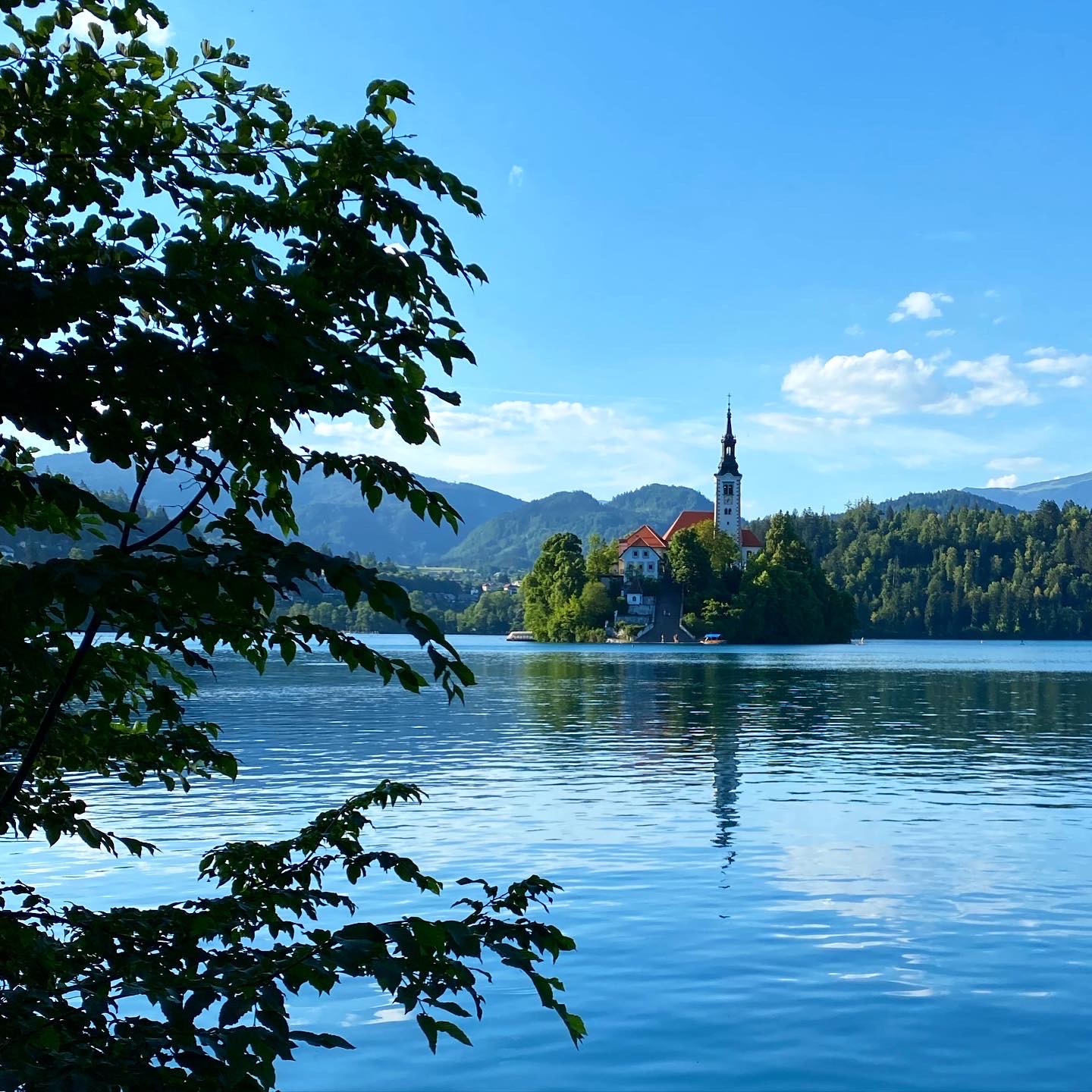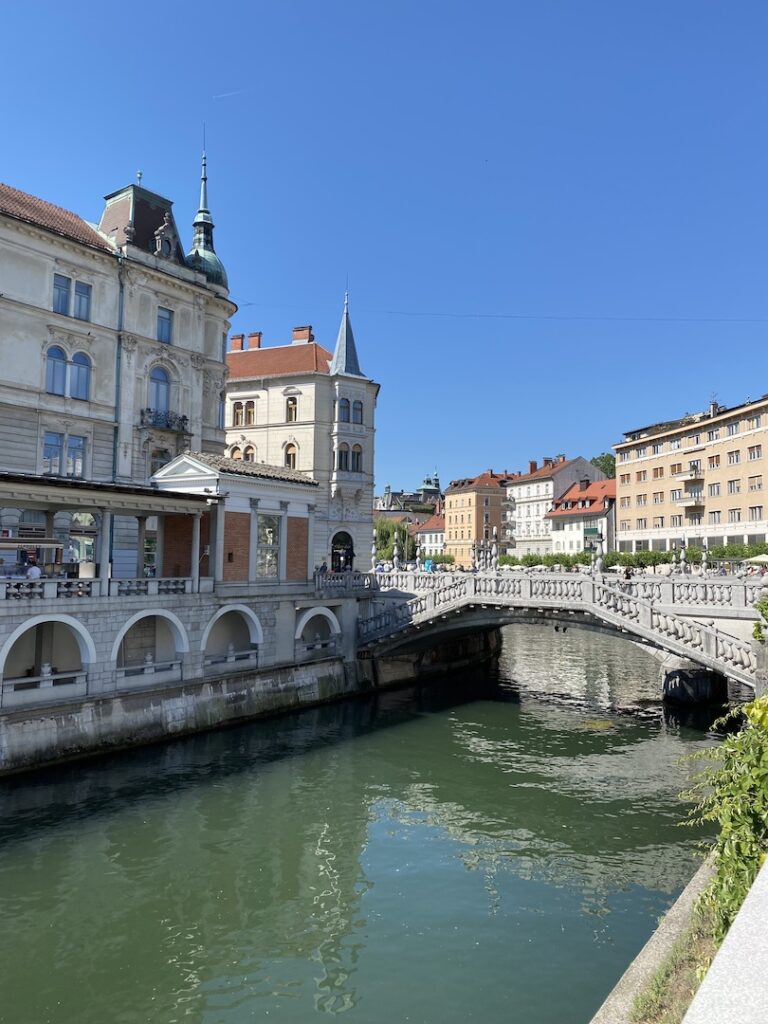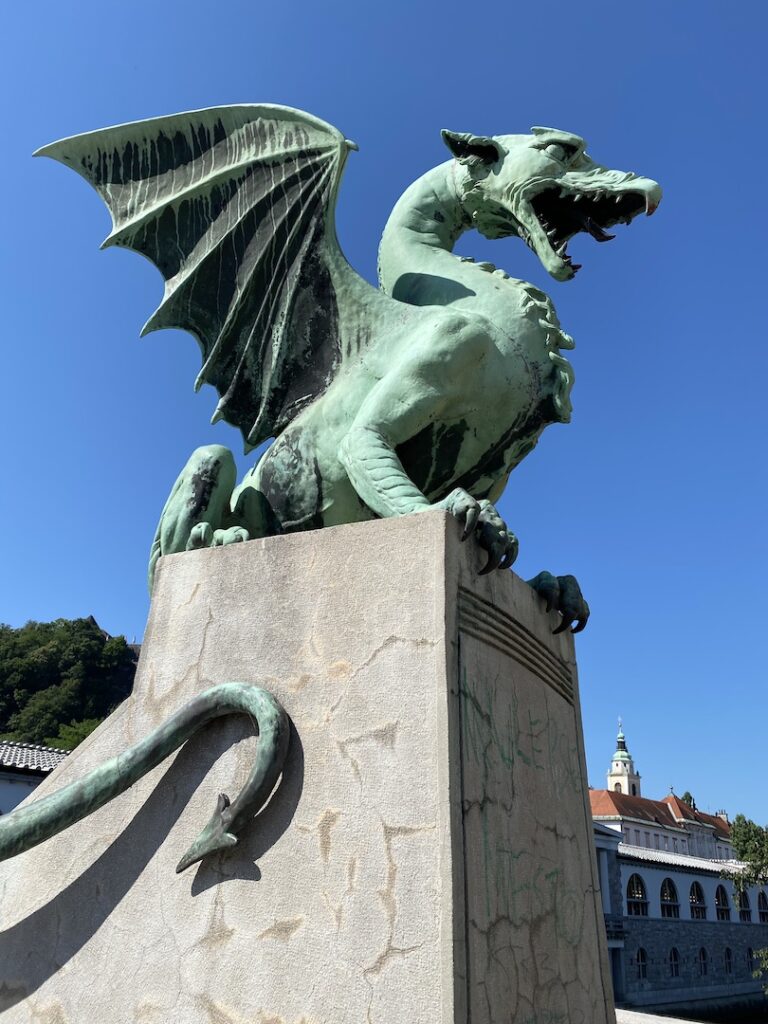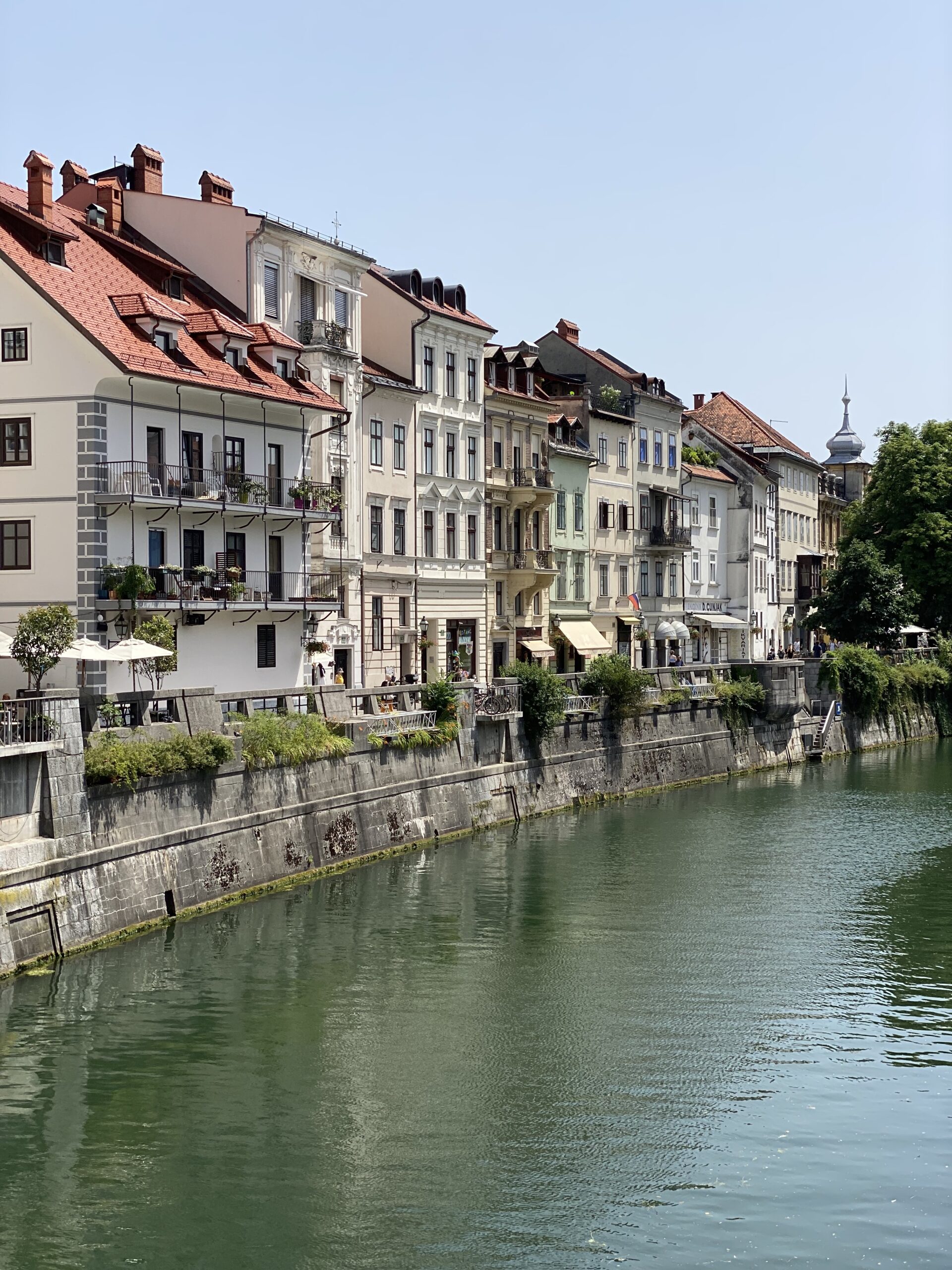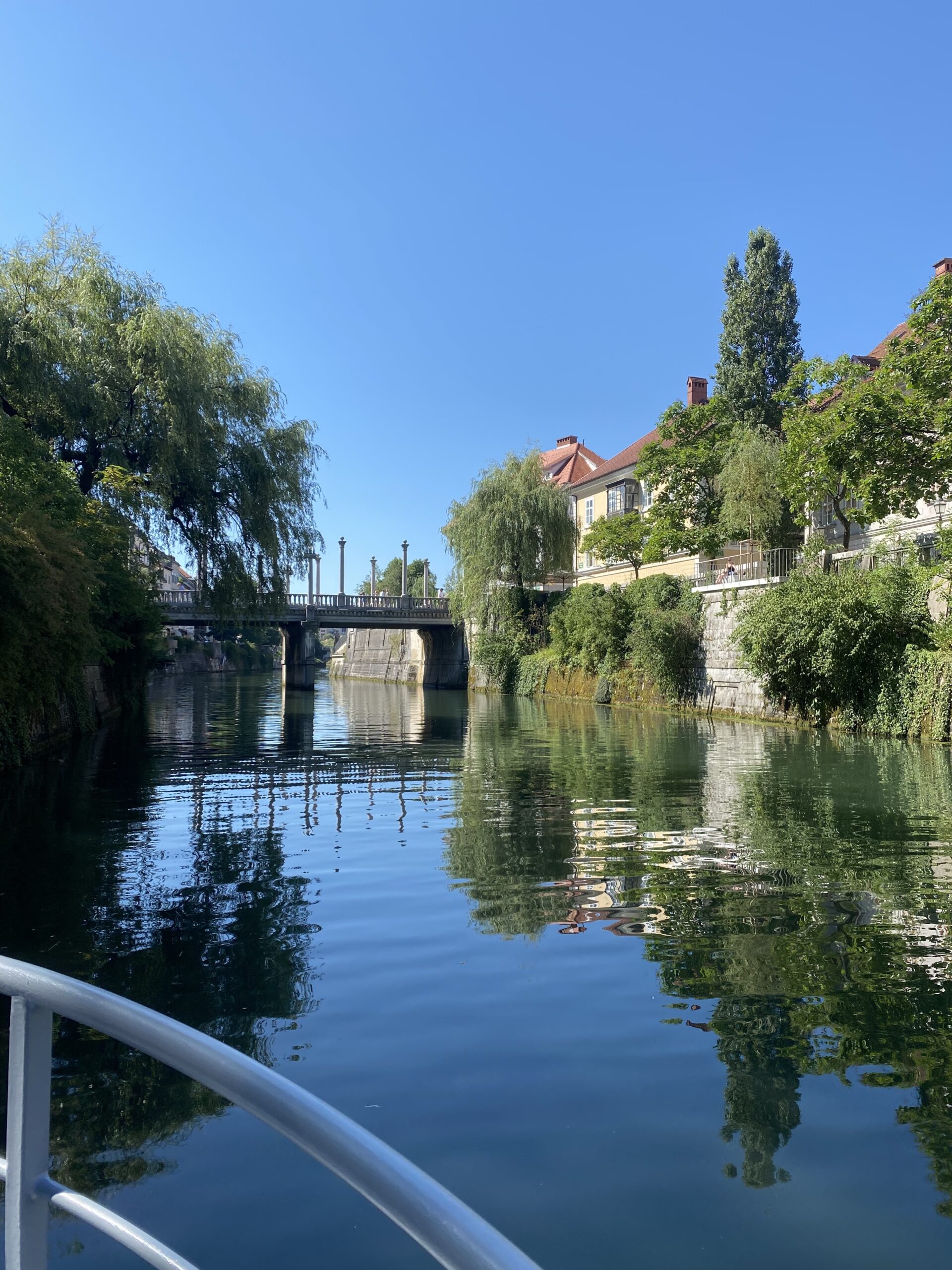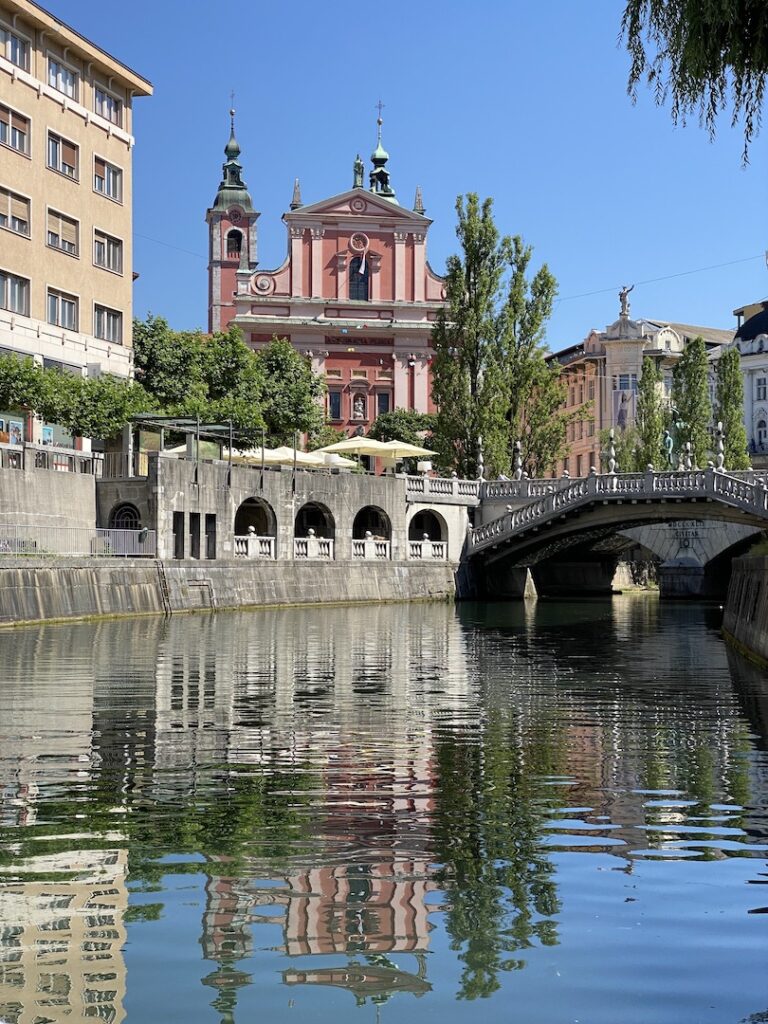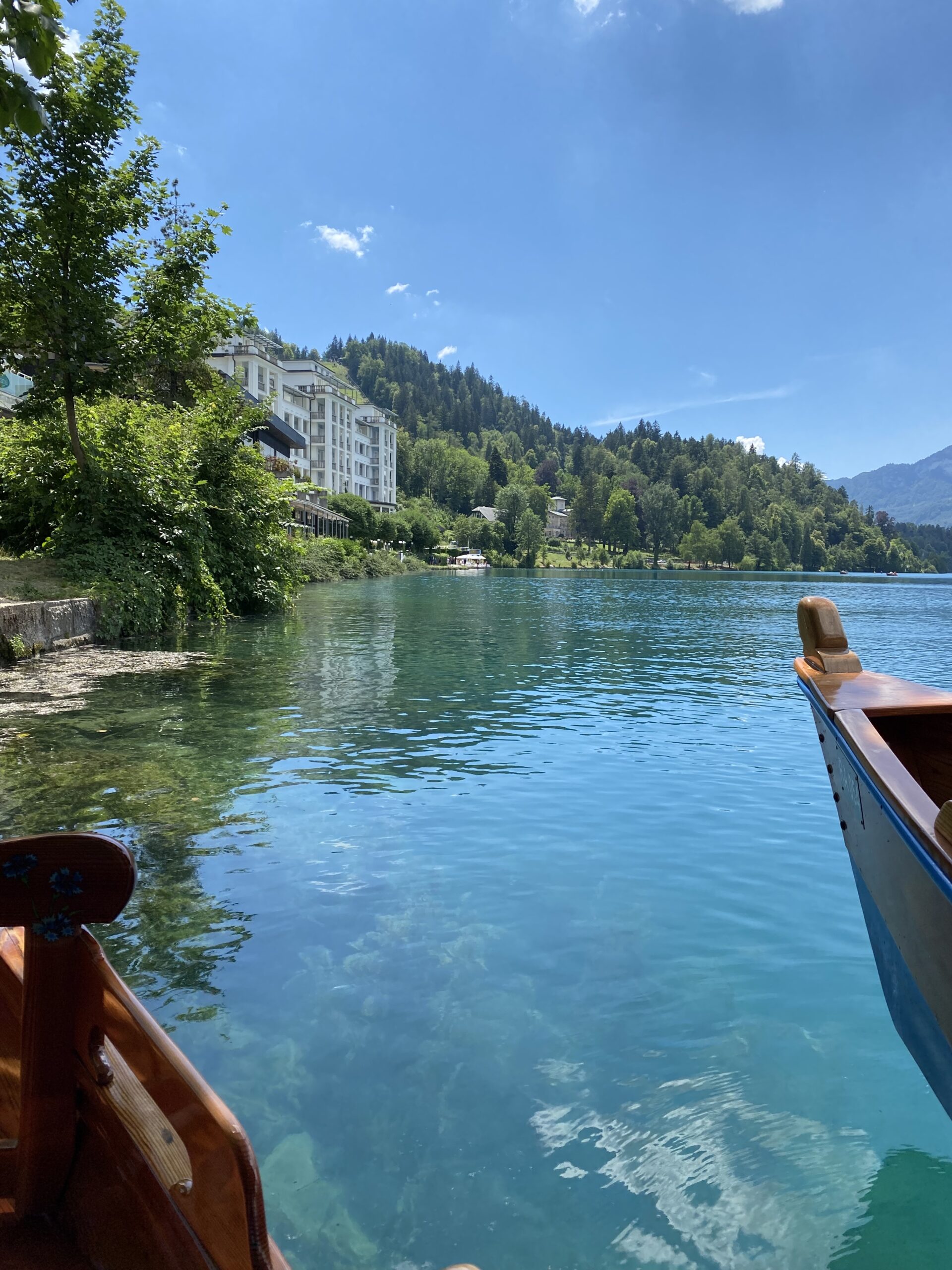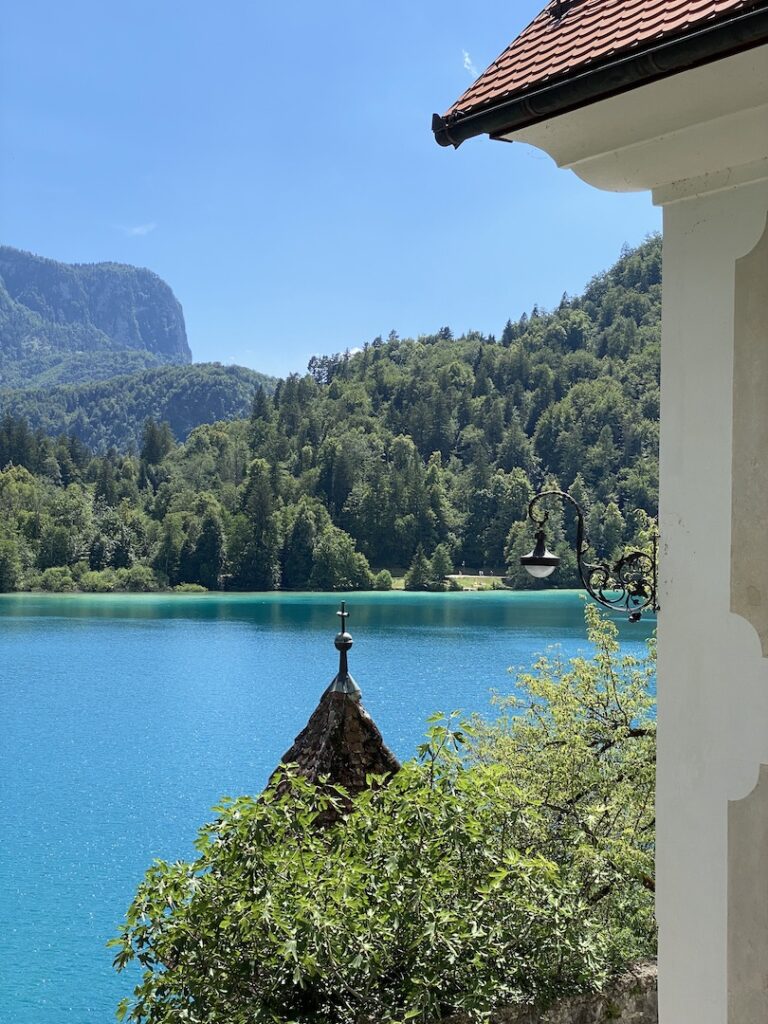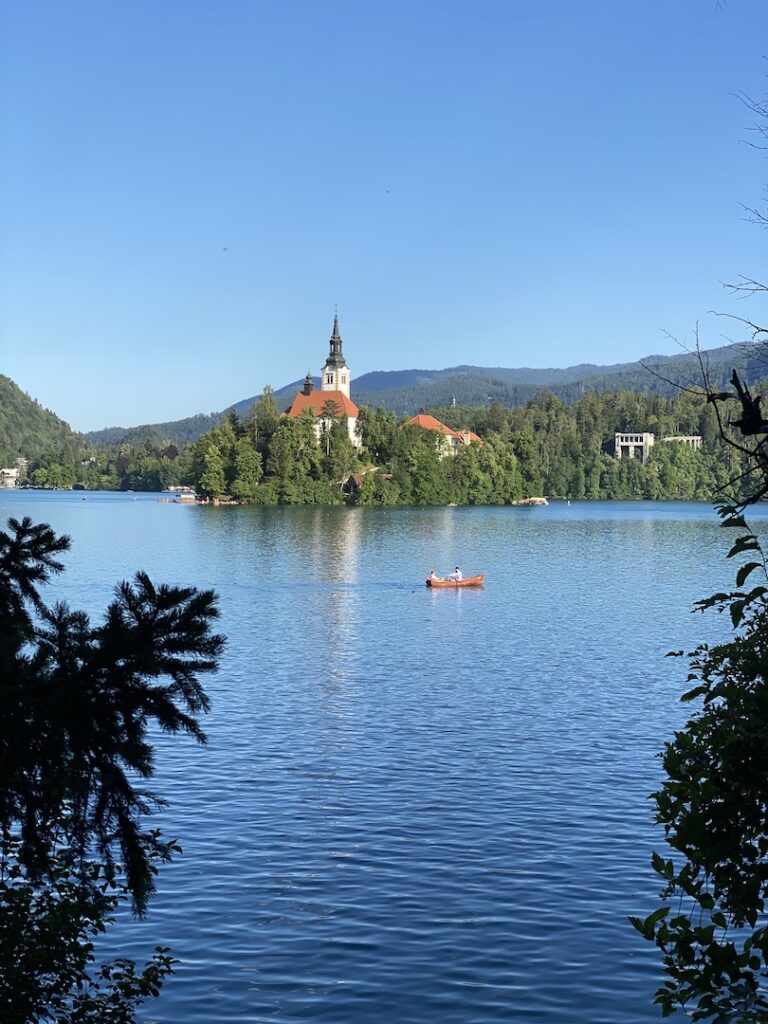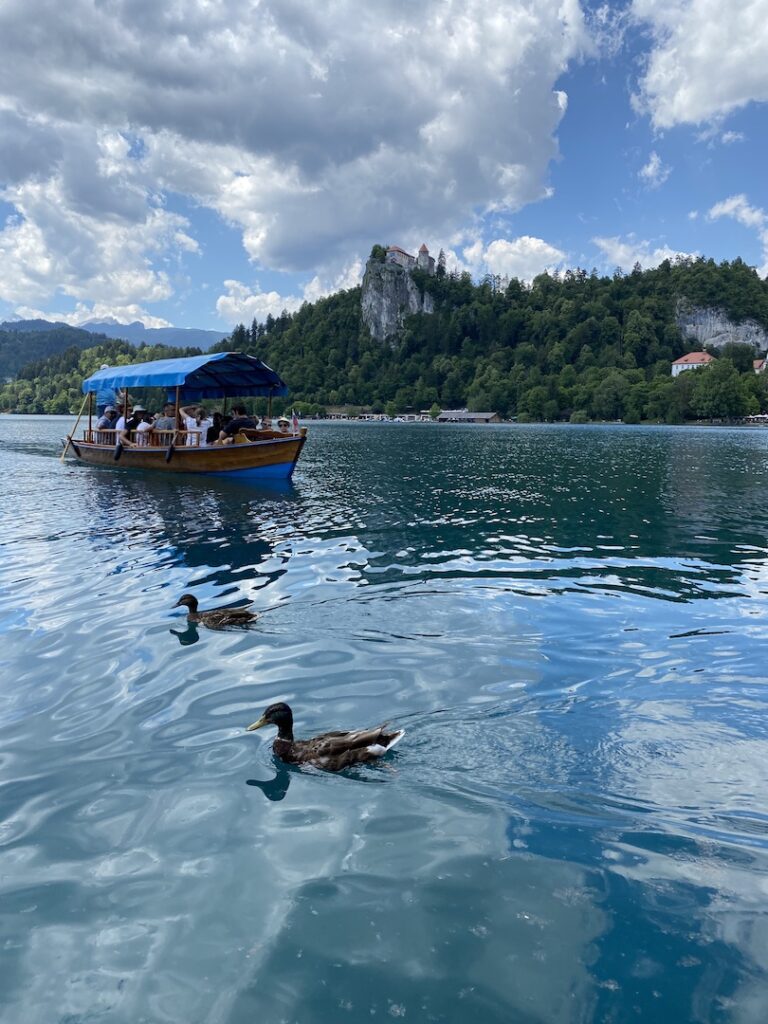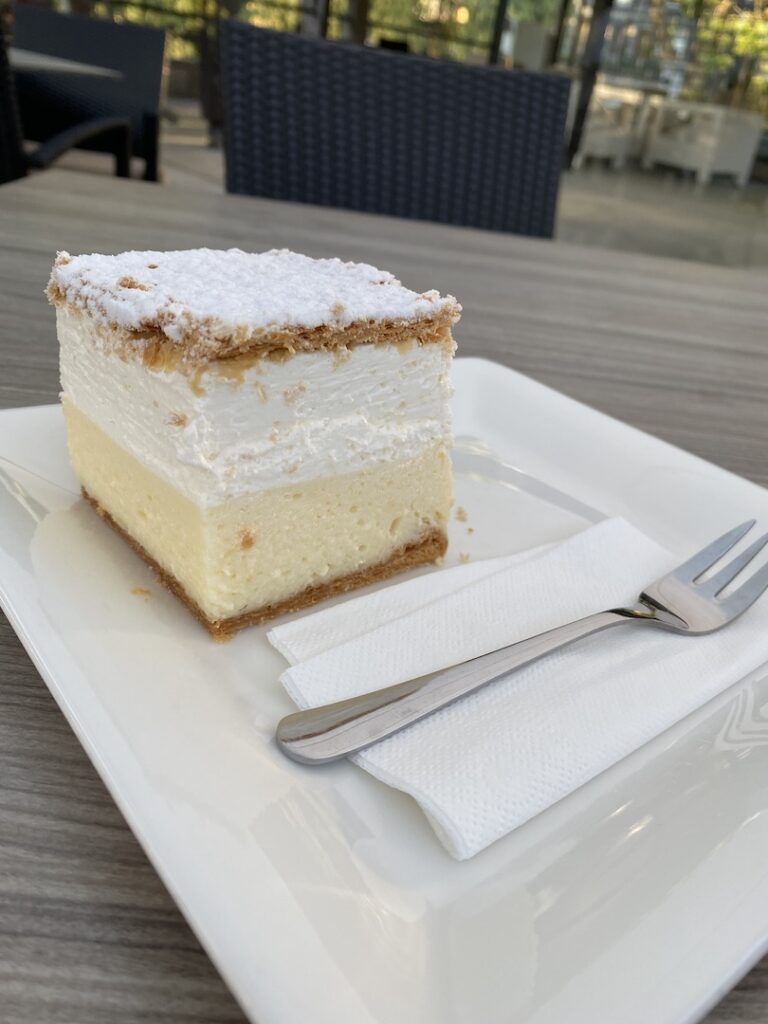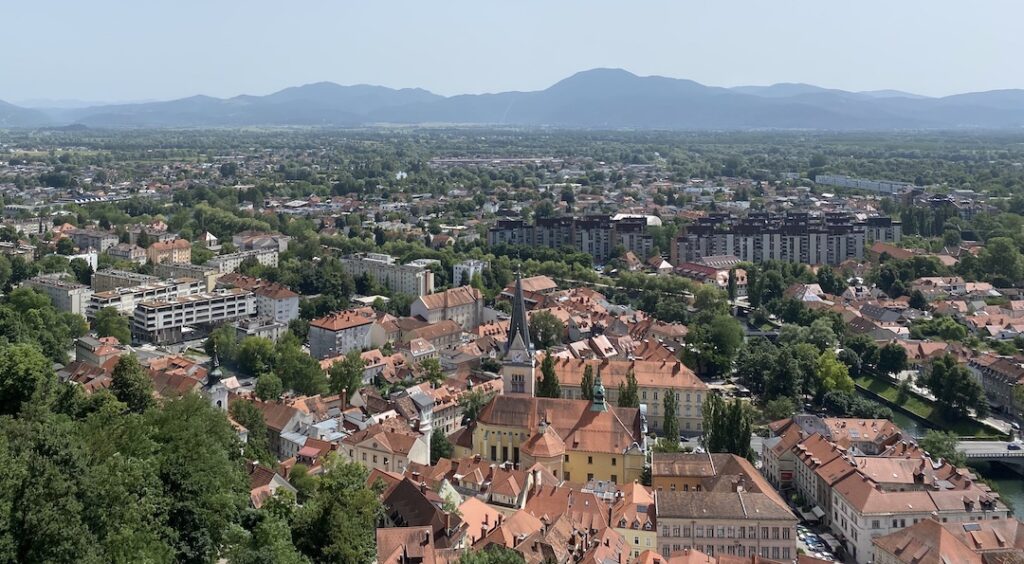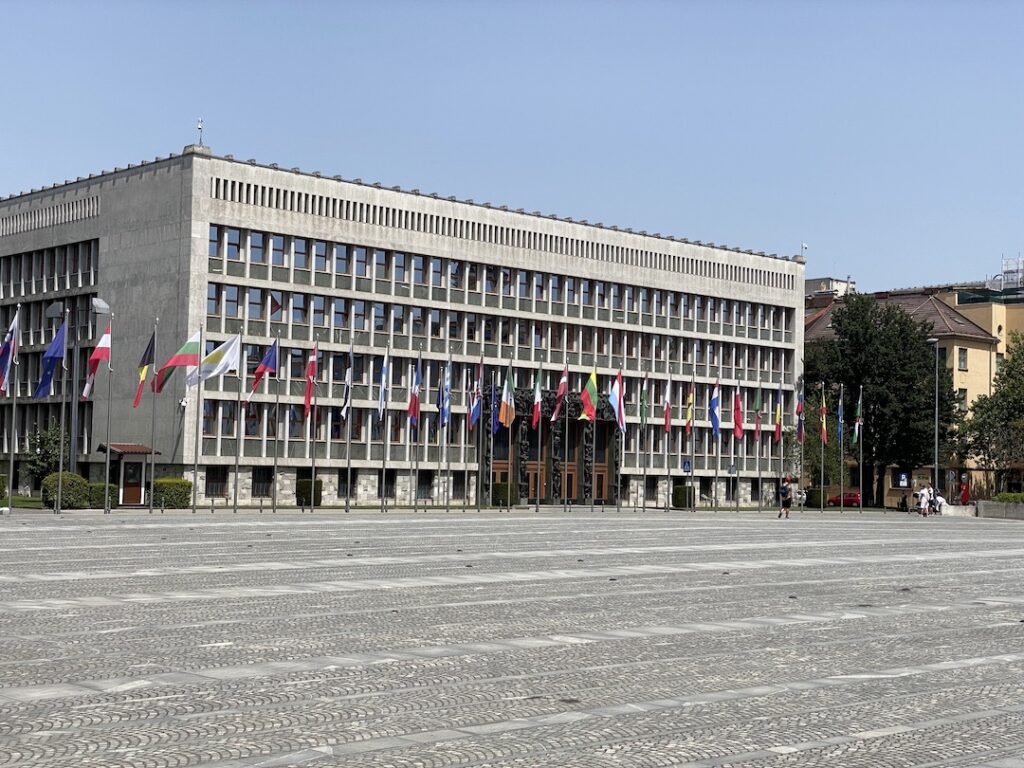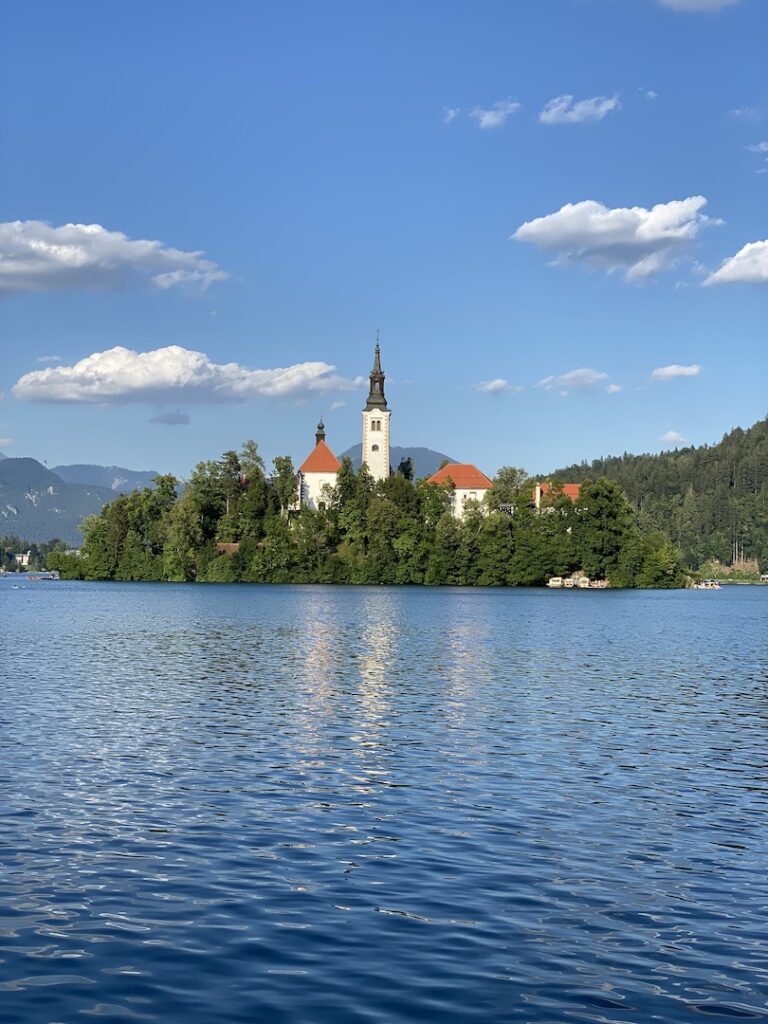I love Iceland. I went a couple years ago with Sam, and we road tripped around the Ring Road and had a fantastic time. We snorkeled between continents and, in one of my top life experiences, we went hiking on a glacier for my birthday. So when my parents said they also wanted to go, I was happy to go again – my only request was that we went in the summer so that we could be there for the peak season for puffins!
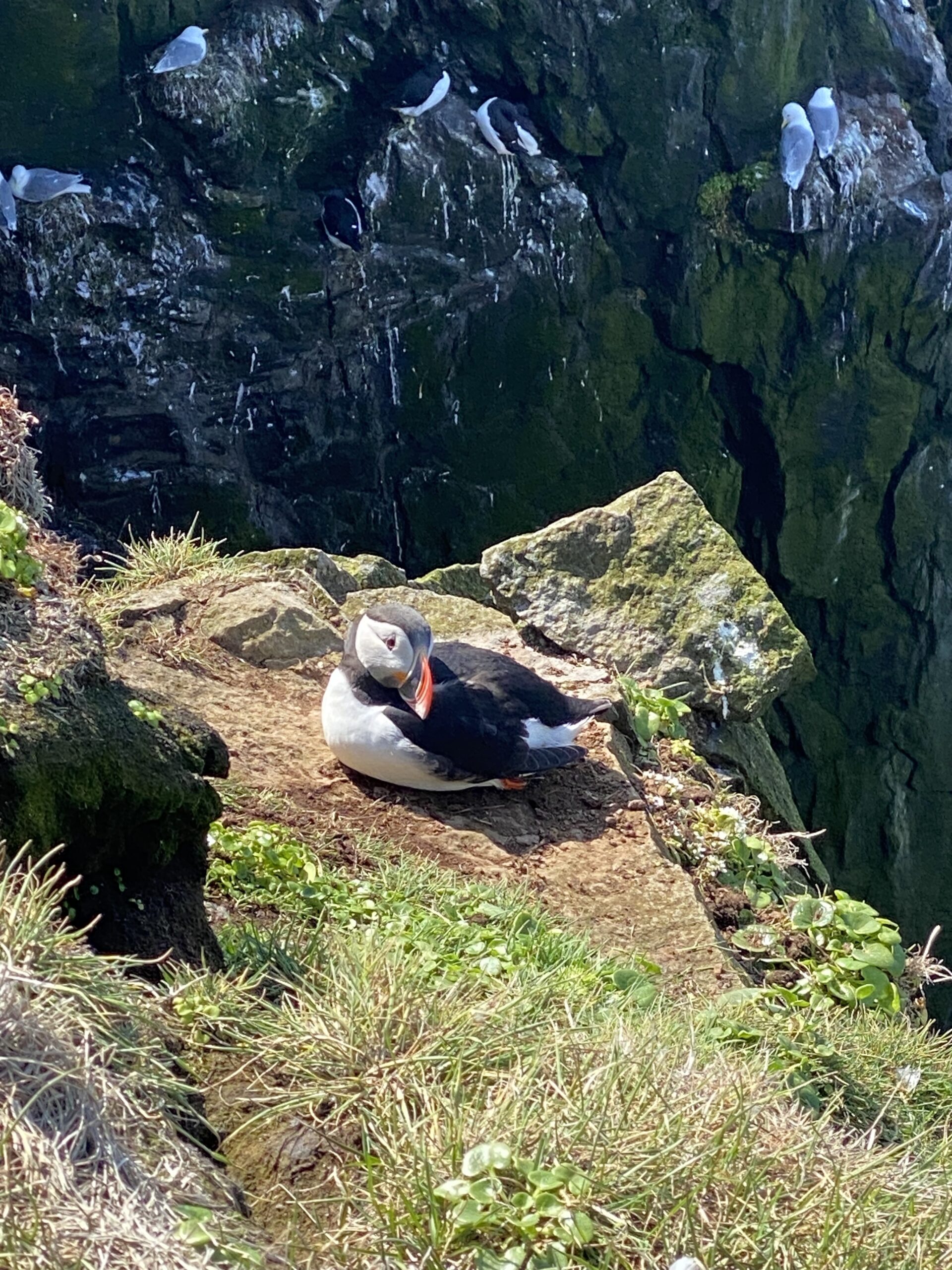
The start to the trip was a bit rocky, due to a layover from hell that got me to Iceland significantly later than I was supposed to after a night on the floor in JFK, but when I landed at Reykjavik at around 11:30 pm, I got my first taste of an Icelandic summer with endless nights! It looked like mid morning when I stepped off the plane. It was unreal, and I never got used to it for the entire time I was there.
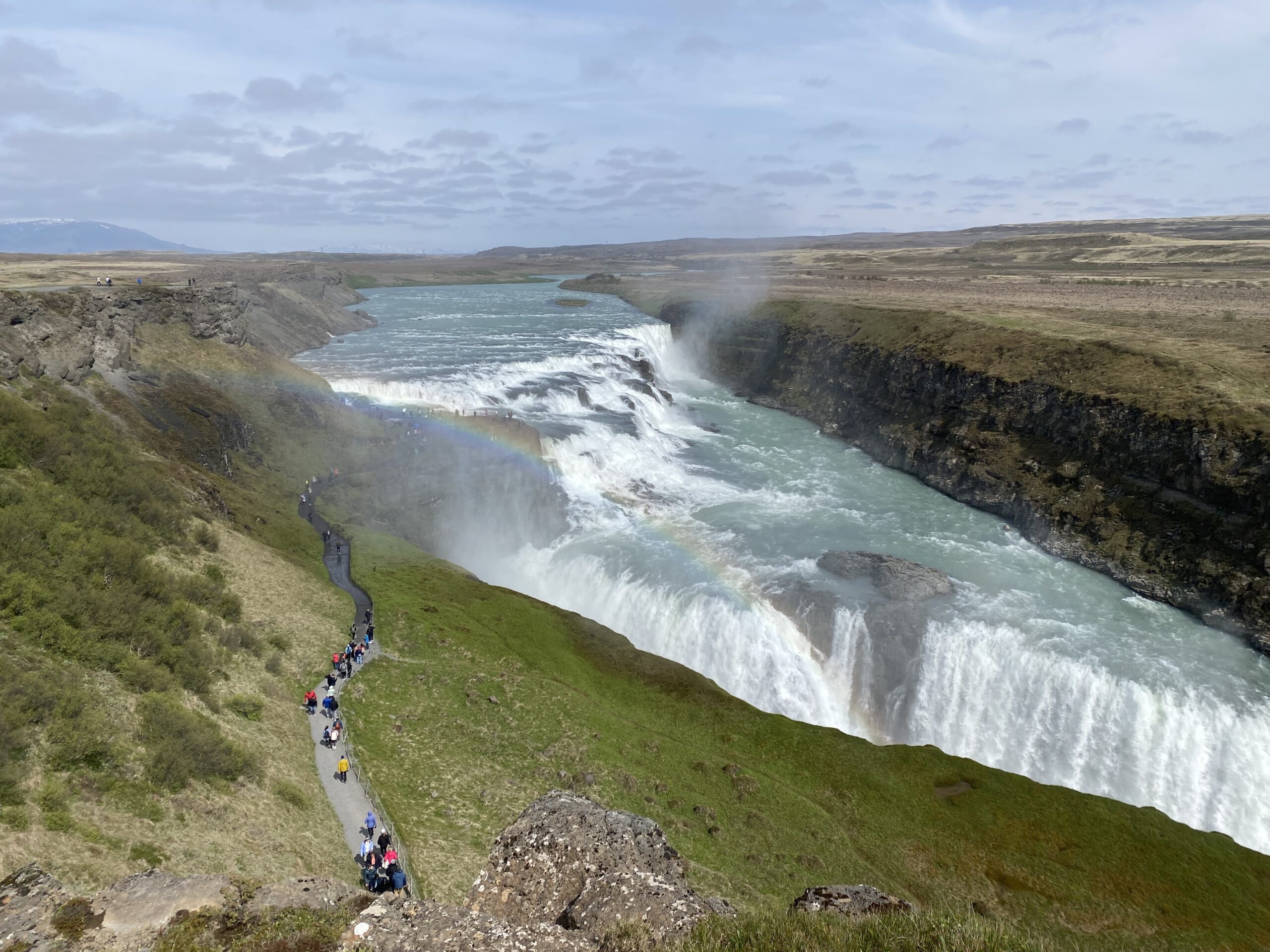
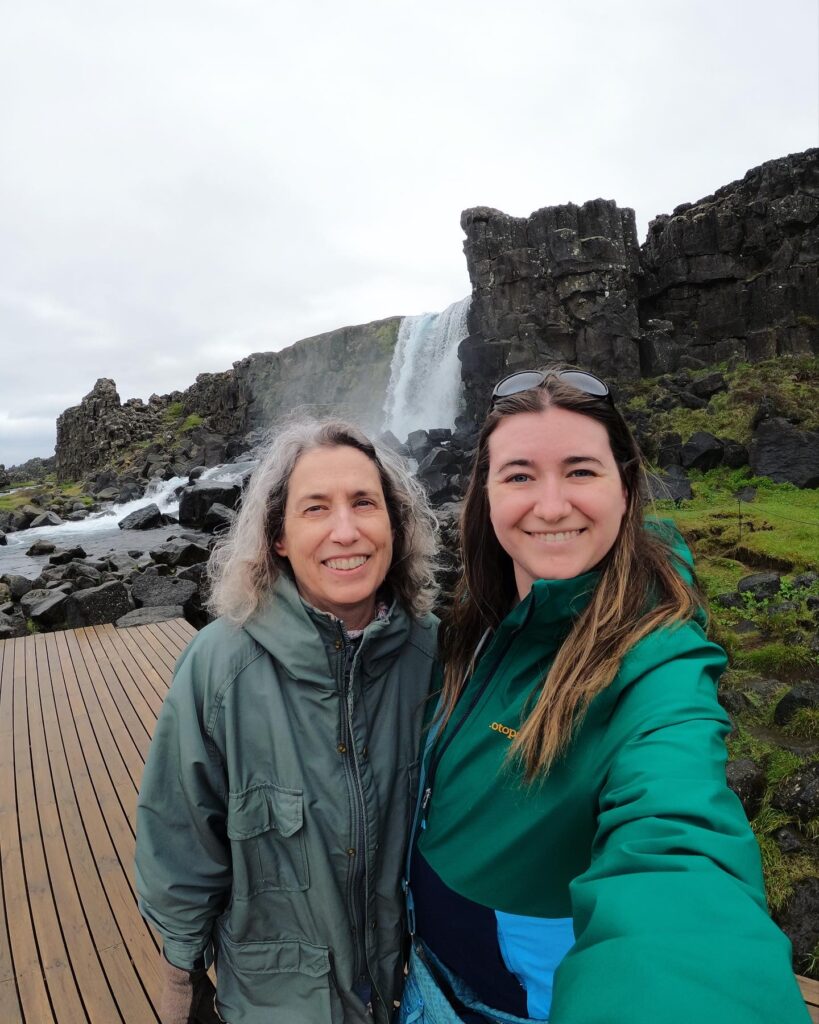
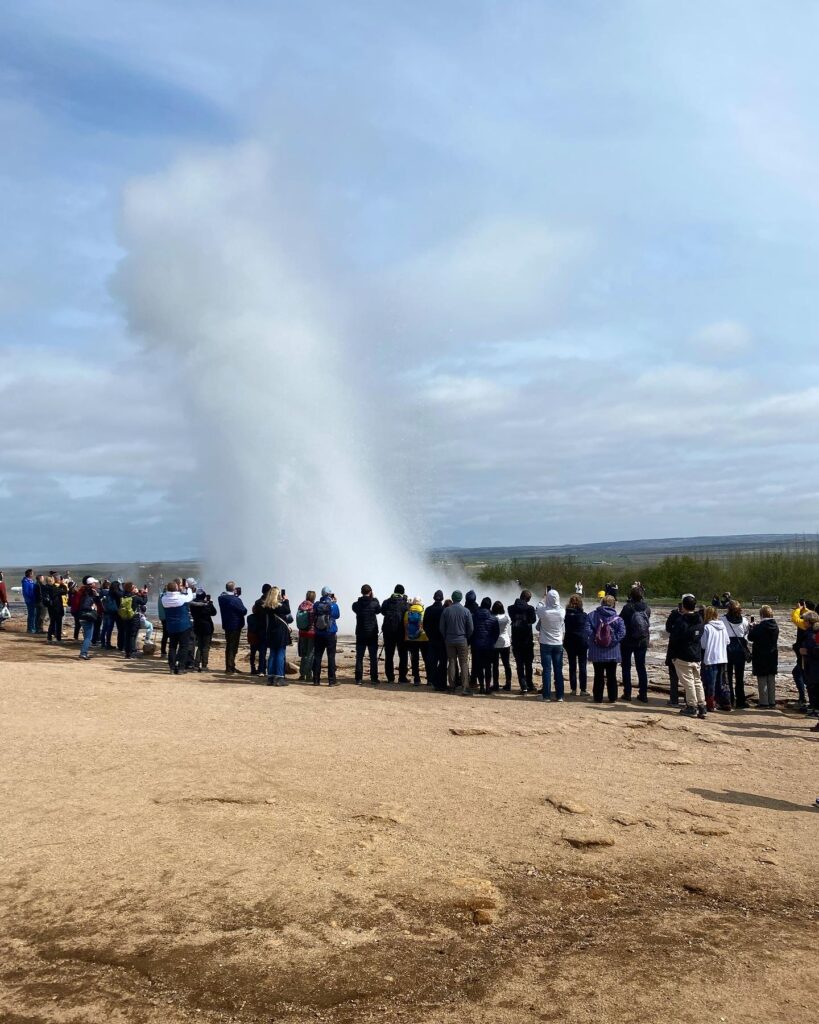
For the first day, we stayed based in Reykjavik and visited the sites of the Golden Circle! The three main ones, Gullfoss, Geysir, and Thingvellir National Park, can get pretty busy, but it really is a great intro to the country. I think everyone should go beyond those areas, but as a first day, it was a great start to the trip! It also didn’t take us the whole day so we had a little time to walk around Reykjavik in the evening.
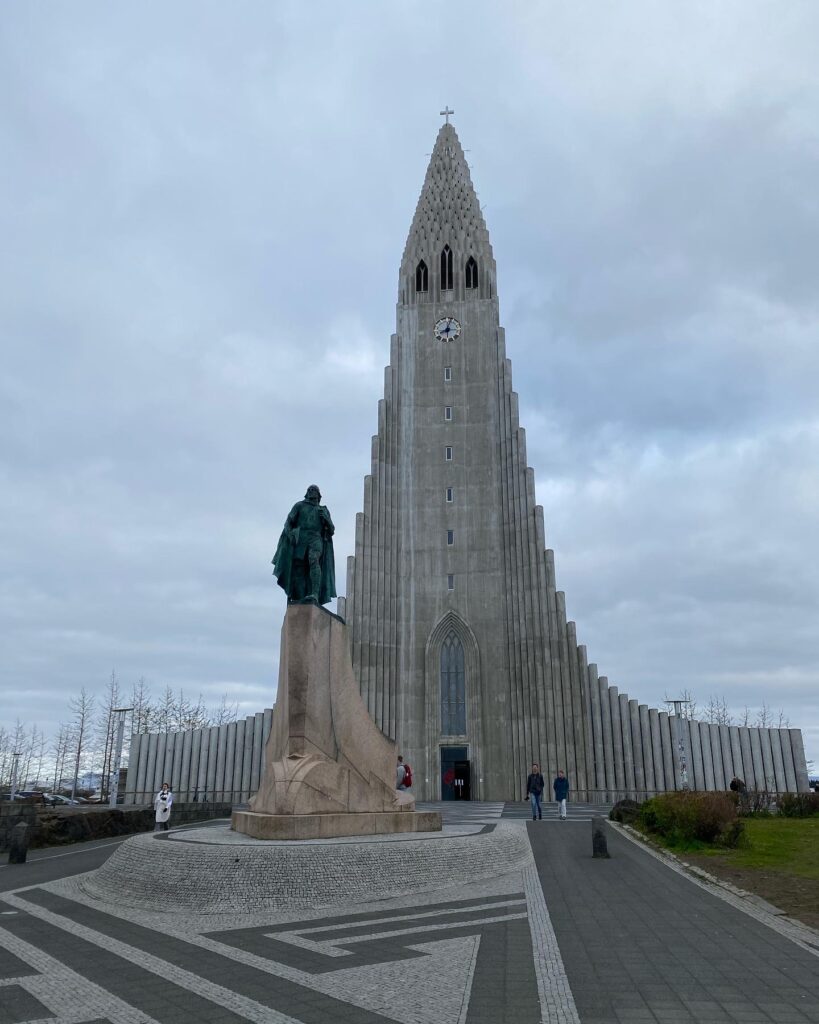
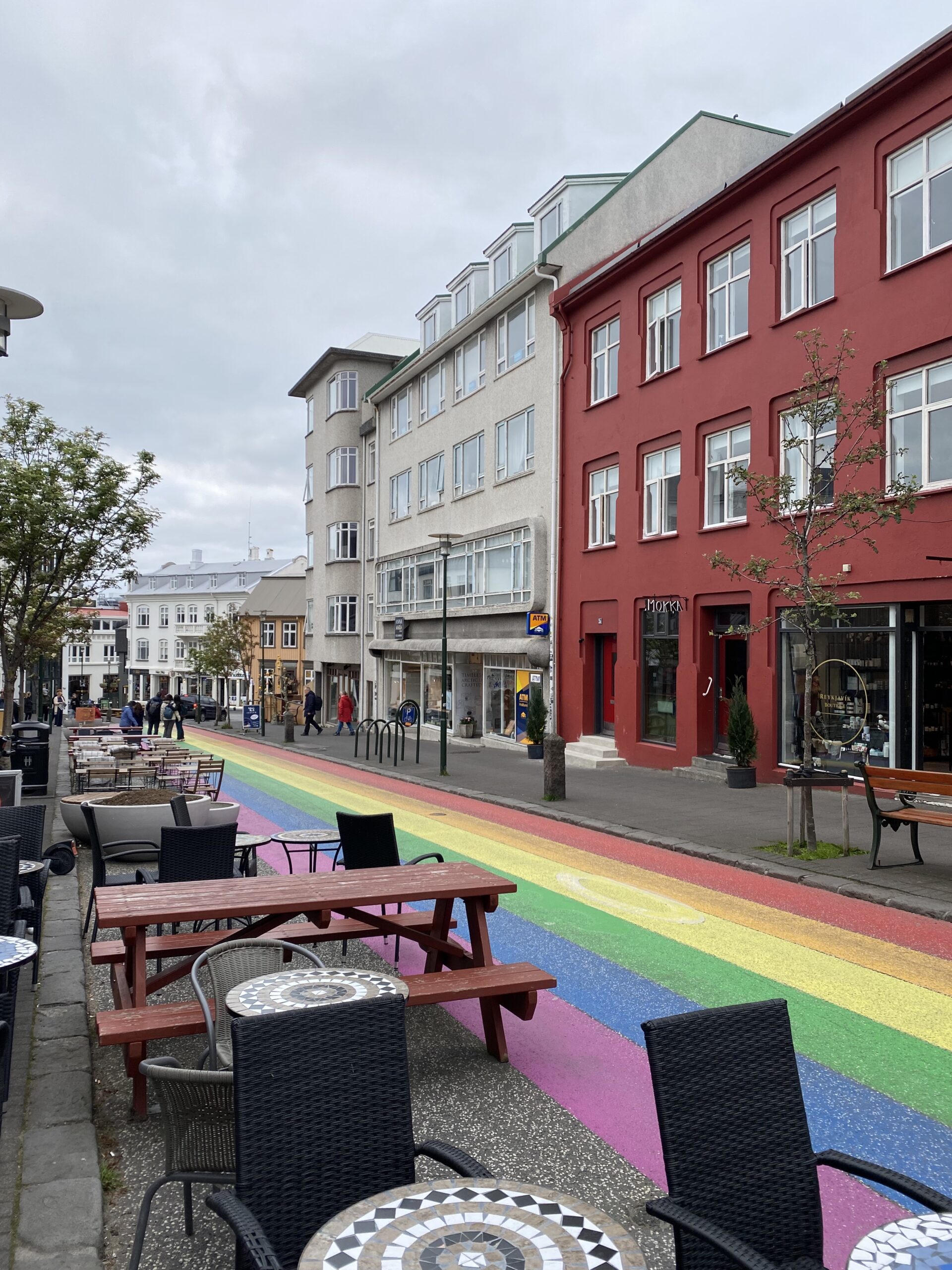
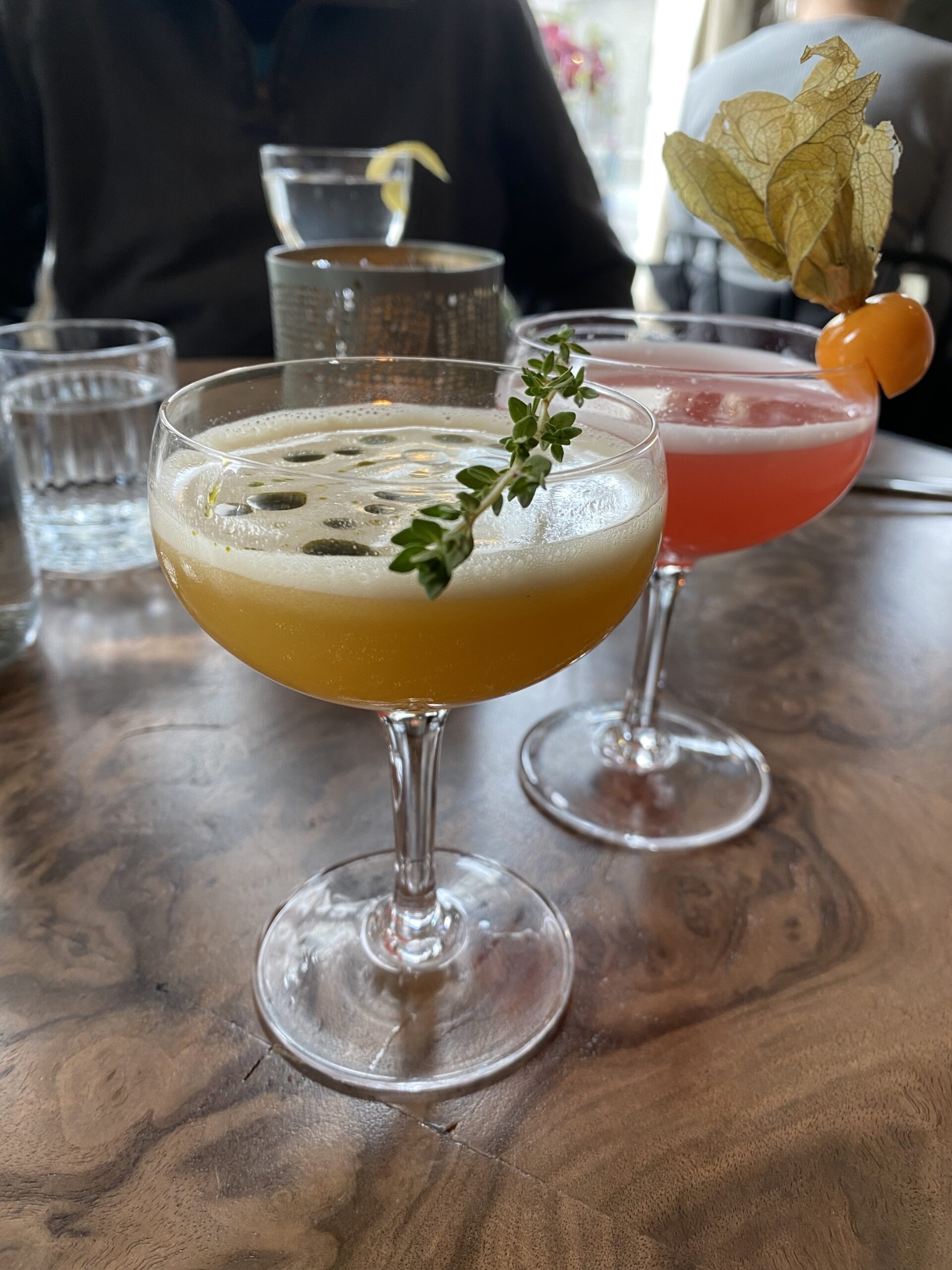
There were two main differences between the itinerary of this trip vs. my first one to Iceland. This time, we were going clockwise around the island, opposite of my first trip. And second, we were adding on the Westfjords! They’re more remote, with roads that are a less accessible (read: somewhat harrowing, especially when it’s foggy out) and they aren’t many people who live there. For the first day, we stopped at the Hellulaug Hot Pots (cool, but very windy and it wasn’t super fun to change into a swimsuit in the parking lot), the Gardar BA 64 Shipwreck (one of the cooler things we saw, the scale of it was amazing!) and the Raudisandur Beach (beautiful landscape but maybe not worth the road it took to get there).
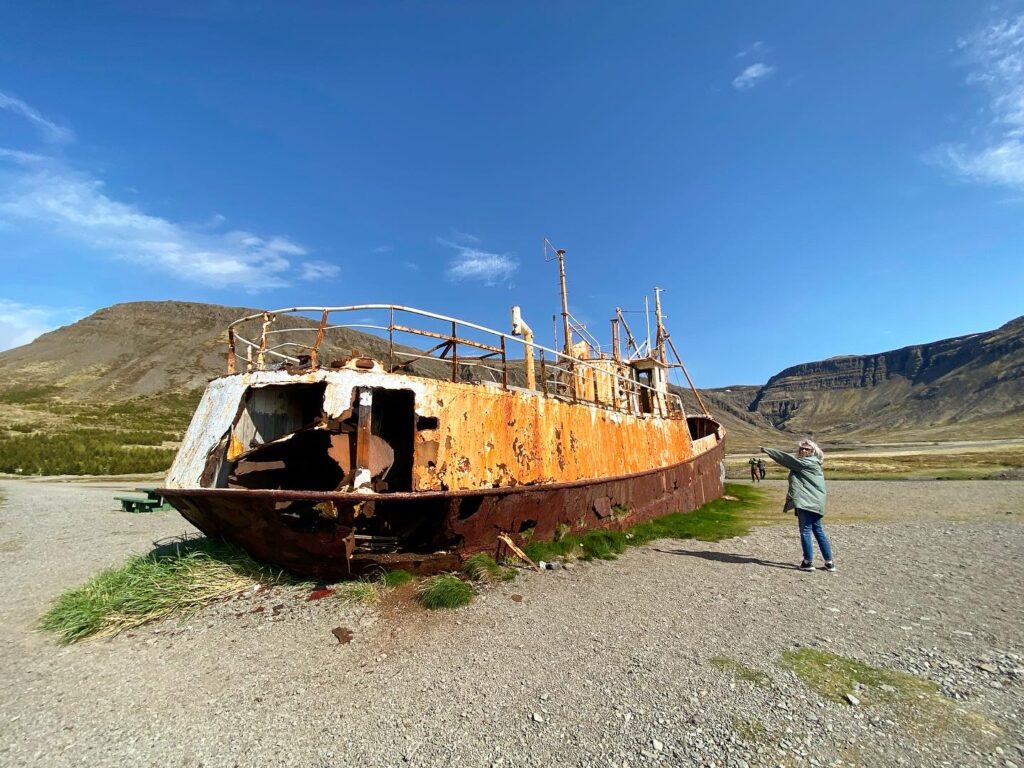
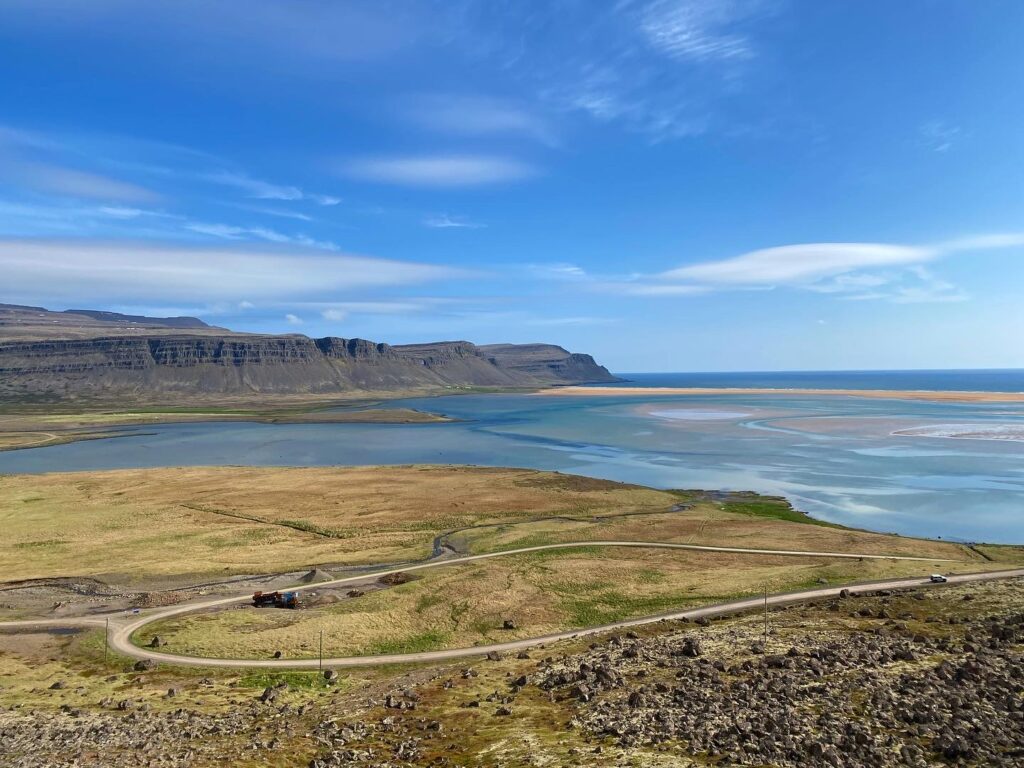
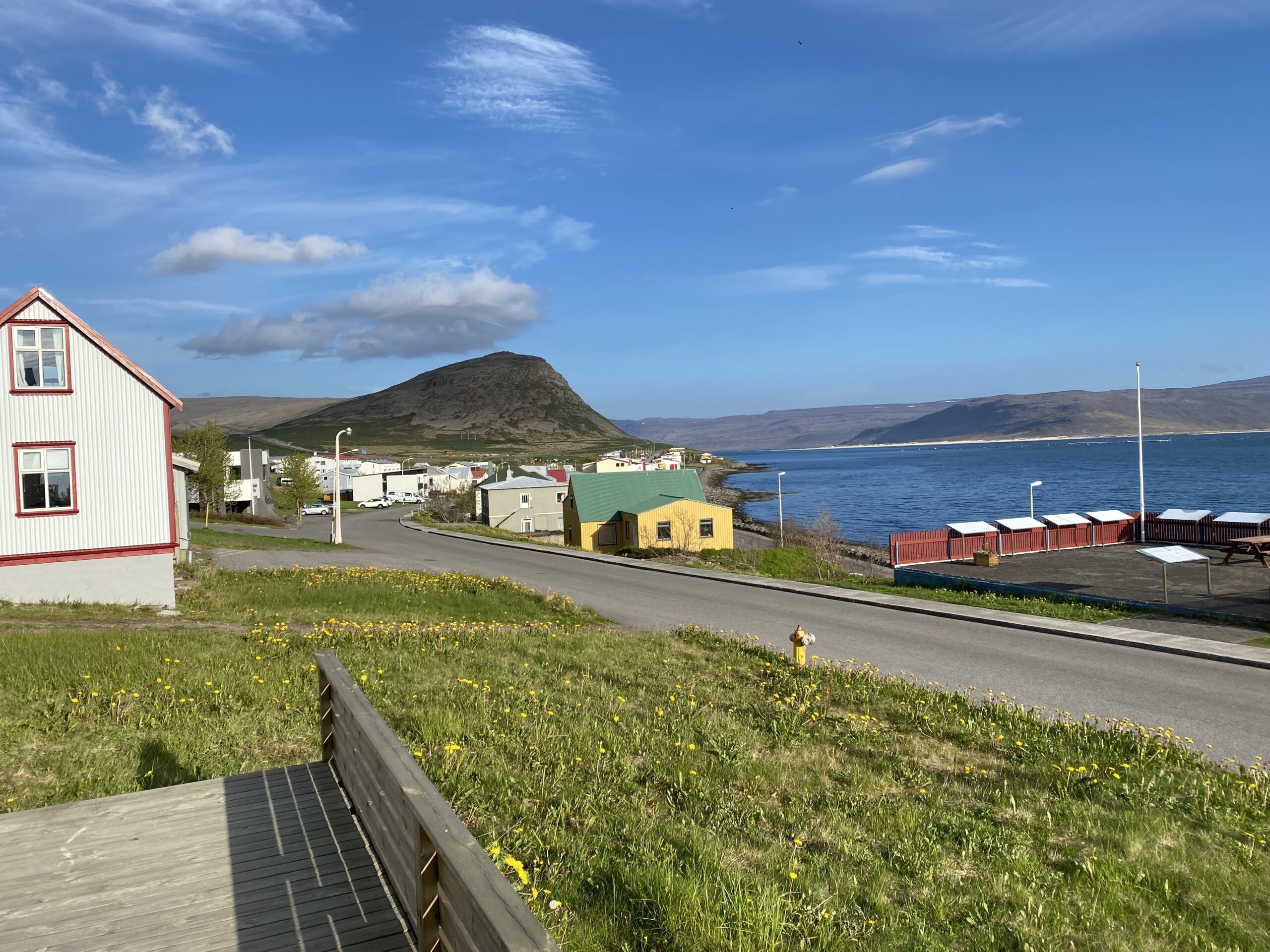
The second day had some incredible scenery! We started at the Latrabjarg Cliffs, which are allegedly one of the best places to see puffins. We did see a puffin, but literally one. I still think it was a worthwhile stop but as a more rugged version of the Cliffs of Moher, and there were lots of other seabirds for the people out there who are interested in birding. Our other stop was the Dynjandi Waterfall, which was gorgeous! One of my favorite stops on the trip – it was one of the more spectacular waterfalls that I’ve seen in Iceland, and because it’s so remote, it doesn’t feel nearly as busy with tourists. My mom and I climbed most of the way to the top.
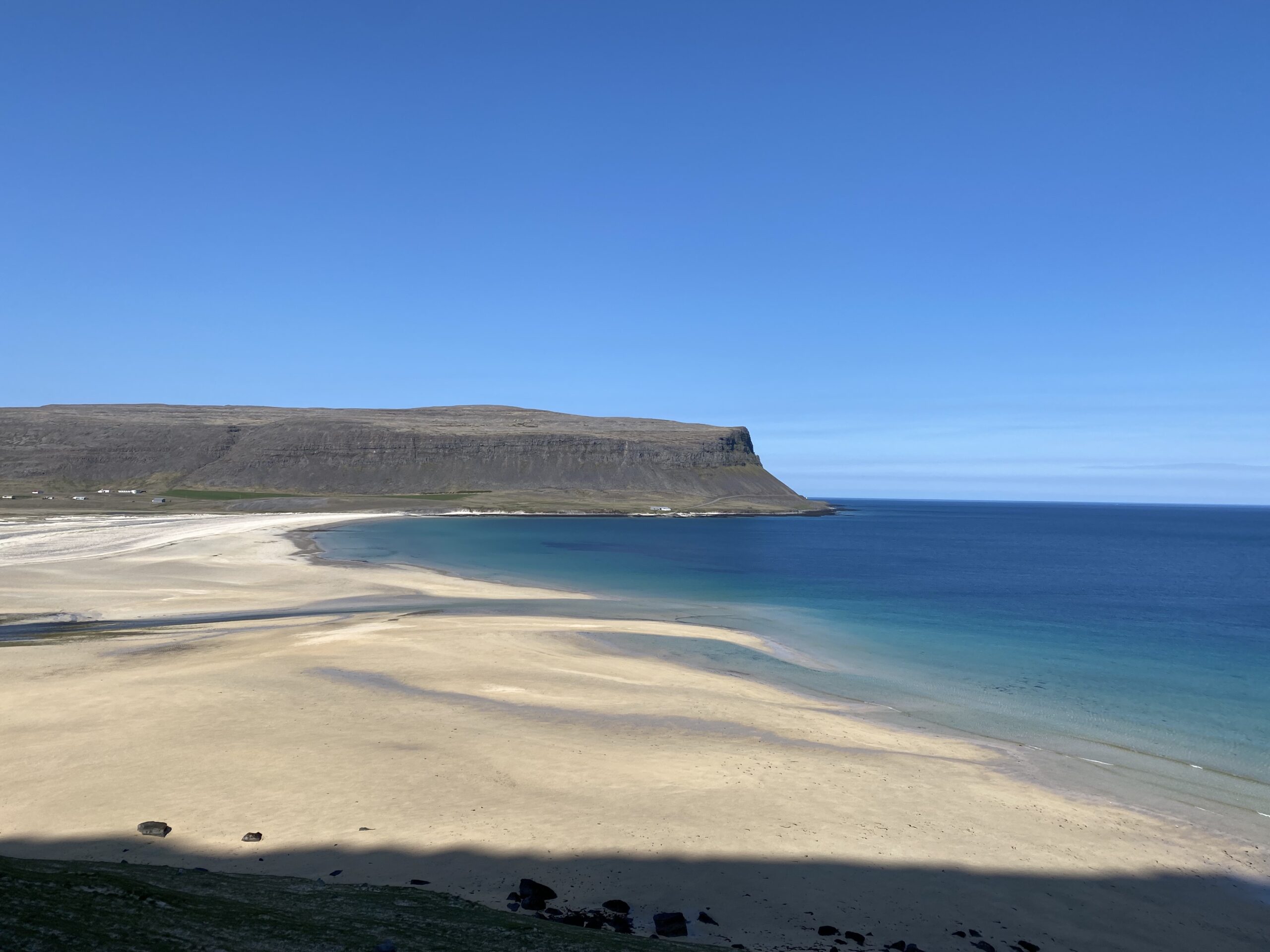
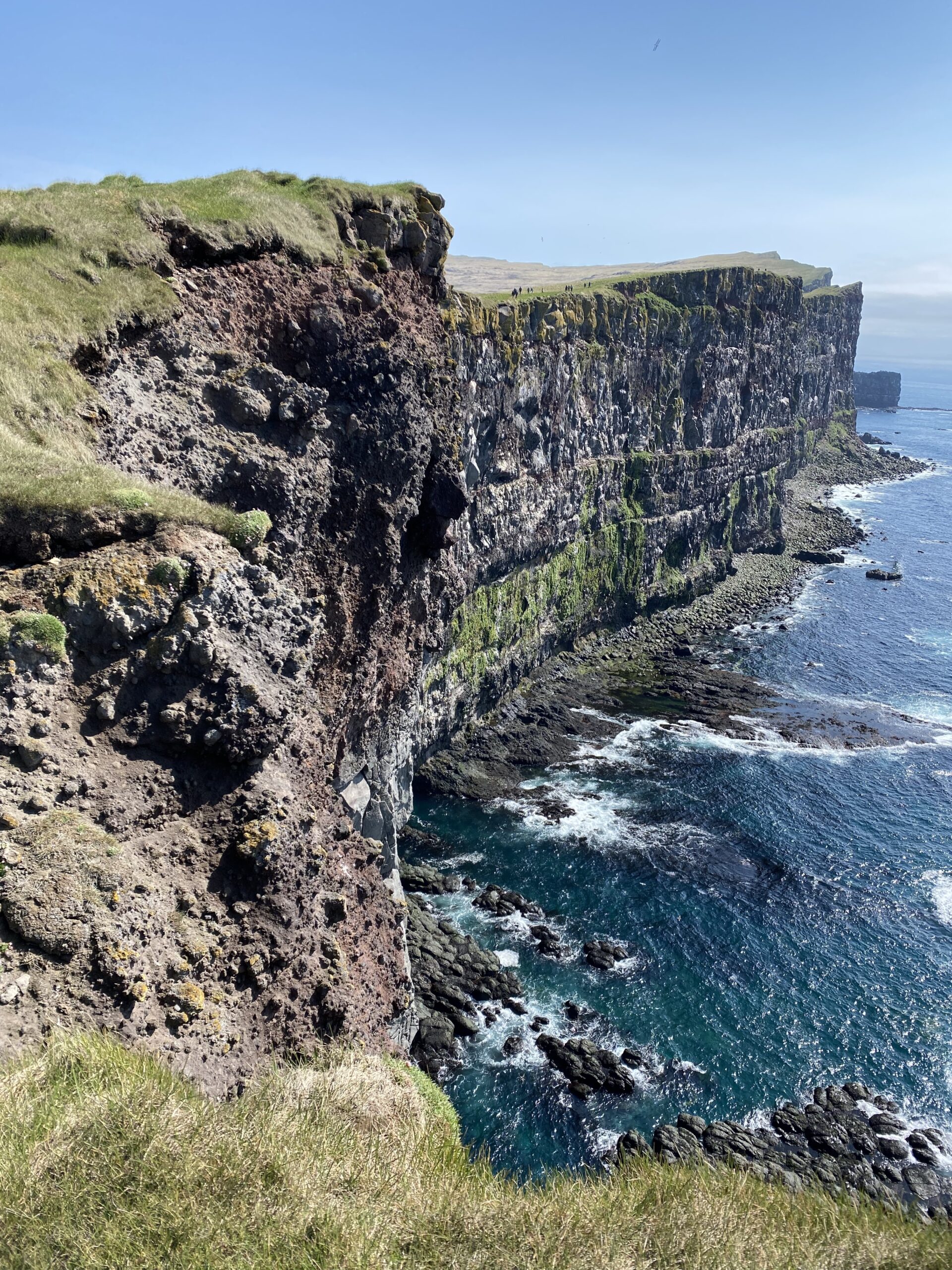
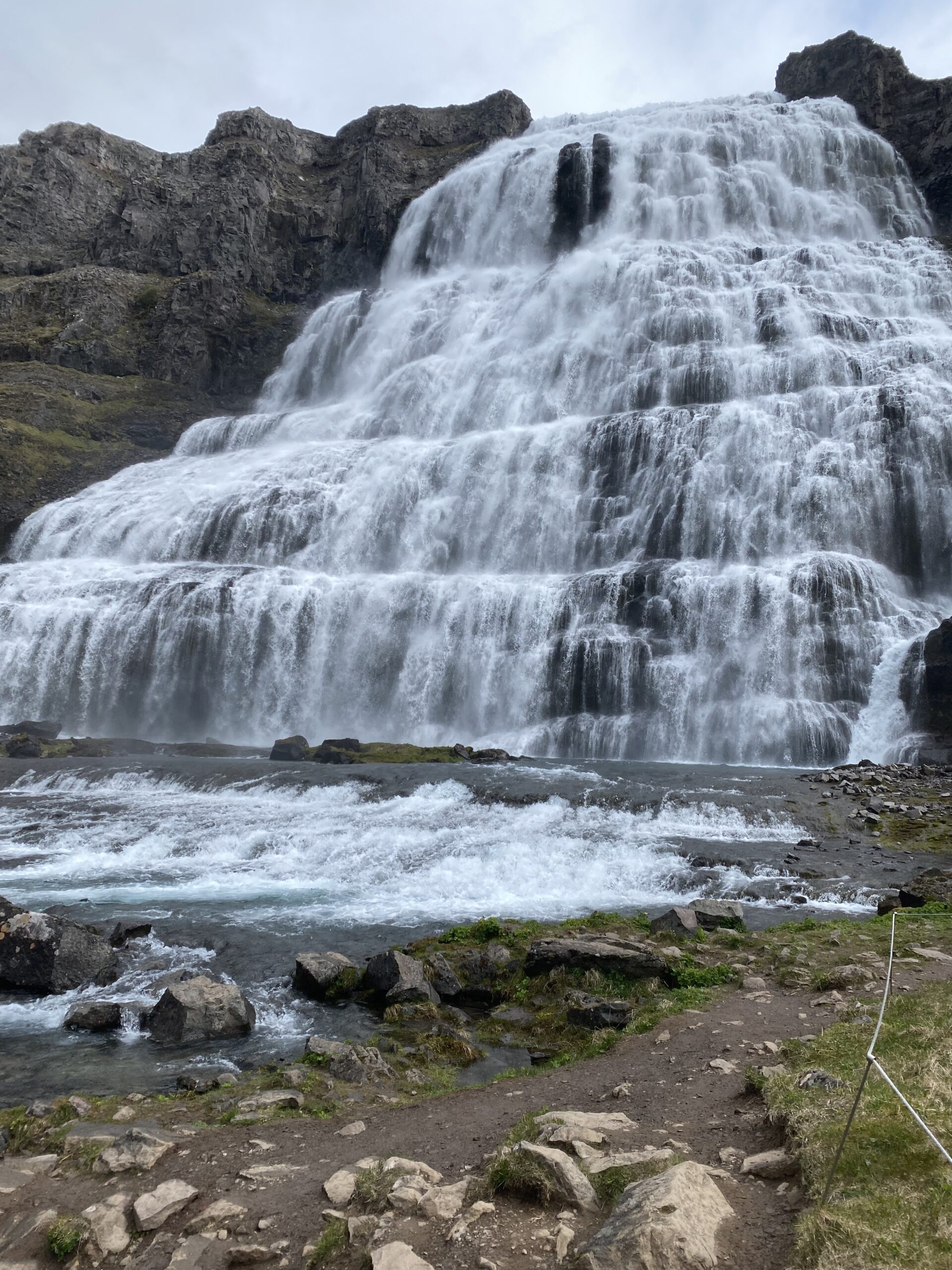
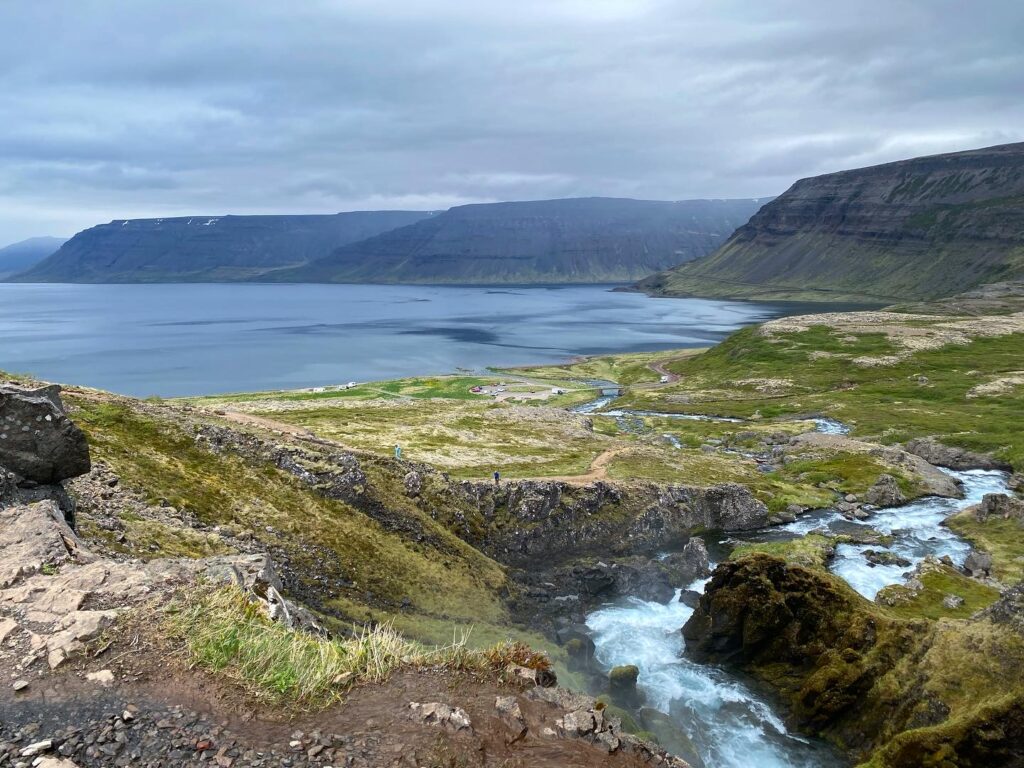
We had one more full day of driving to Akureyri, followed by a more chill day nearby at Lake Myvatn. There are a ton of things to do in and around this area, so we visited Godafoss, the lava fields, and some of the other geothermal areas. This is the area that reminds me most of Yellowstone. It was so warm while we were in Lake Myvatn that my mom ended up needing to buy a T-shirt! She had only packed sweaters and warmer clothes, which did come in handy on the south side of the island.
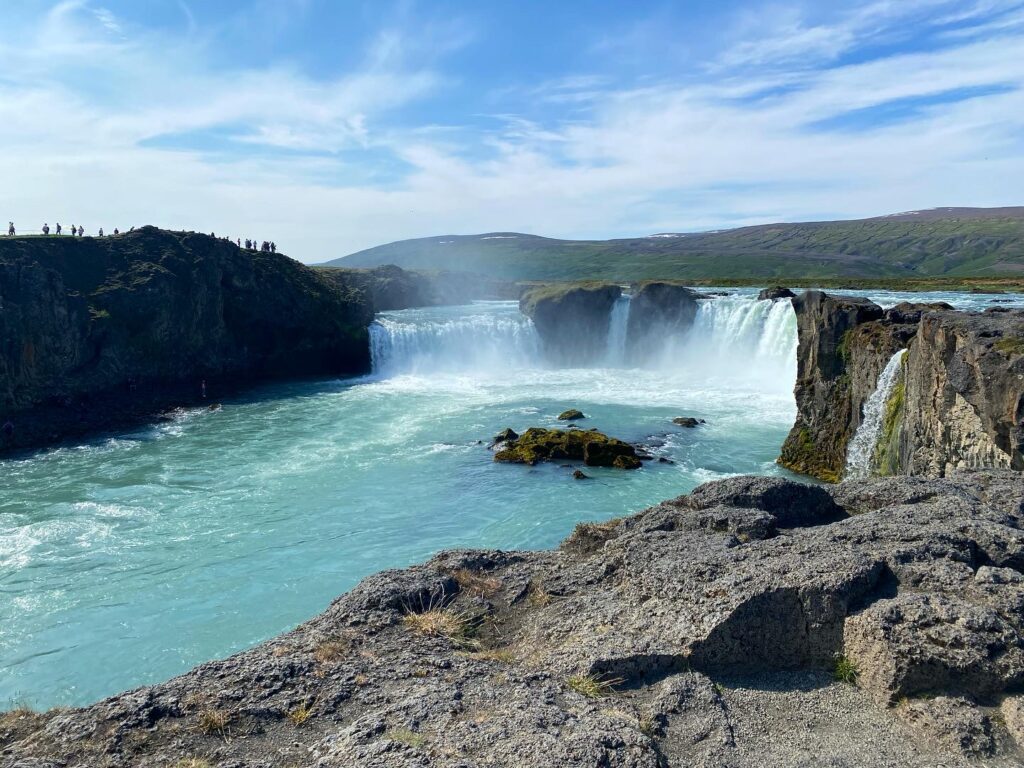
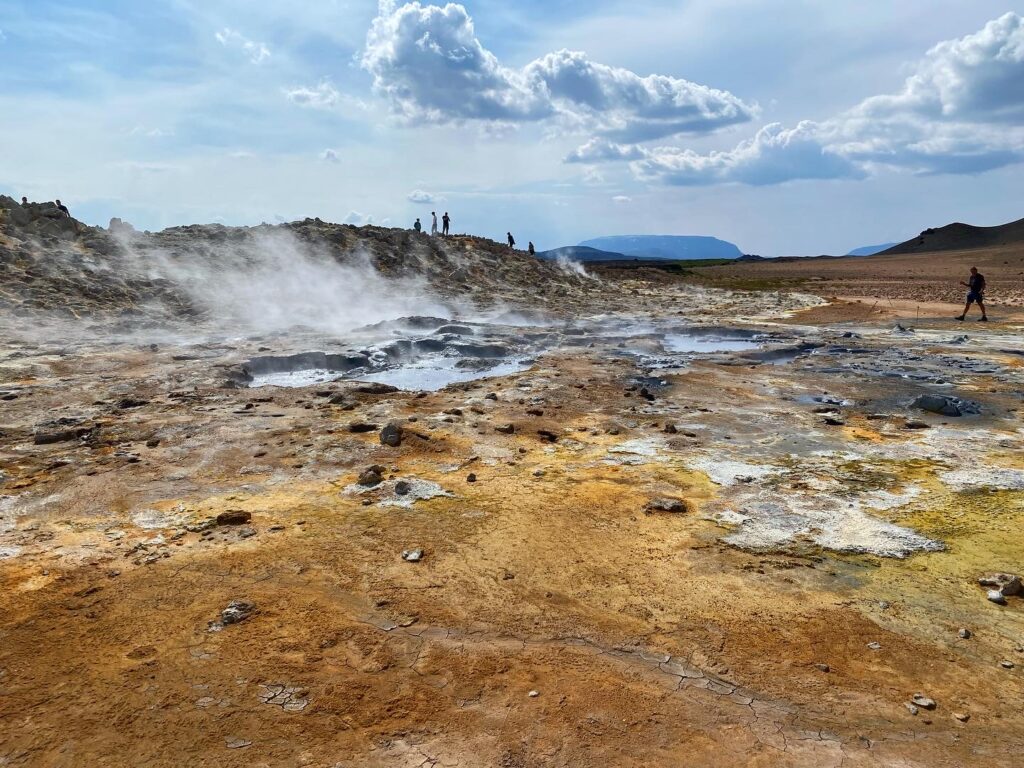
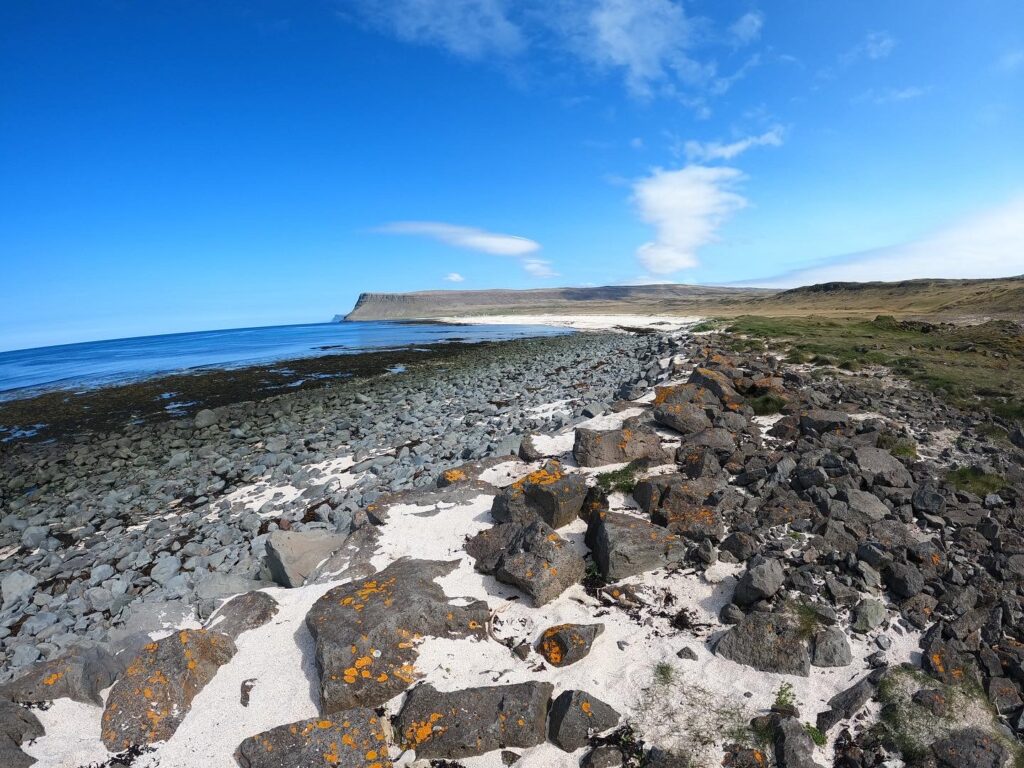
The next day started with a detour to Dettifoss, which is a great waterfall and definitely worth the drive out, but it was quickly overshadowed by Borgarfjordur Eystri! This is a famous puffin nesting area and it really delivered. We saw so many puffins and were able to get close to them without disturbing them. Puffins are one of my all time favorite animals, so it was such an amazing experience to just watch them in the wild.
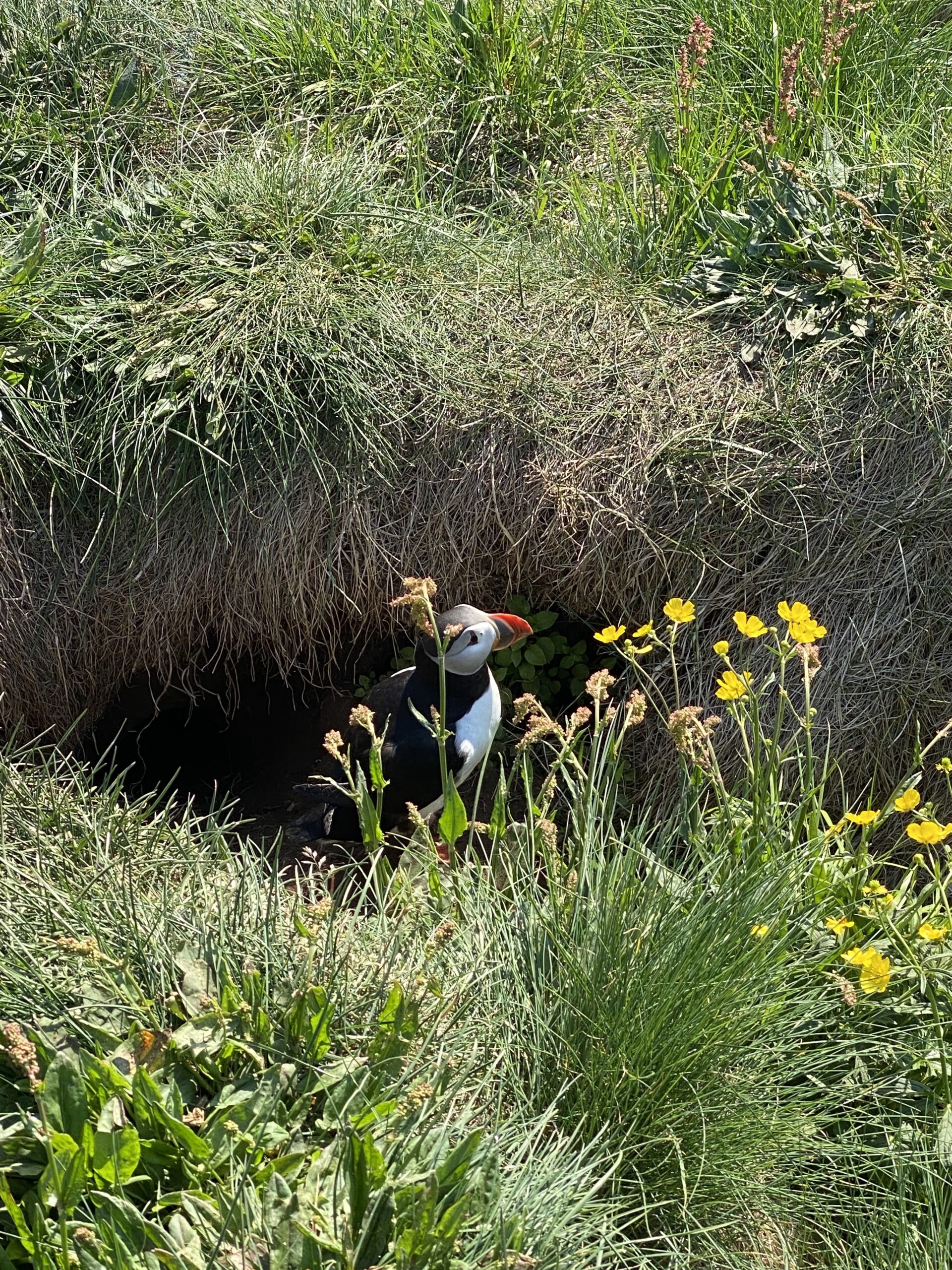
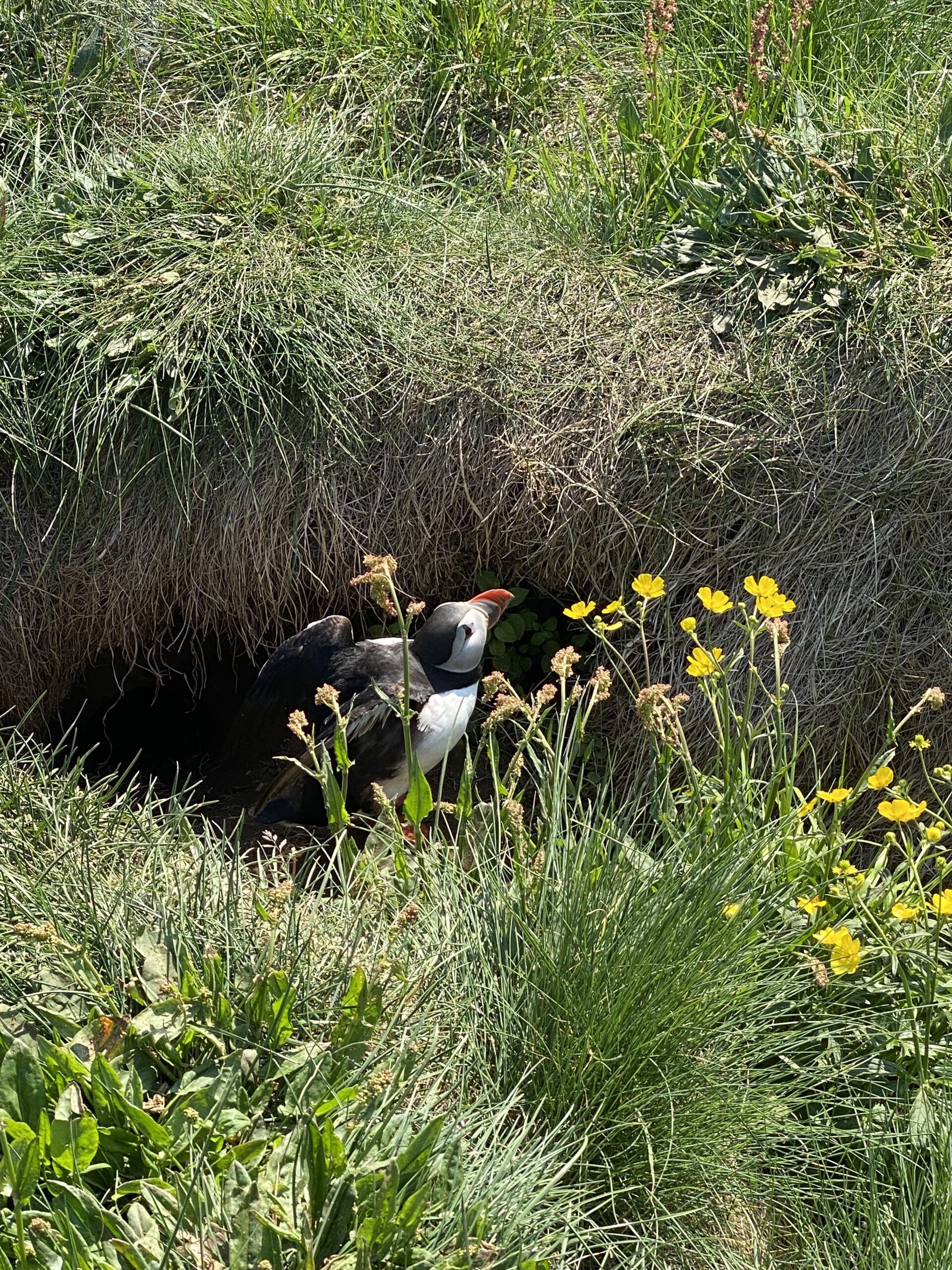
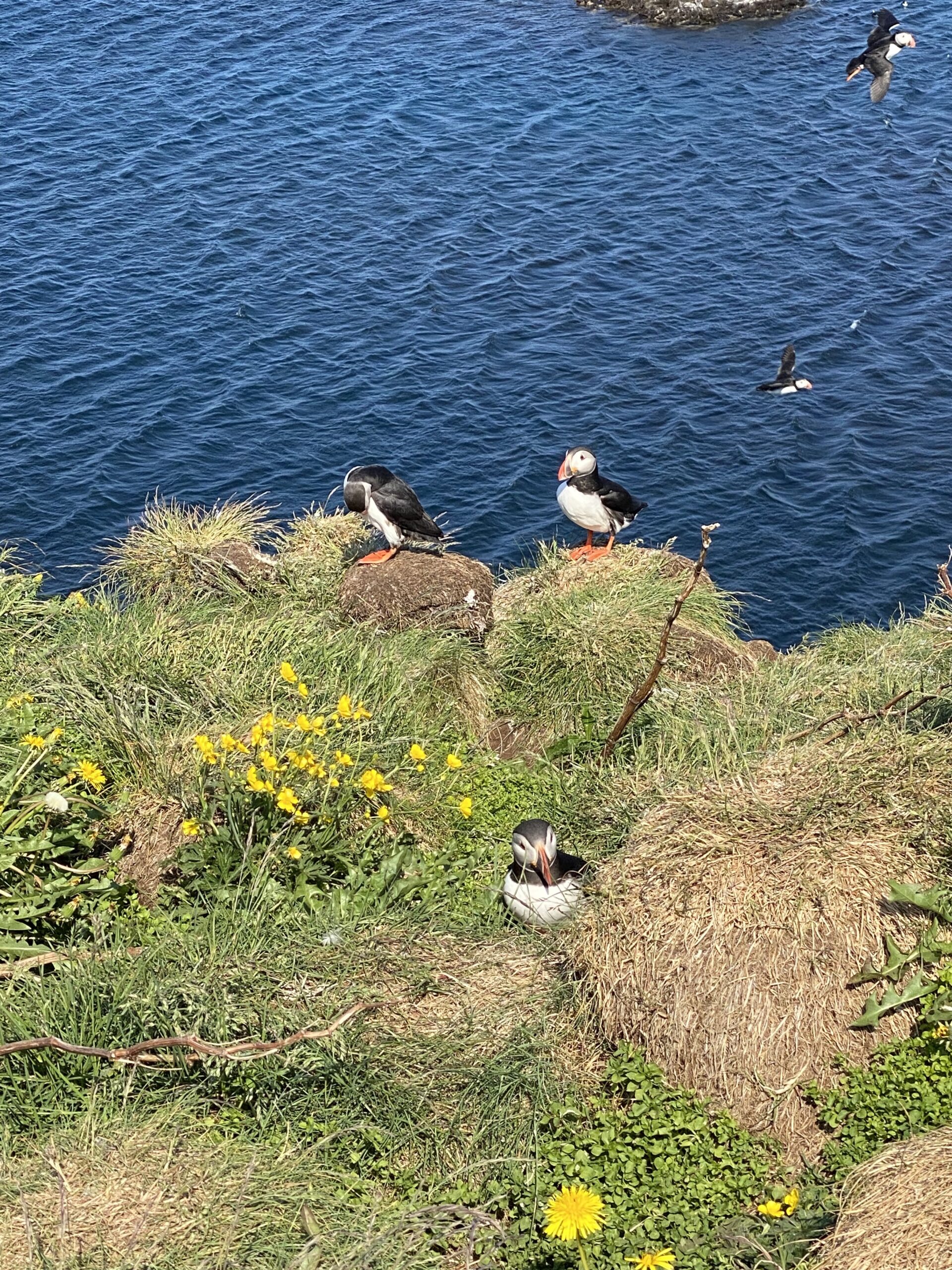
We had wound our way through most of the Eastern Fjords, and so our next day started at the Jökulsarlon Lagoon! The last time I was there, I had thought the boat tours looked fun, but Sam and I didn’t have time with the glacier tour and our busiest driving day of the trip to get to our Airbnb. So this time I insisted we sign up for a zodiac boat tour. When we showed up, they got us bundled into these warm jumpsuits, which are mostly to protect us if we fell in but were also great because it was quite chilly out on the water. The glacier lagoon was absolutely incredible and a true highlight of the trip. After floating past icebergs, we got to get so close to the actual glacier, and we even saw a seal! On the drive from the lagoon to Vik, we also saw an arctic fox, so it was a great day for animal spotting.
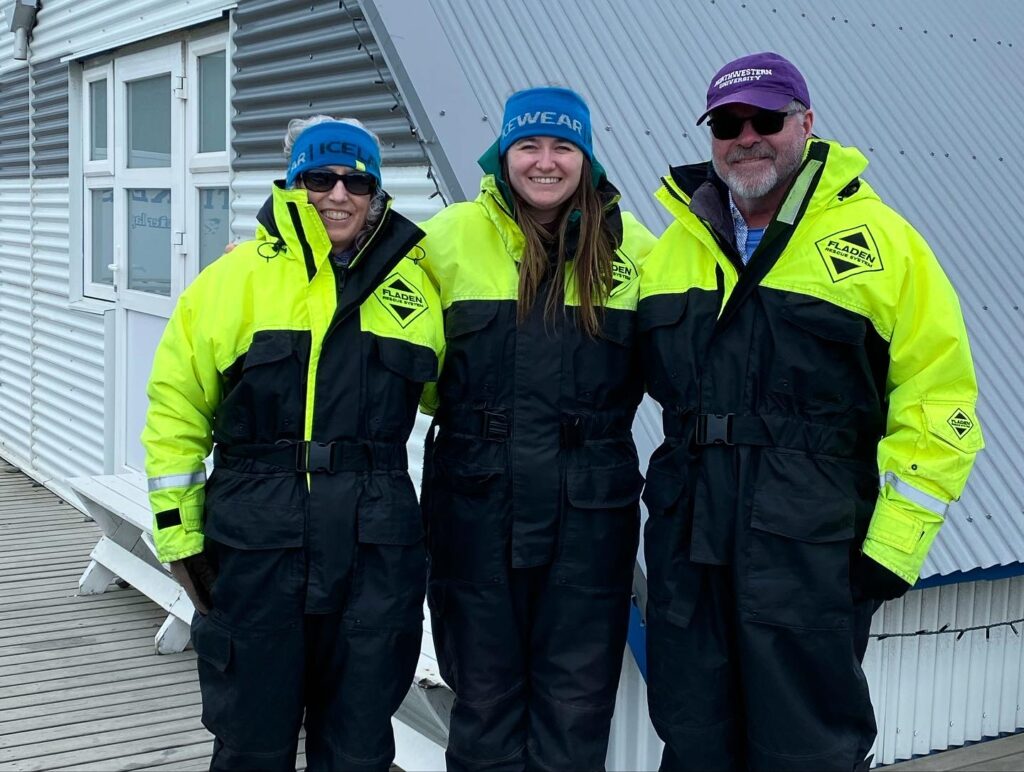
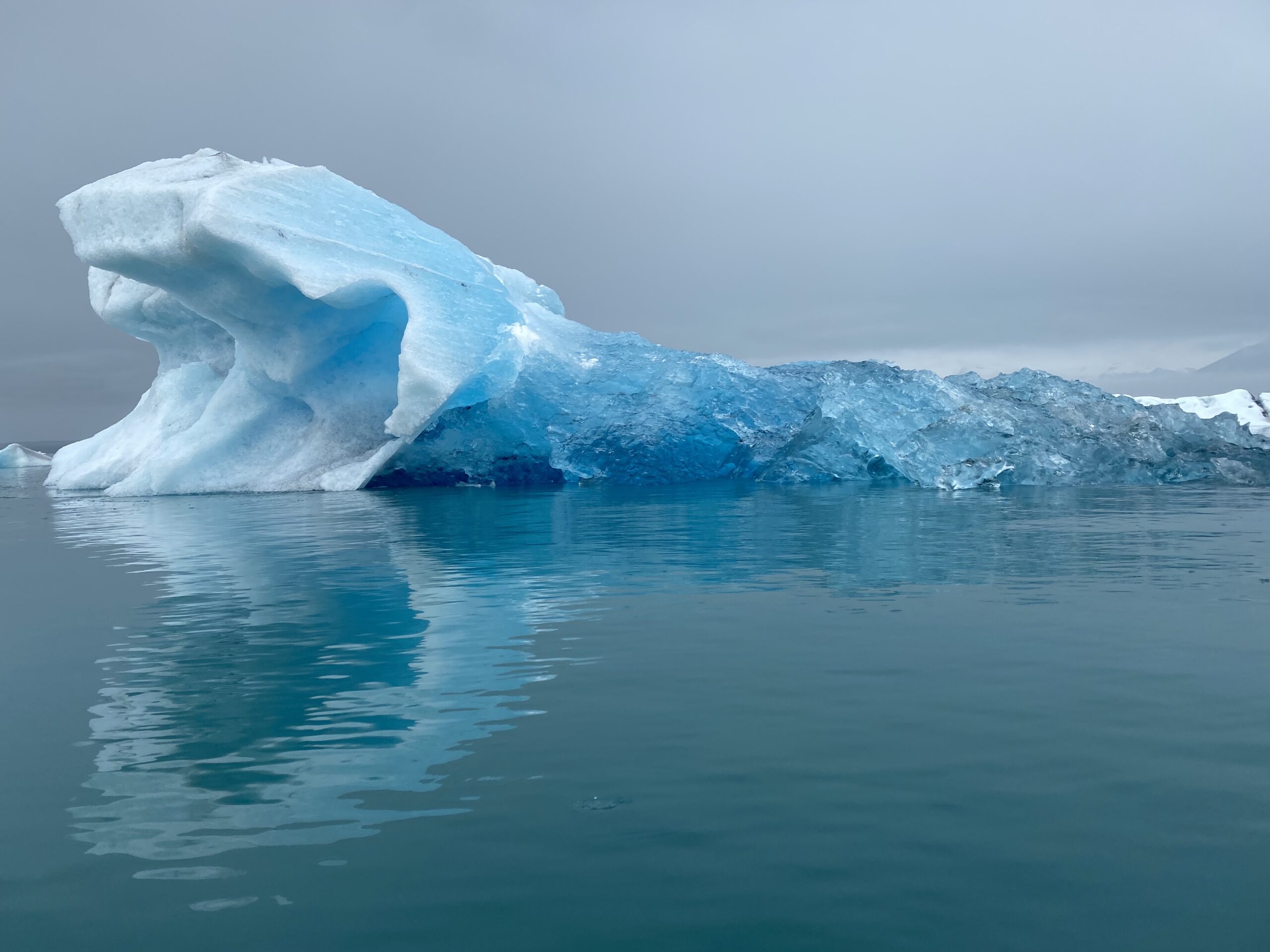
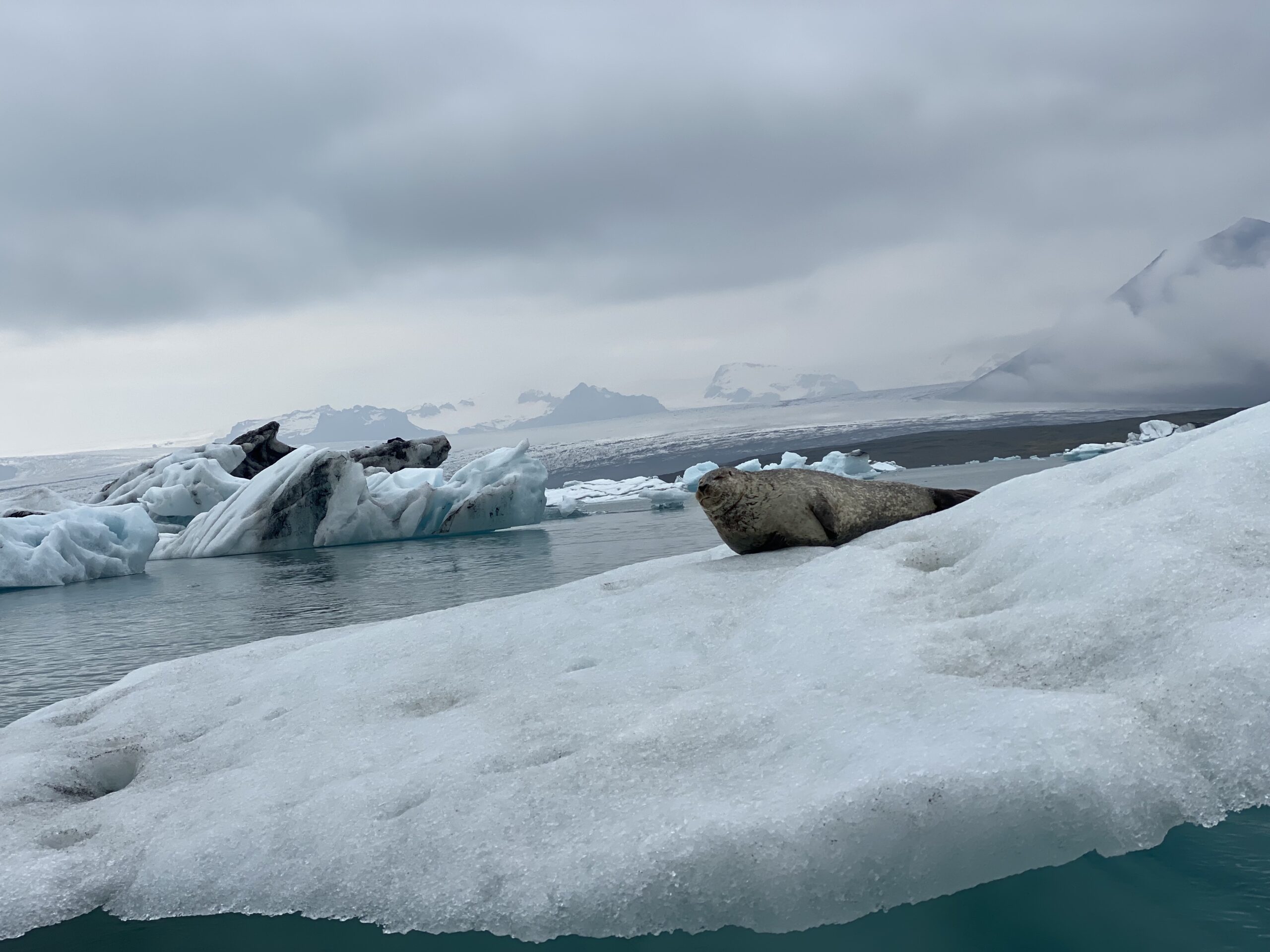
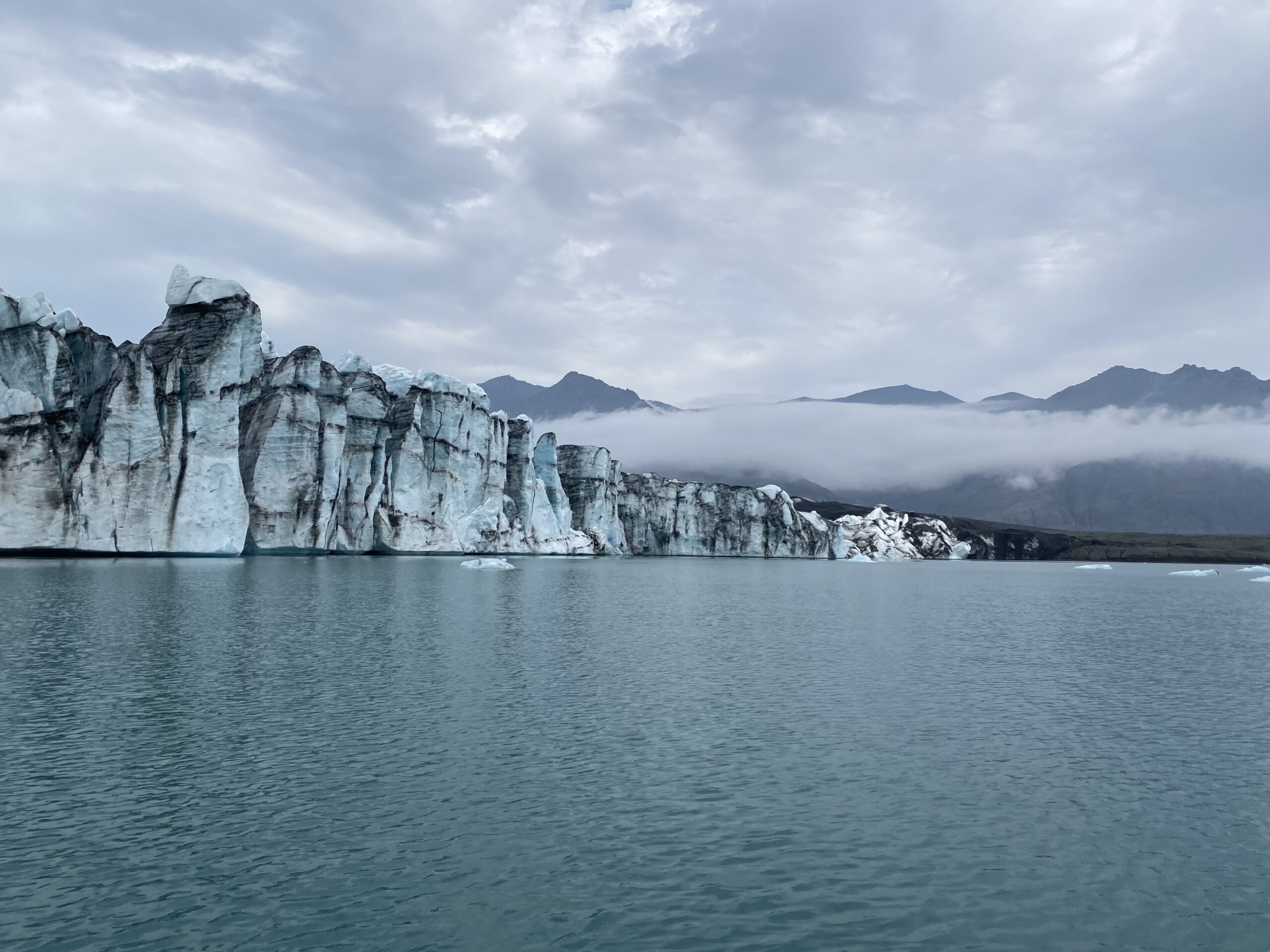
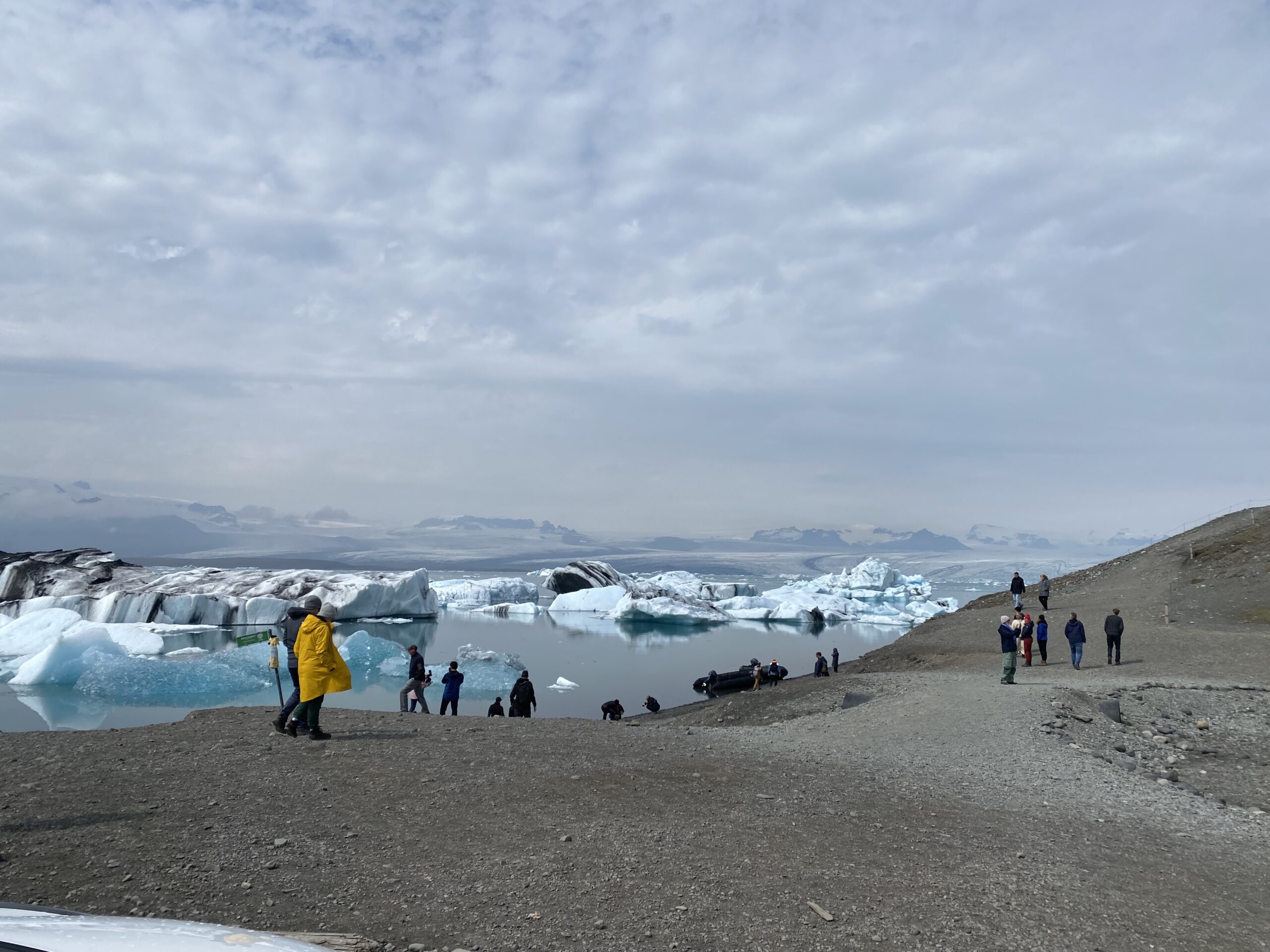
From Vik, we didn’t go back to Reykjavik. It’s weirdly far from the airport, so instead I found us an Airbnb in Keflavik. On the way, we stopped at Seljalandsfoss, which is one of my favorite waterfalls in Iceland! I think it’s so amazing to be able to walk behind it. We did see some people getting very close to the edge of the water in a typical bold tourist move.
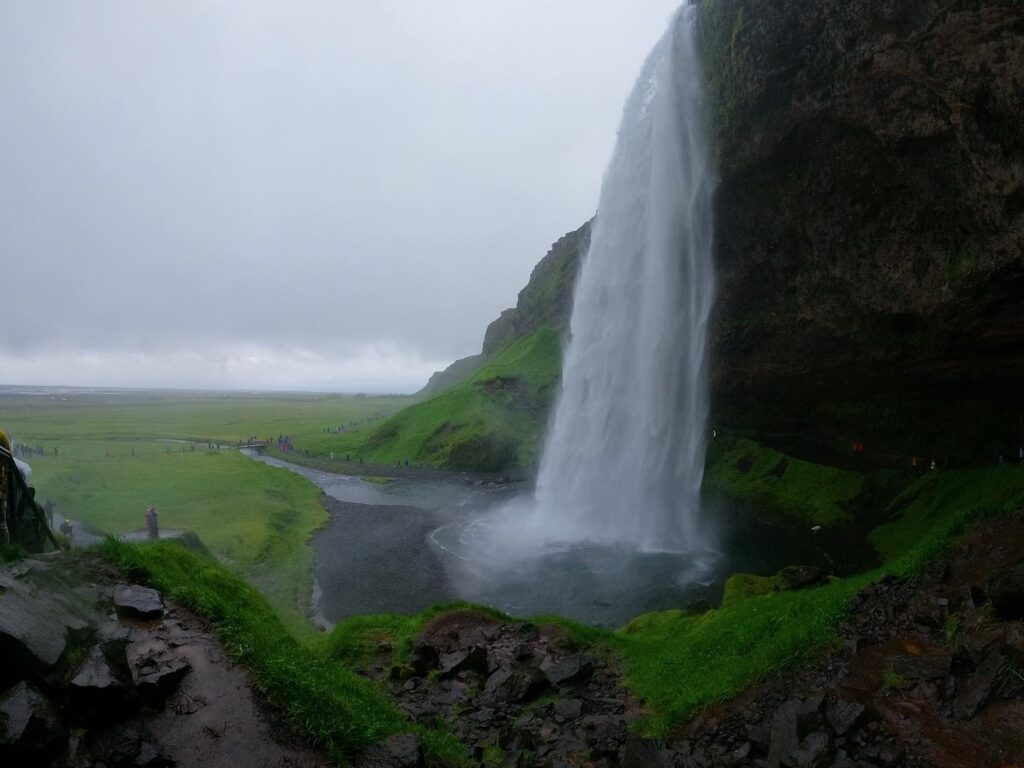
Our last stop was the Blue Lagoon! I hadn’t gone with Sam, as he wasn’t interested, but I knew I wanted to go. This was one of those where I was worried it would be too touristy. And don’t get me wrong, there were a ton of people while we were there. But somehow, it didn’t feel too crowded, and it was so relaxing. Such a good way to end the trip!
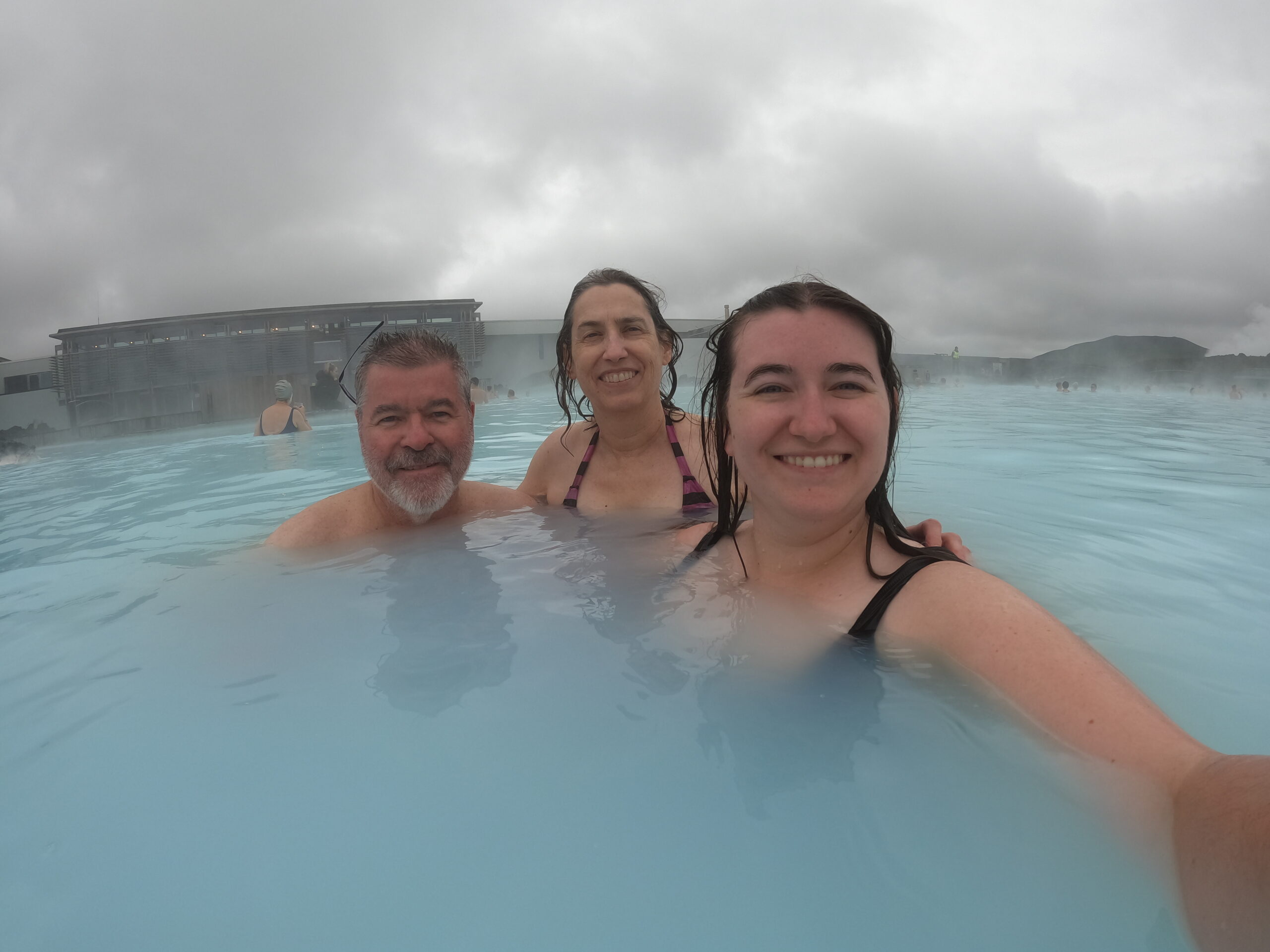
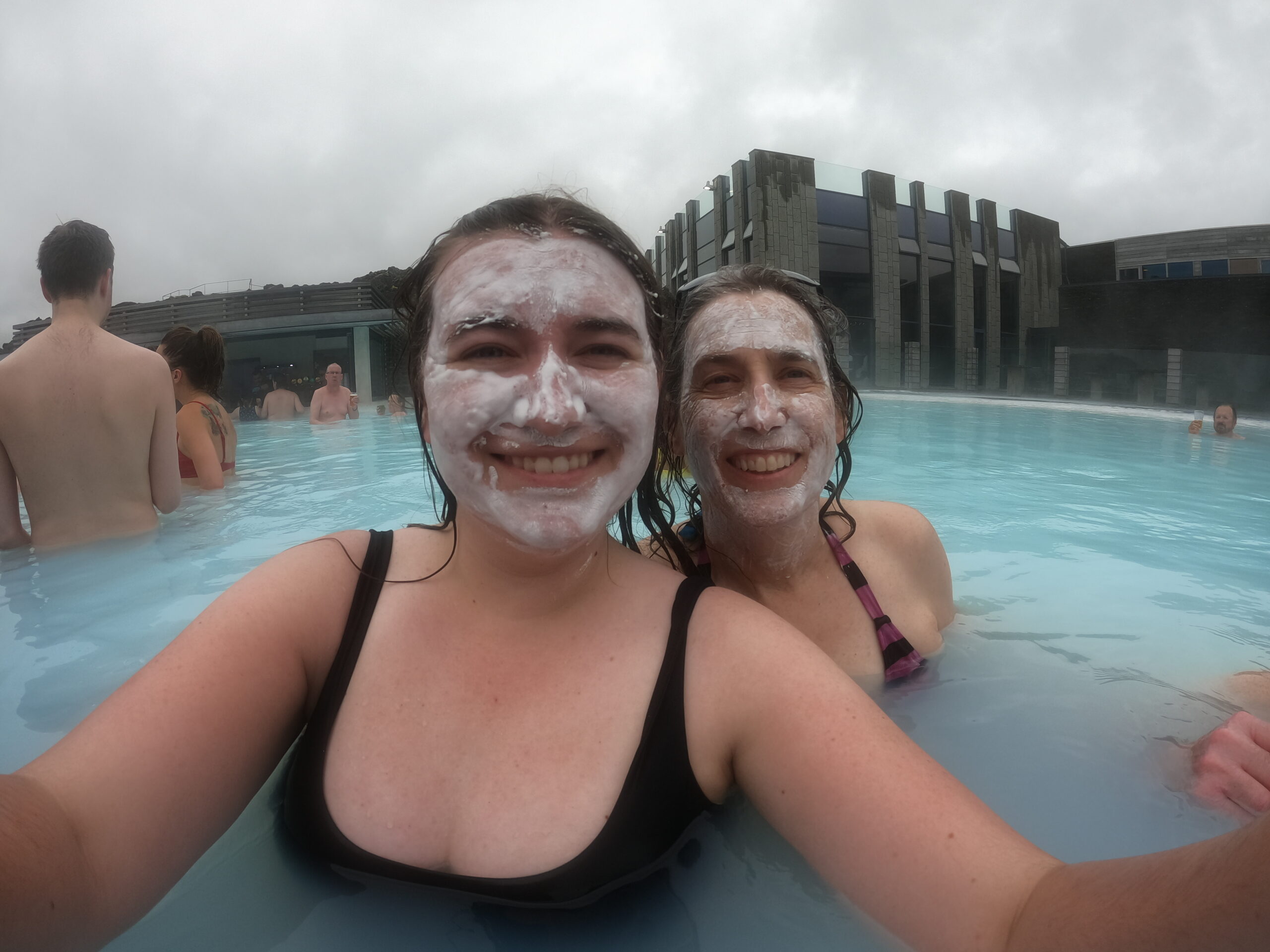
Overall, my second time in Iceland was incredible. It’s one of my favorite places I’ve ever traveled, and I would recommend it to anyone! After doing both directions of the Ring Road, I think I liked the pacing of the clockwise version slightly better, but both of those are amazing ways to do the trip and there’s no shortage of natural beauty and cool landscapes across Iceland.
